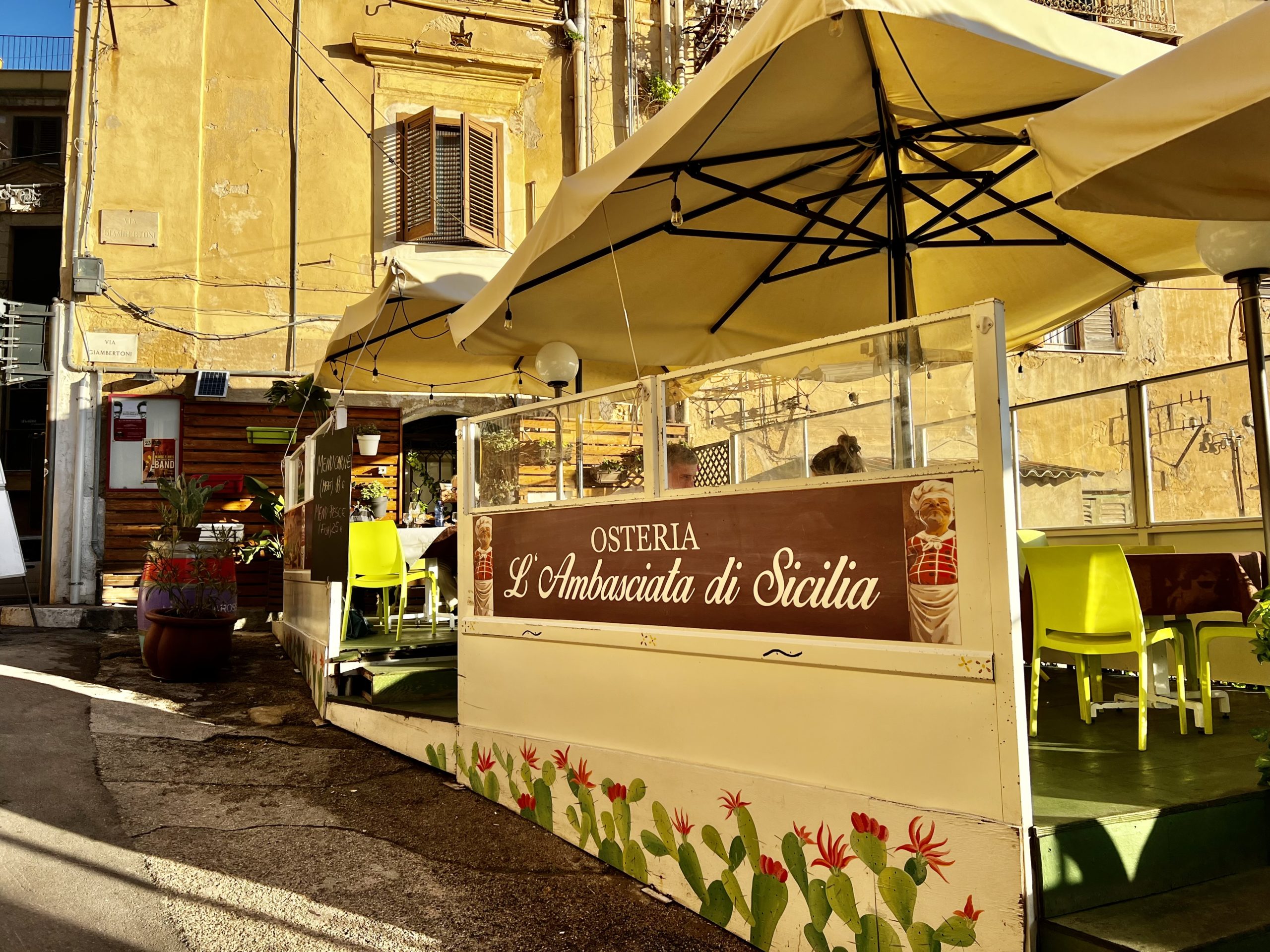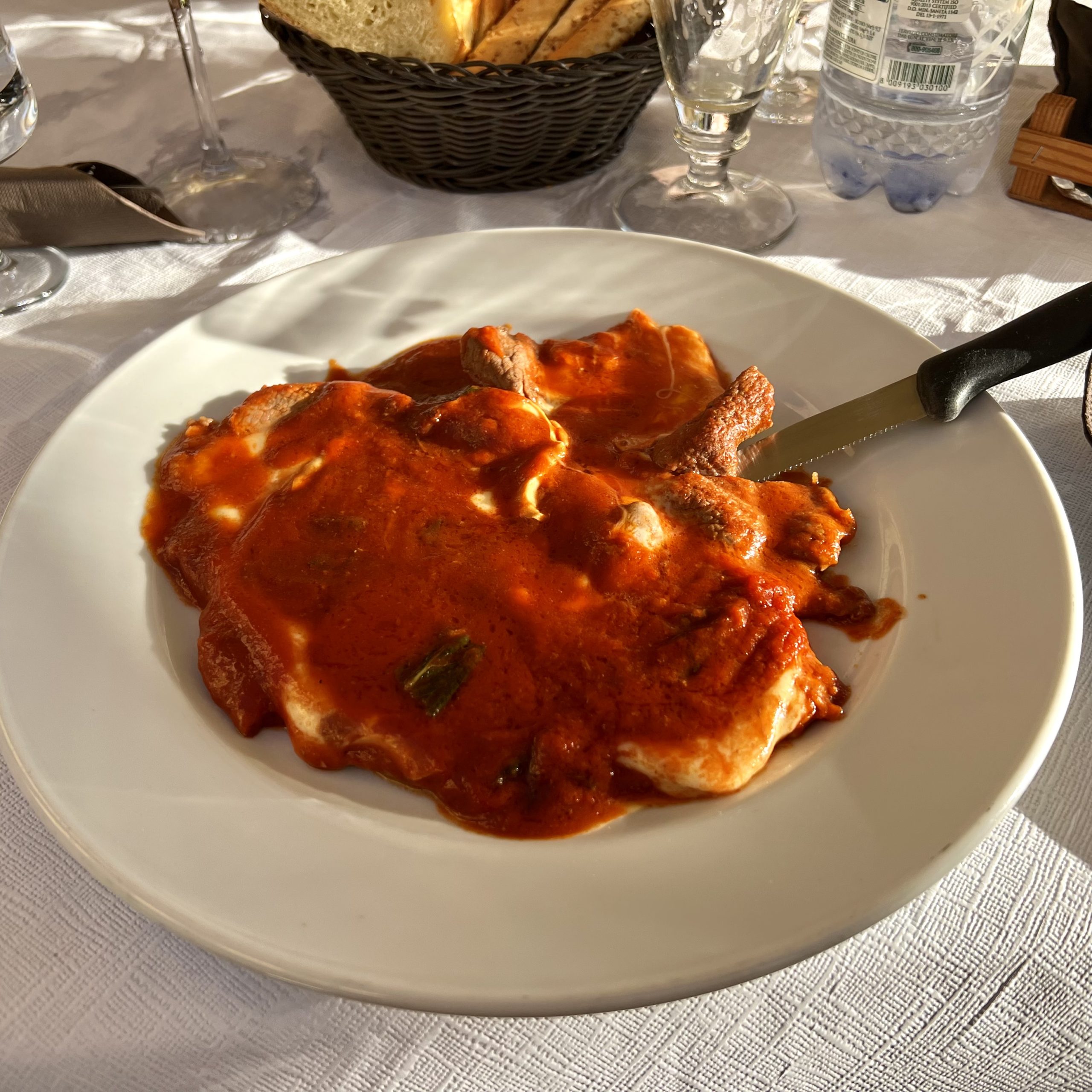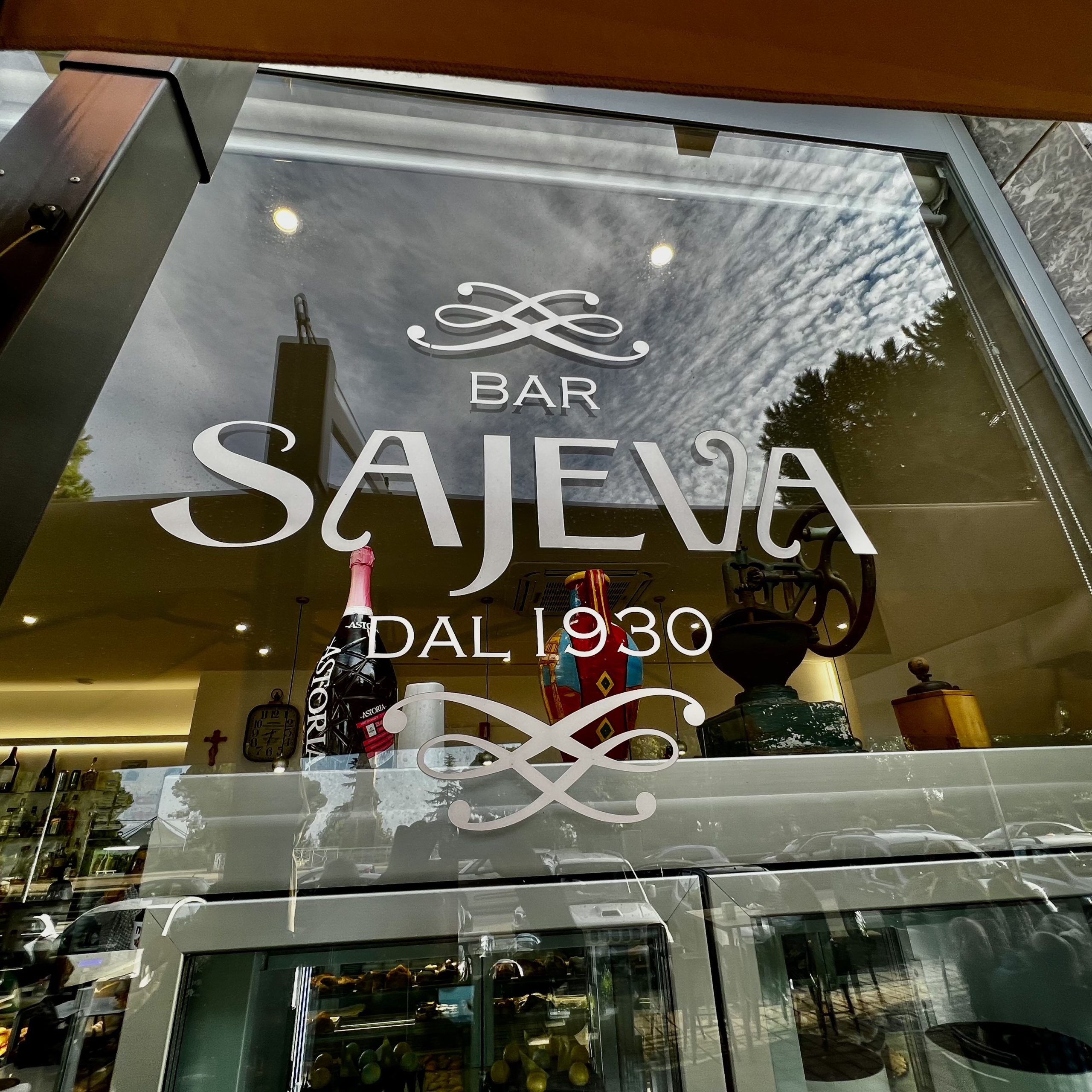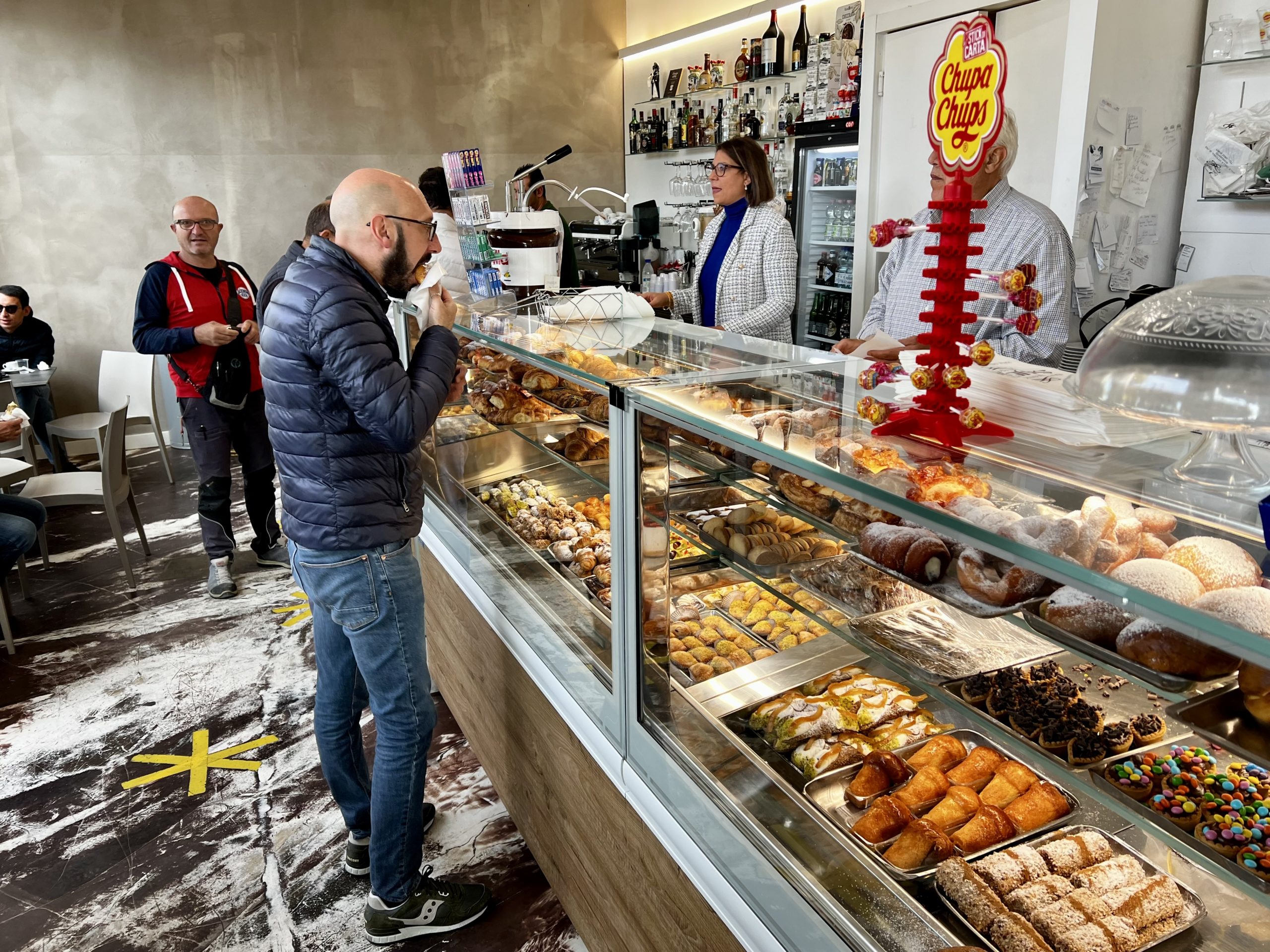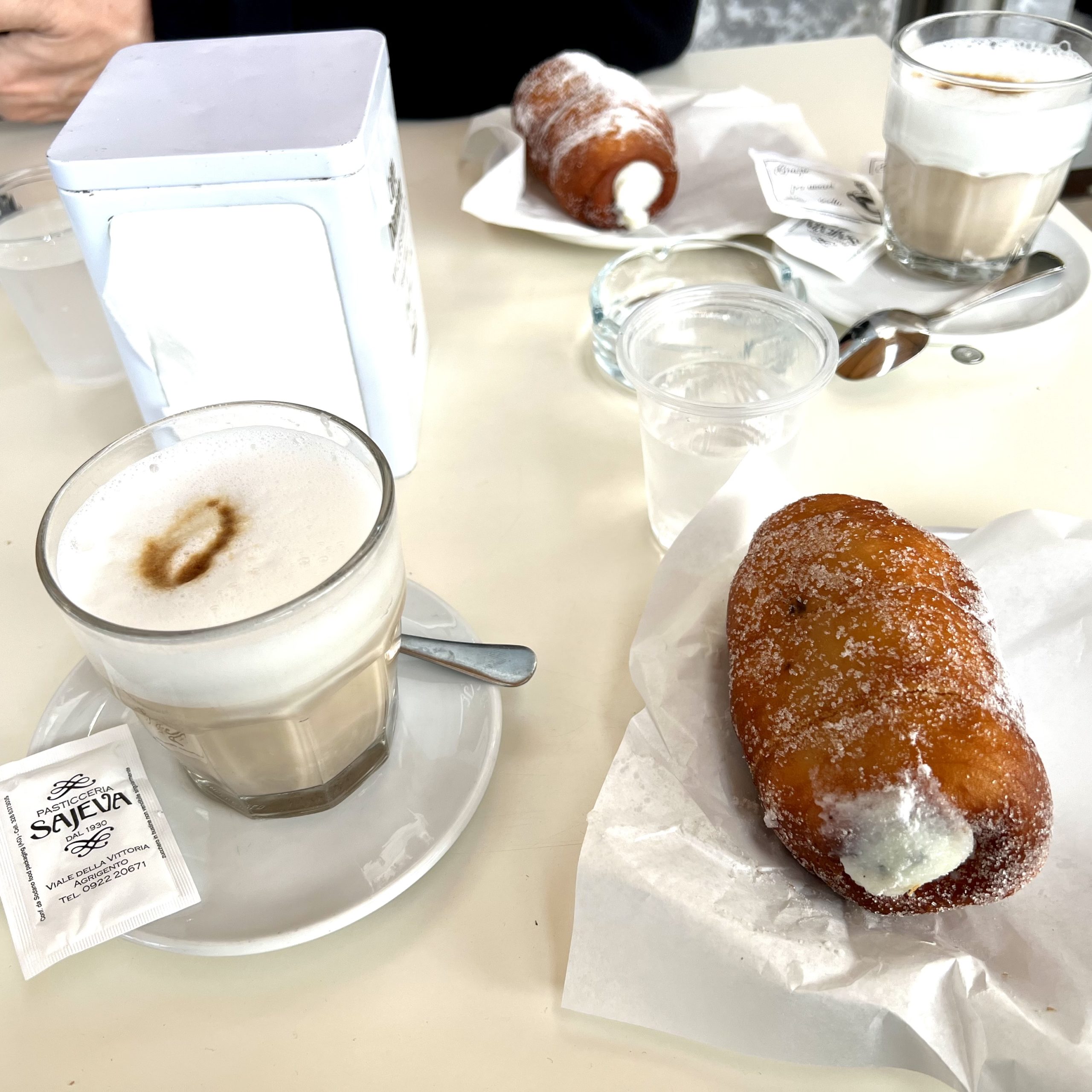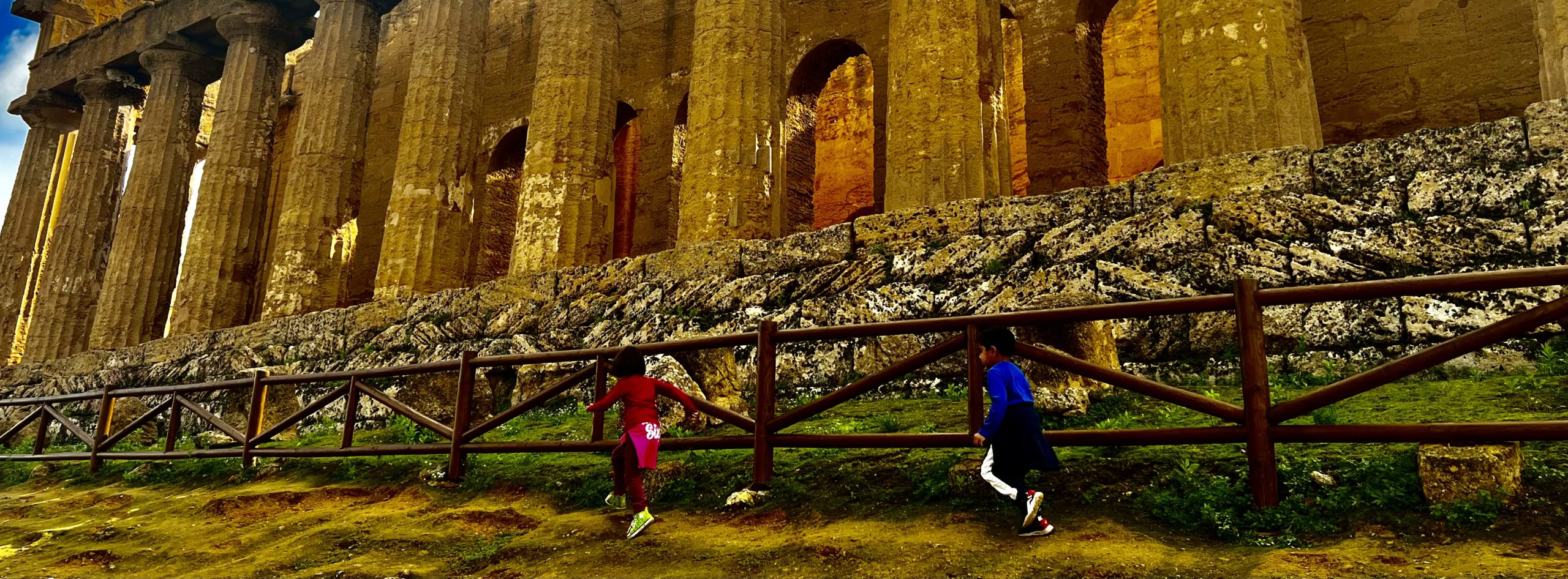14-16 November 2022
The Sicilian town of Agrigento today descends from a hillside several miles down to the Mediterranean. Agrigento grew to be an important city during the golden age of Ancient Greece with a population between 200,000 and 800,000. This was in 400 BCE, just 200 years after its founding. The Greeks needed agricultural land and this location was ideal. Today, the population is 245,000. Still going strong, in no small part due to the the spectacular temples that remain. Ancient Agrigento was located behind a ridge that provided fortification for the settlement. Eventually an extensive wall was added to completely wrap the city. Two rivers flowed through the community providing water. The temples are located along the ridge, providing a memorable walk for visitors of about a mile.
We were surprised that despite the gently rolling landscape, the ancient city was laid out on a grid as you can see in an image below. Perhaps this was because of the military-leaning leaders who ruled the city. In 261 BCE, the Romans and the Carthaginians got into play too during the First Punic War when the Romans were victors and sold the population into slavery. Fast forward to the Middle Ages and you find the population moving to the the top of the hill, abandoning the lower parts of the city, perhaps in response to the destructive raids of those darn Saracens. Then came the Normans and later the Bourbons who ruled Sicily for four centuries. Mussolini even got involved when he Italianized the city’s Latin name from Grigento into Agrigento.
Valle dei Templi
The Valle dei Templi holds the remains of seven Greek temples constructed during the 6th and 5th centuries BCE. We went here in 2019 and it was an experience we needed to share with Richard. The temples are located at the top of a ridge that faces the Strait of Sicily. Two of the temples are fairly intact. The others are toppled from past earthquakes, with remnants left after being quarried for their stones. The Carthaginian invasion of 406 BCE stopped the construction of the temples. Displays include an image of Agrigento during its peak with the temples close to the community. There is also an illustration depicting a temple fully enclosed with its stucco walls painted and a herd of bulls nearby ready for sacrifice to the gods and goddesses. The citizens ate the meat and burned the fat creating clouds of smoke that ascended to their deities above.
Although we are used to large and tall buildings in our daily lives, the immense size and grandeur of these temples still amazes us. We can only imagine the impact they had on the people who worshiped there 2800 years ago. The local stone used for the temples is nearly orange, and the orange against the blue sky is stunning.
In October, tourist spots were still thronged with people. Now in mid November tourist season is finally winding down. Some entrances to the temple property are closed. Many restaurants nearby are also closed despite what Google tells us. There are still plenty of visitors strolling among the temples, but the number is pleasant and includes lots of school groups. The weather continues to be near 70 degrees, which confounds everyone. Italians are often wearing their puffy coats, because, after all, it is November.
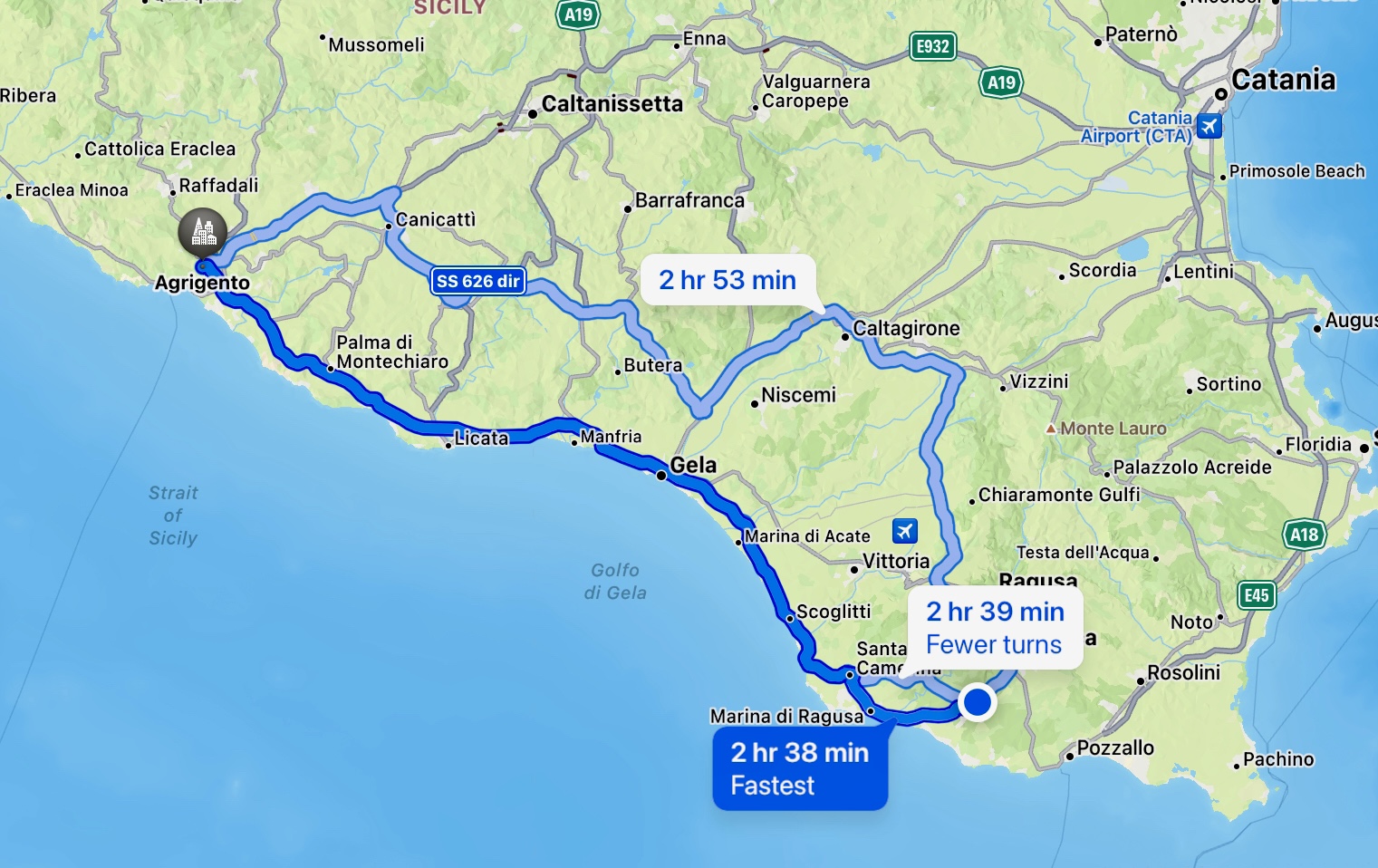
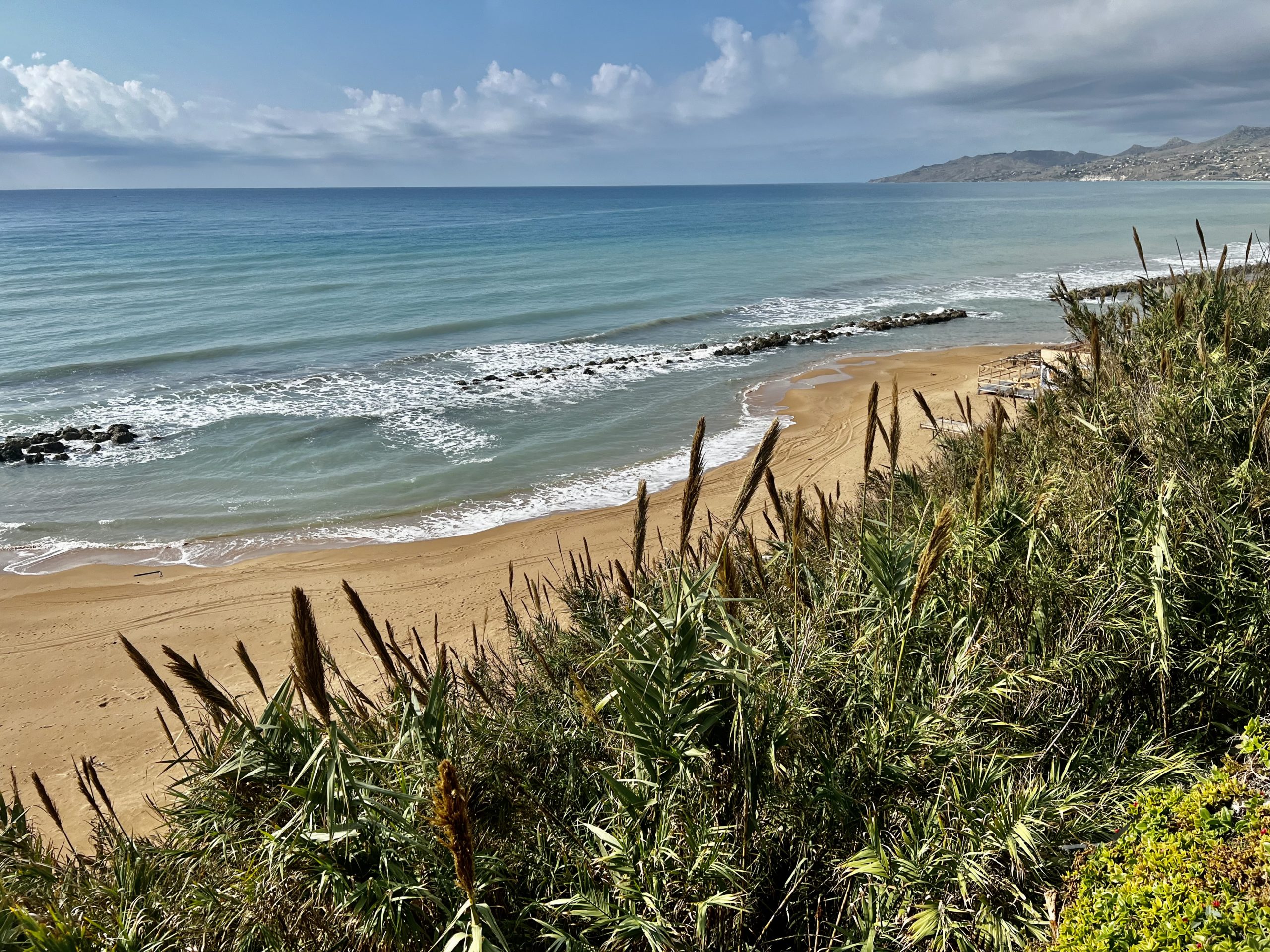
Lodging
In 2019, we stayed in a small town on the water. This time, we decided to stay up in Agrigento. Bonnie found a great location, about a five-minute walk to the historic center—shops, restaurants, old guys hanging out, etc. The units were new and well thought out. Parking was not bad as soon as you figured out where—one level down on an adjacent street. The host was great. He even met us to say goodbye and give us each a small present. Nice touch!

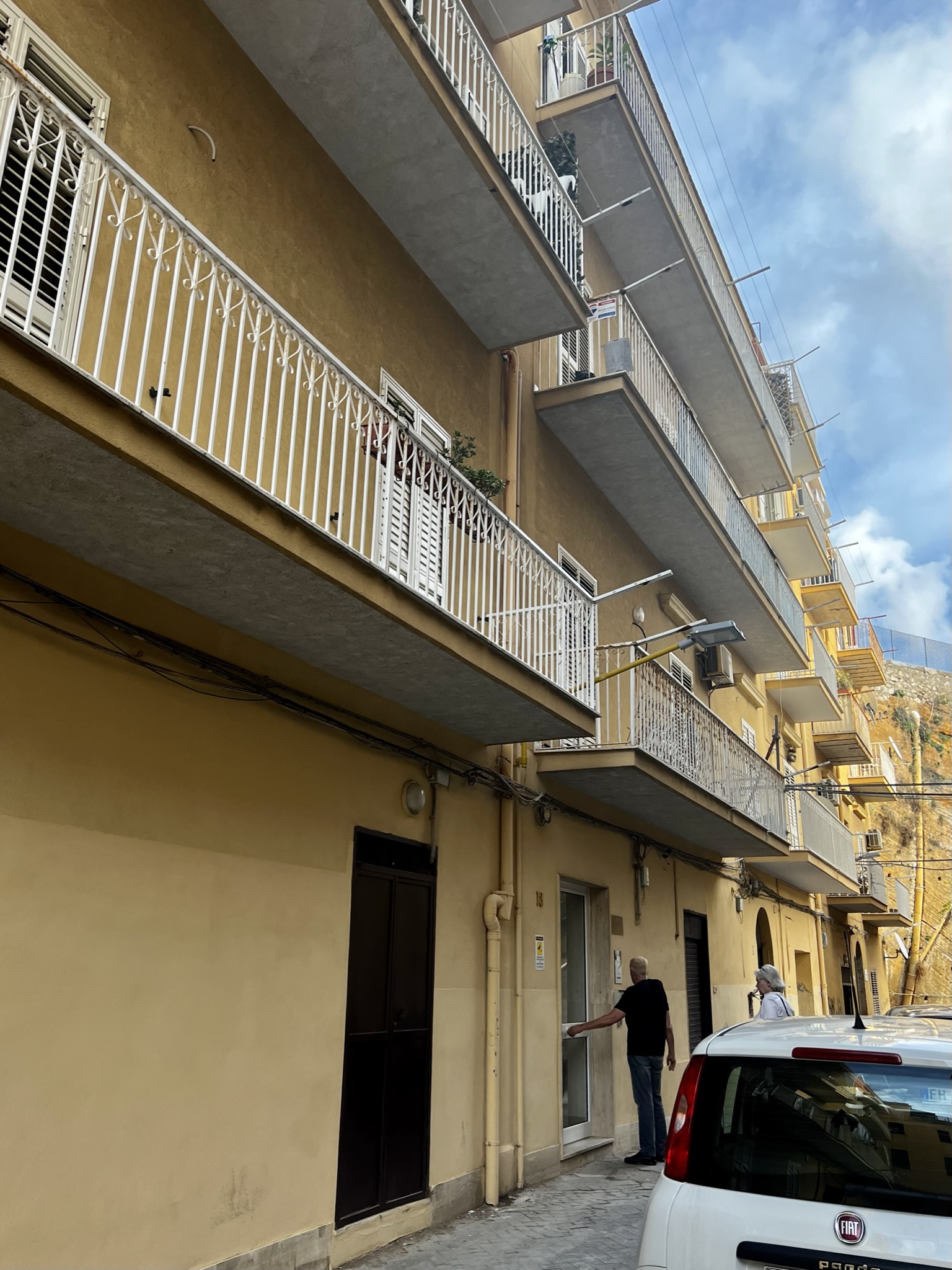
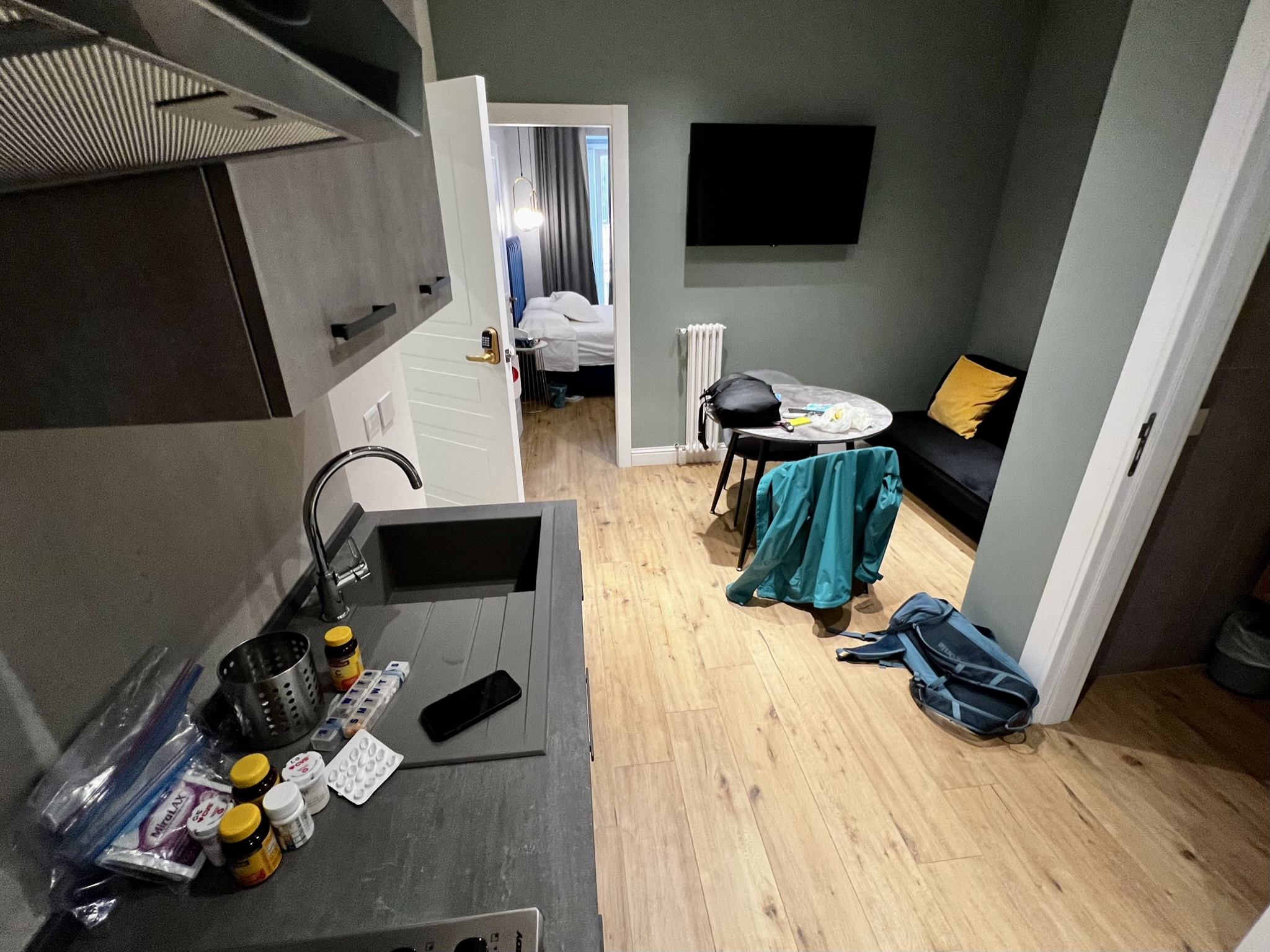
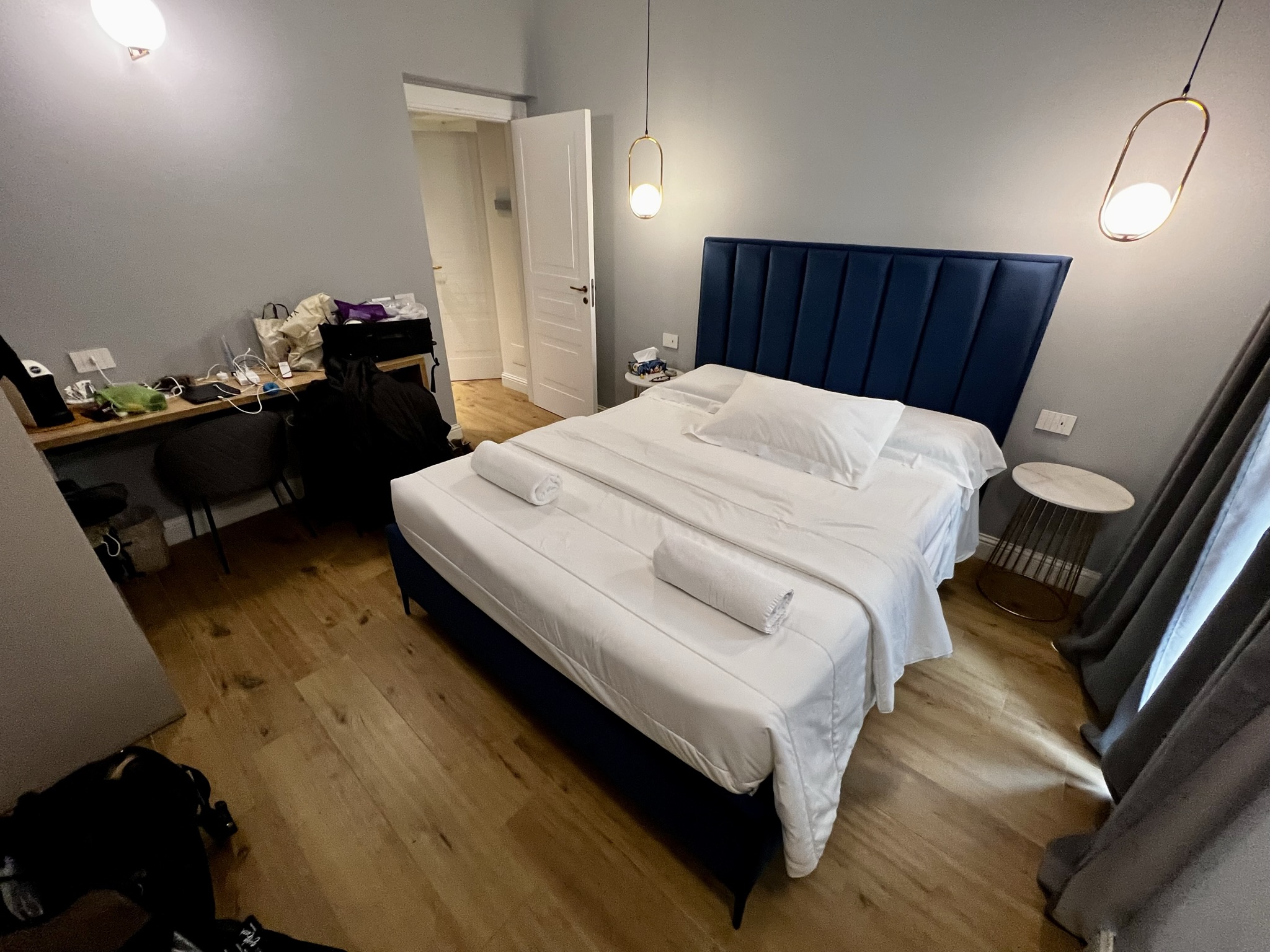
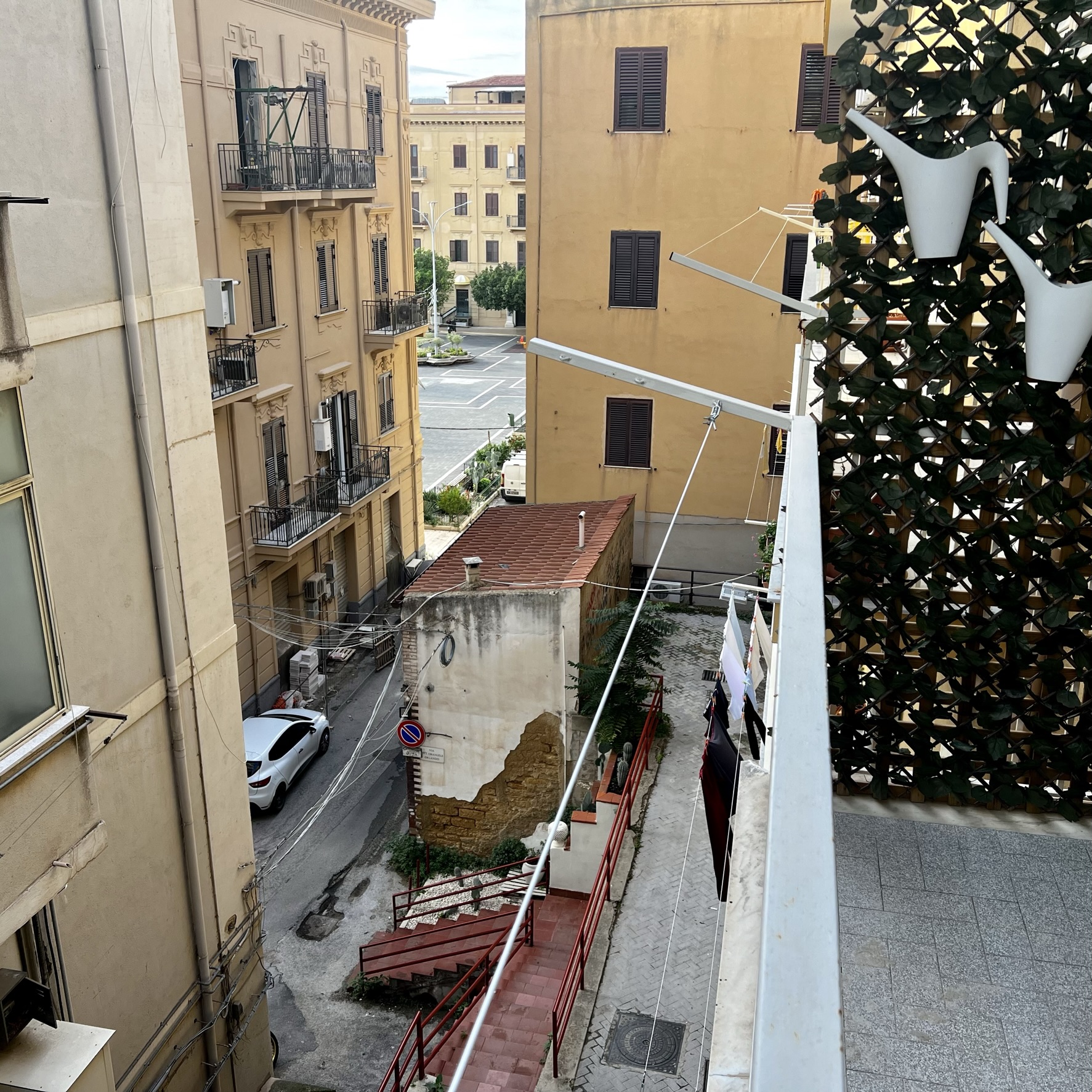
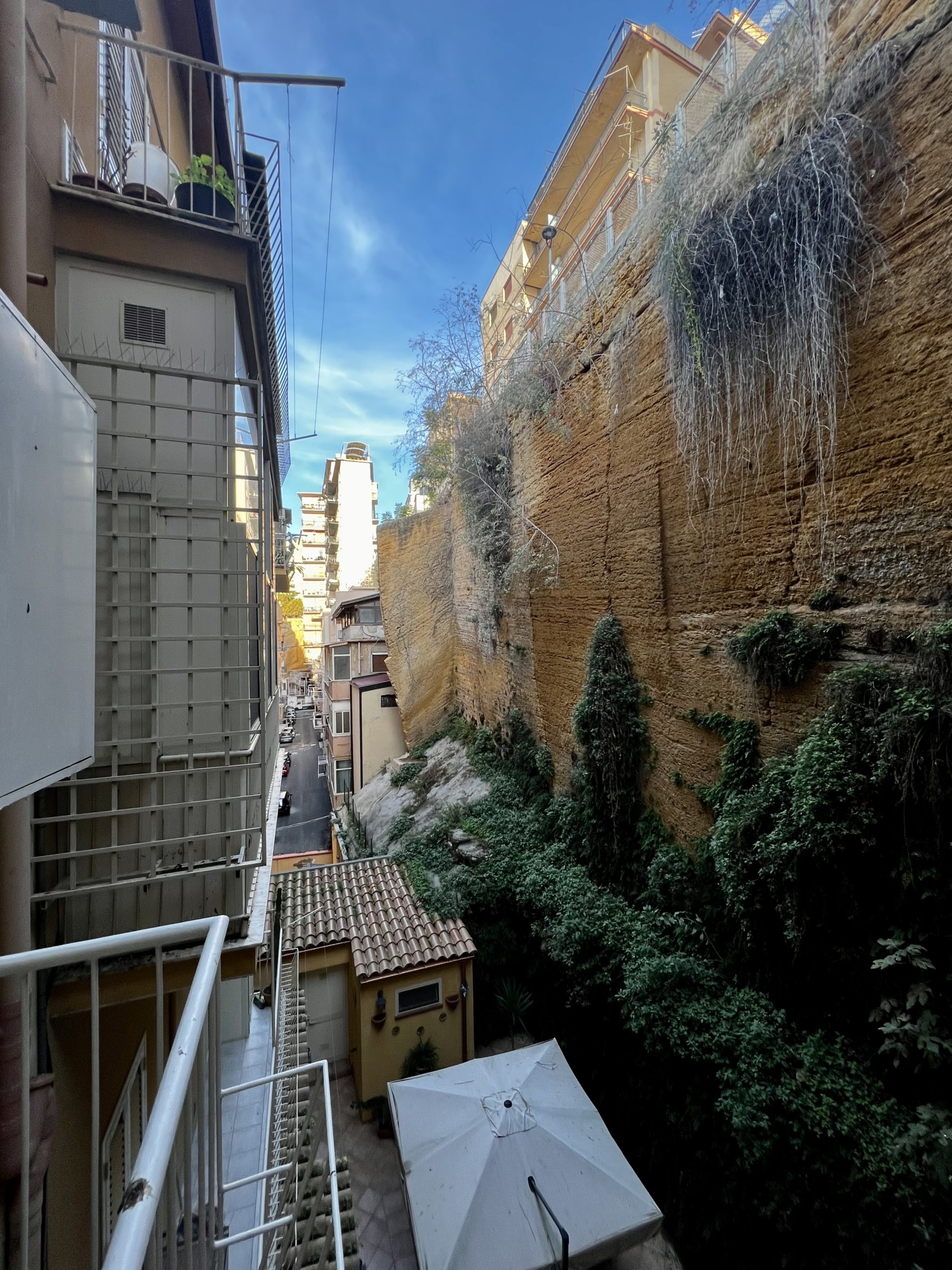
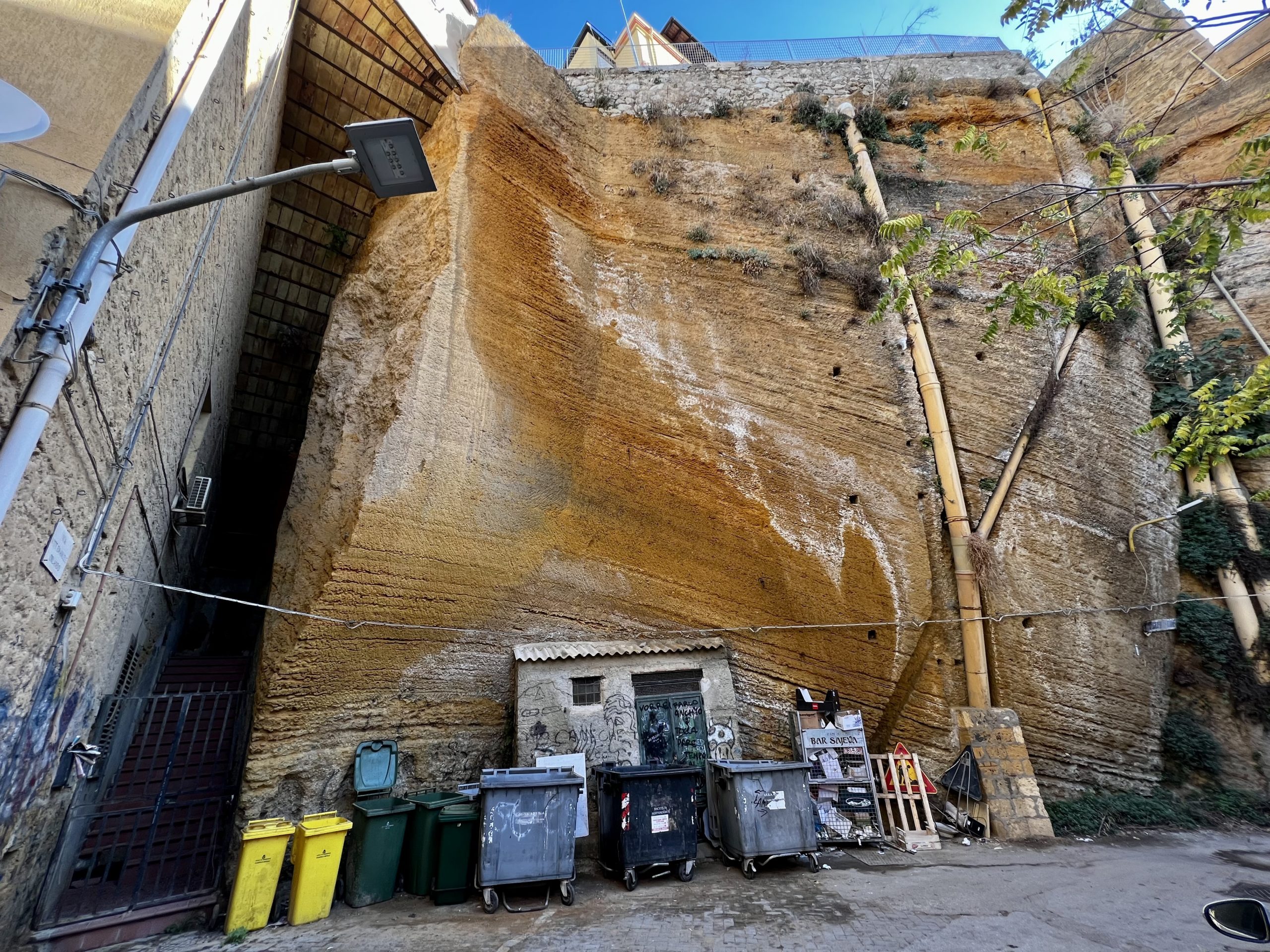
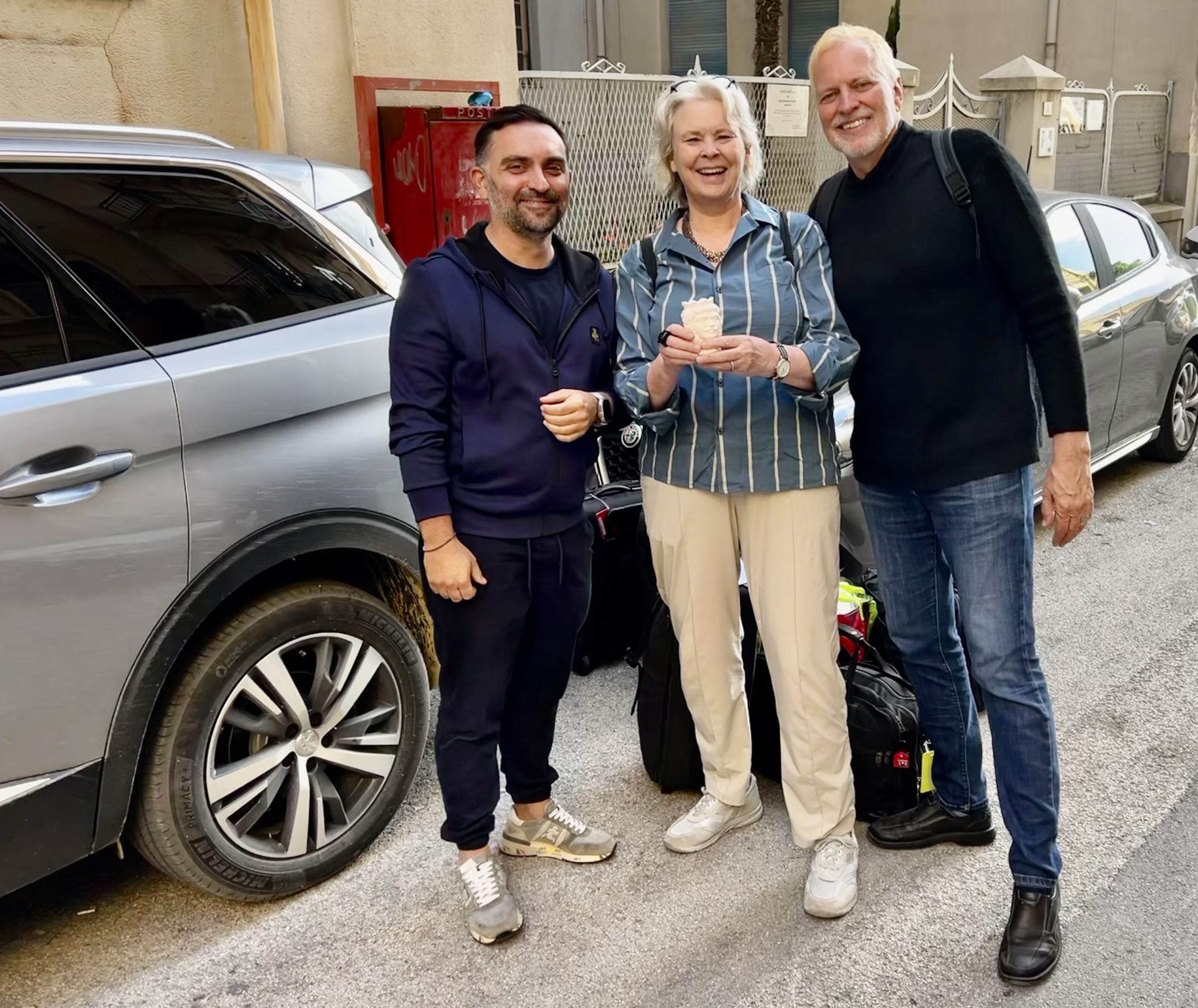
Valle dei Templi
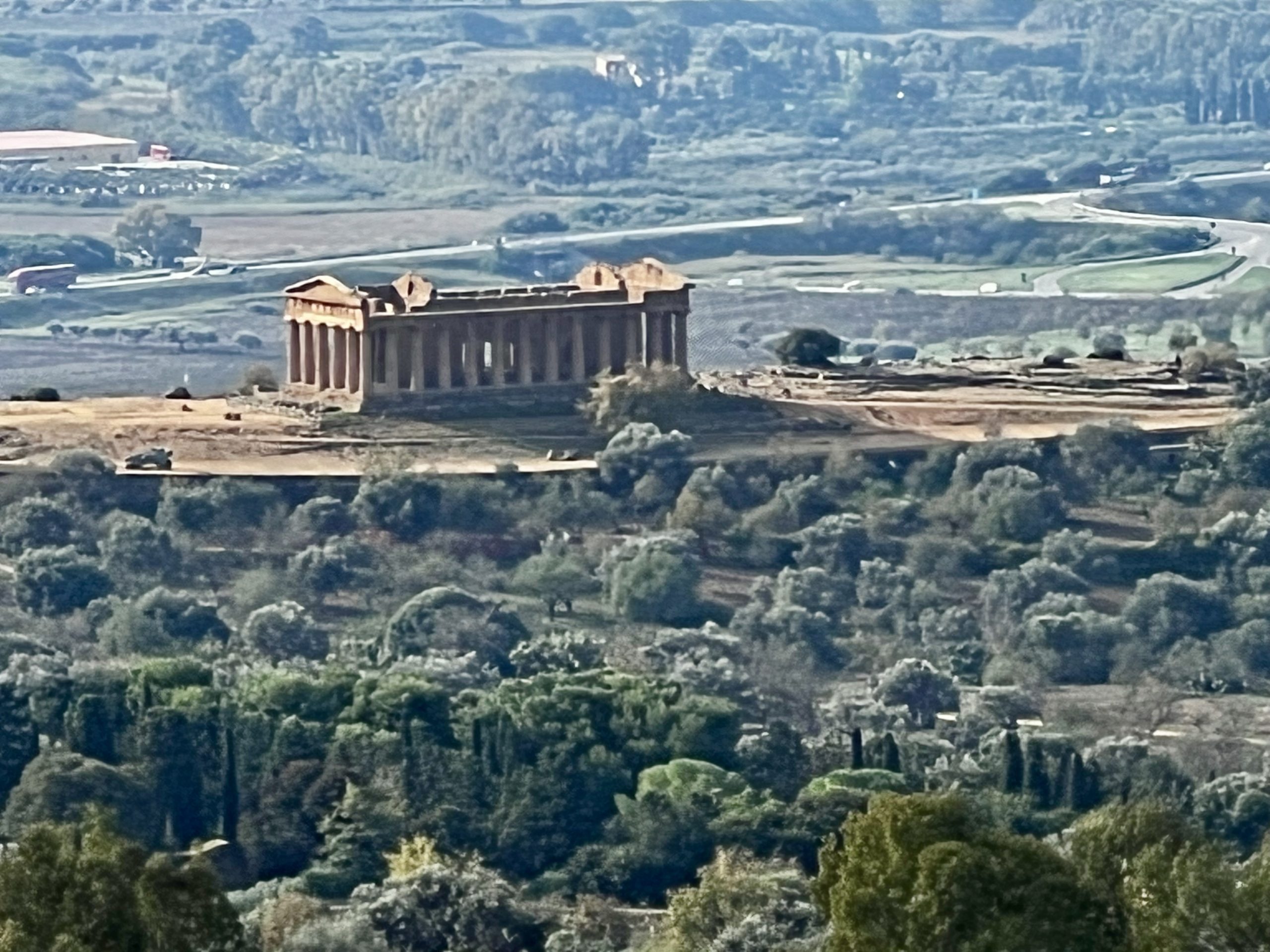
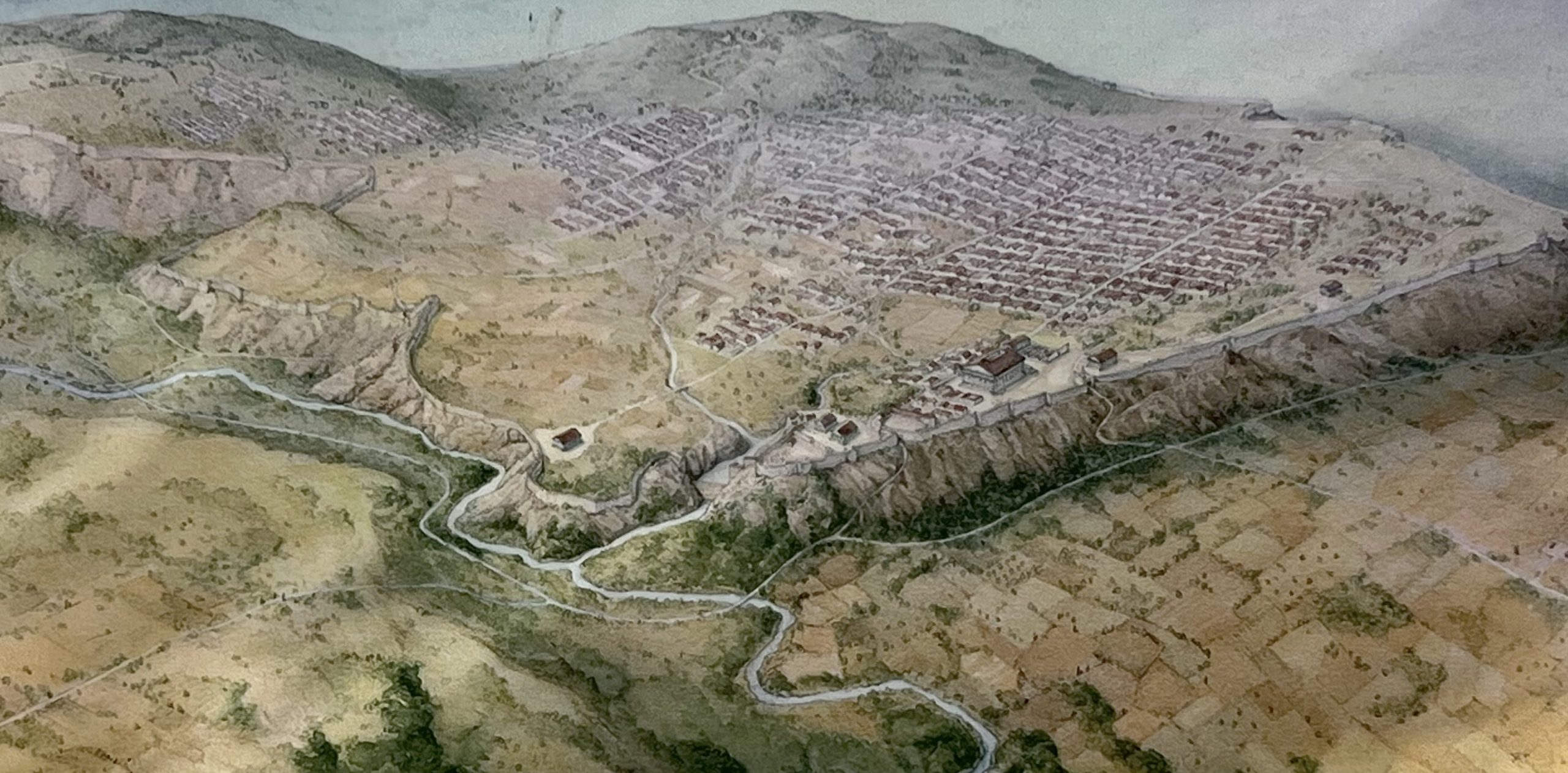

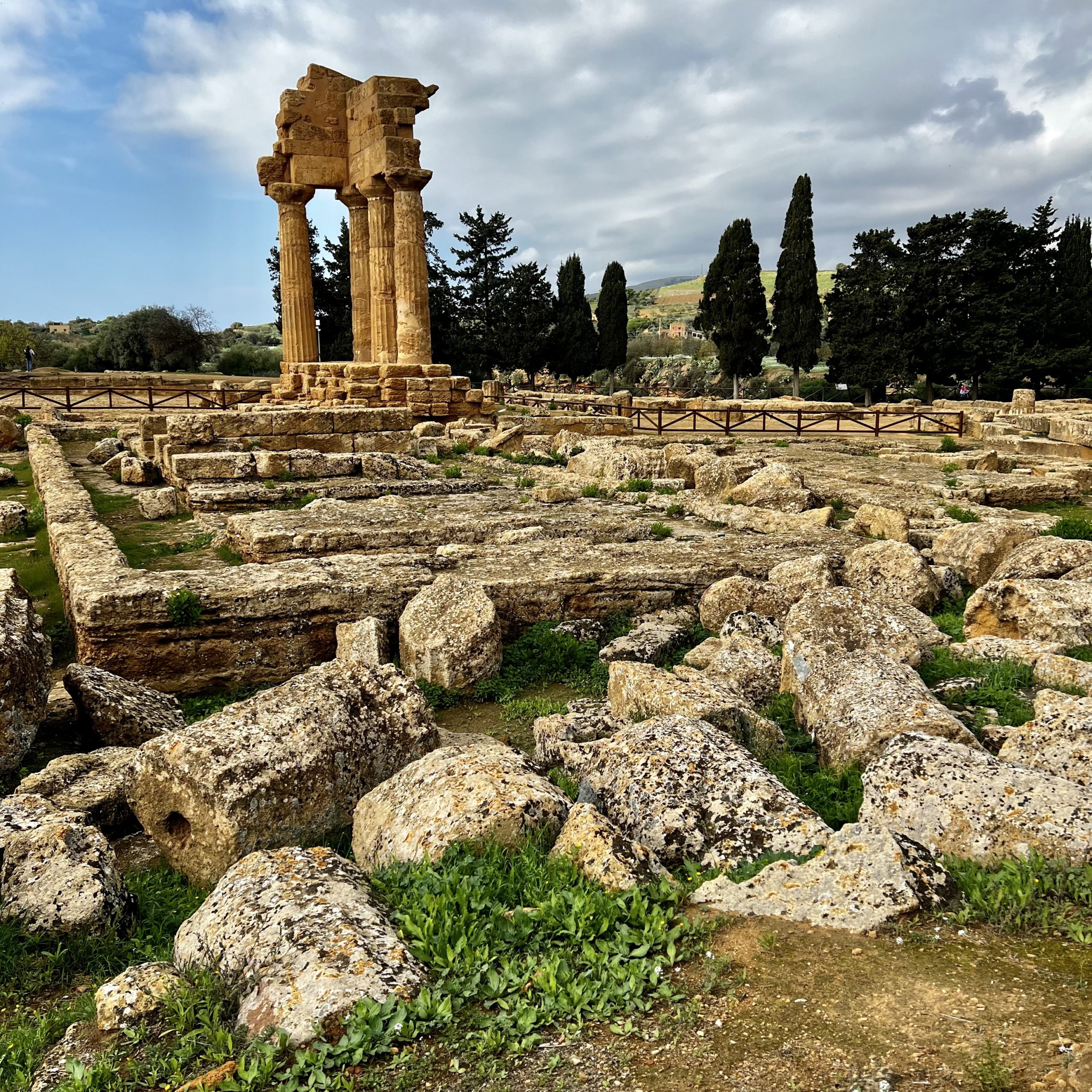
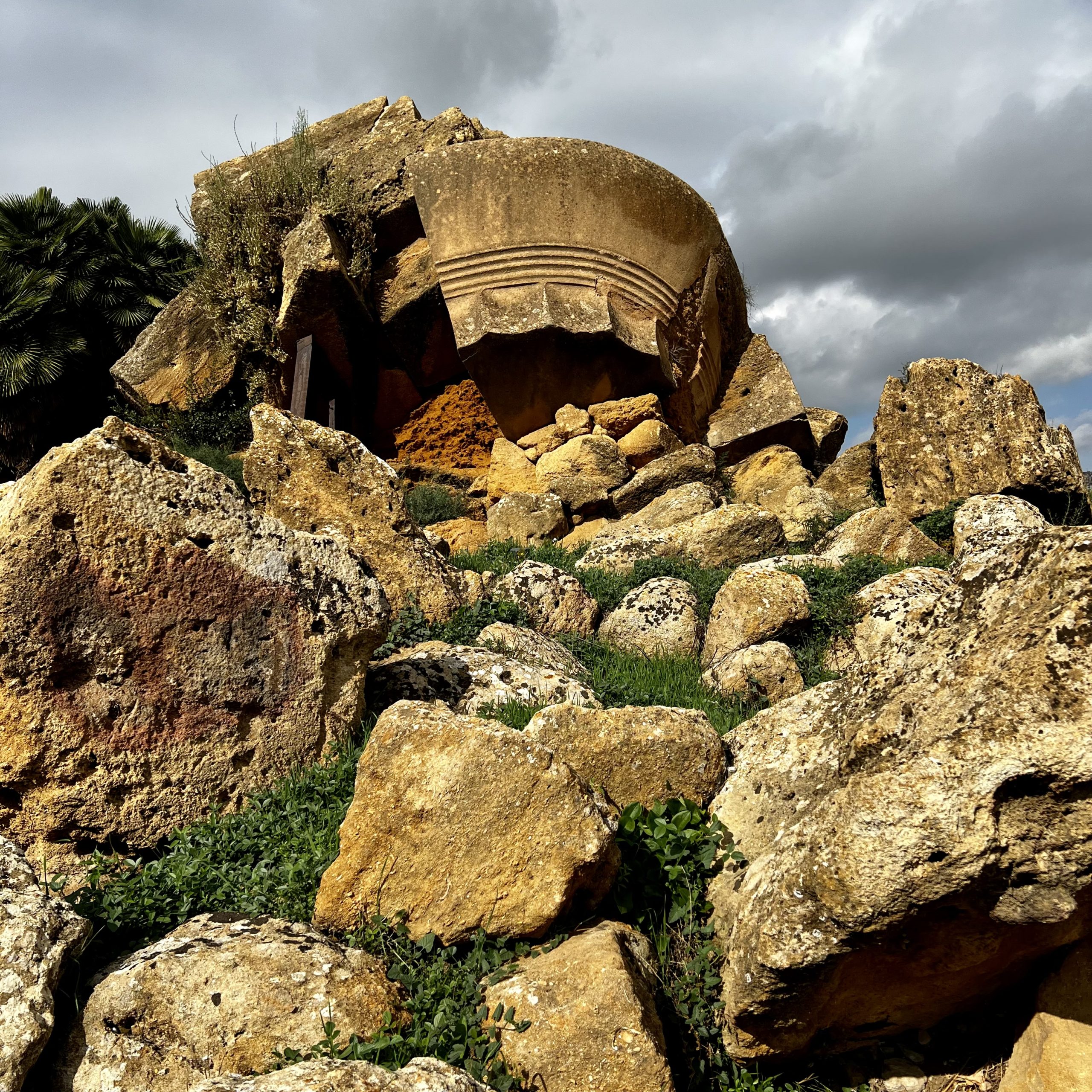
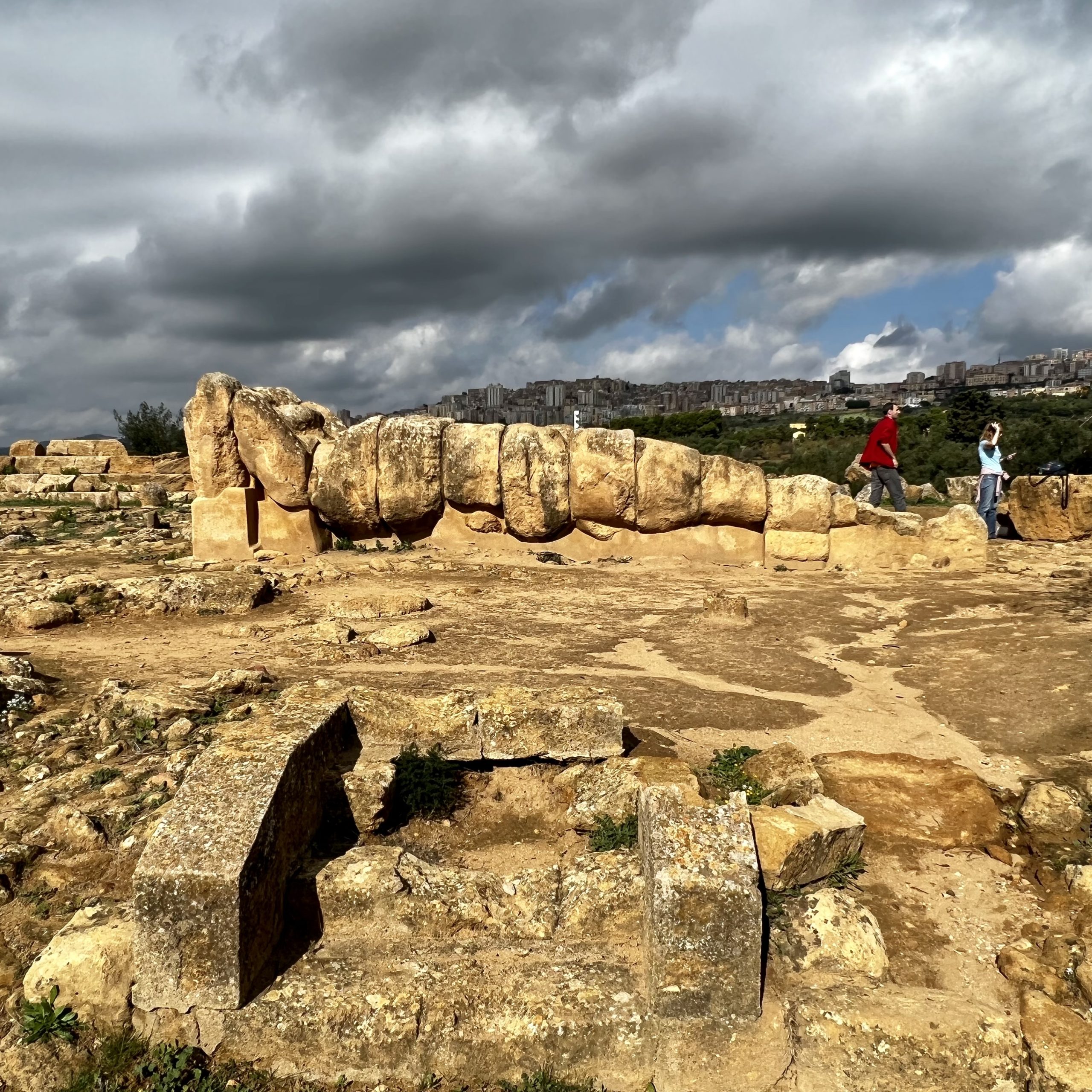
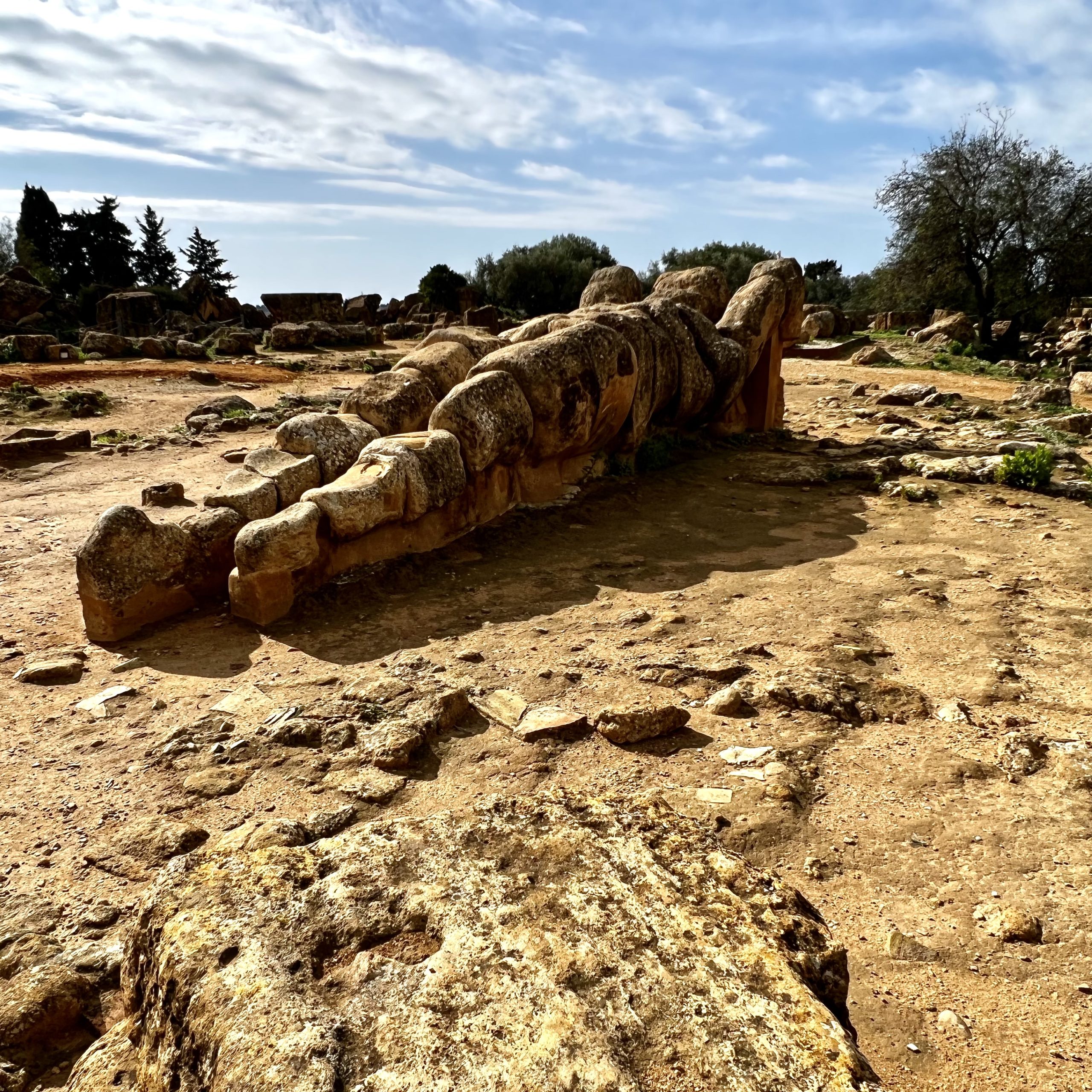

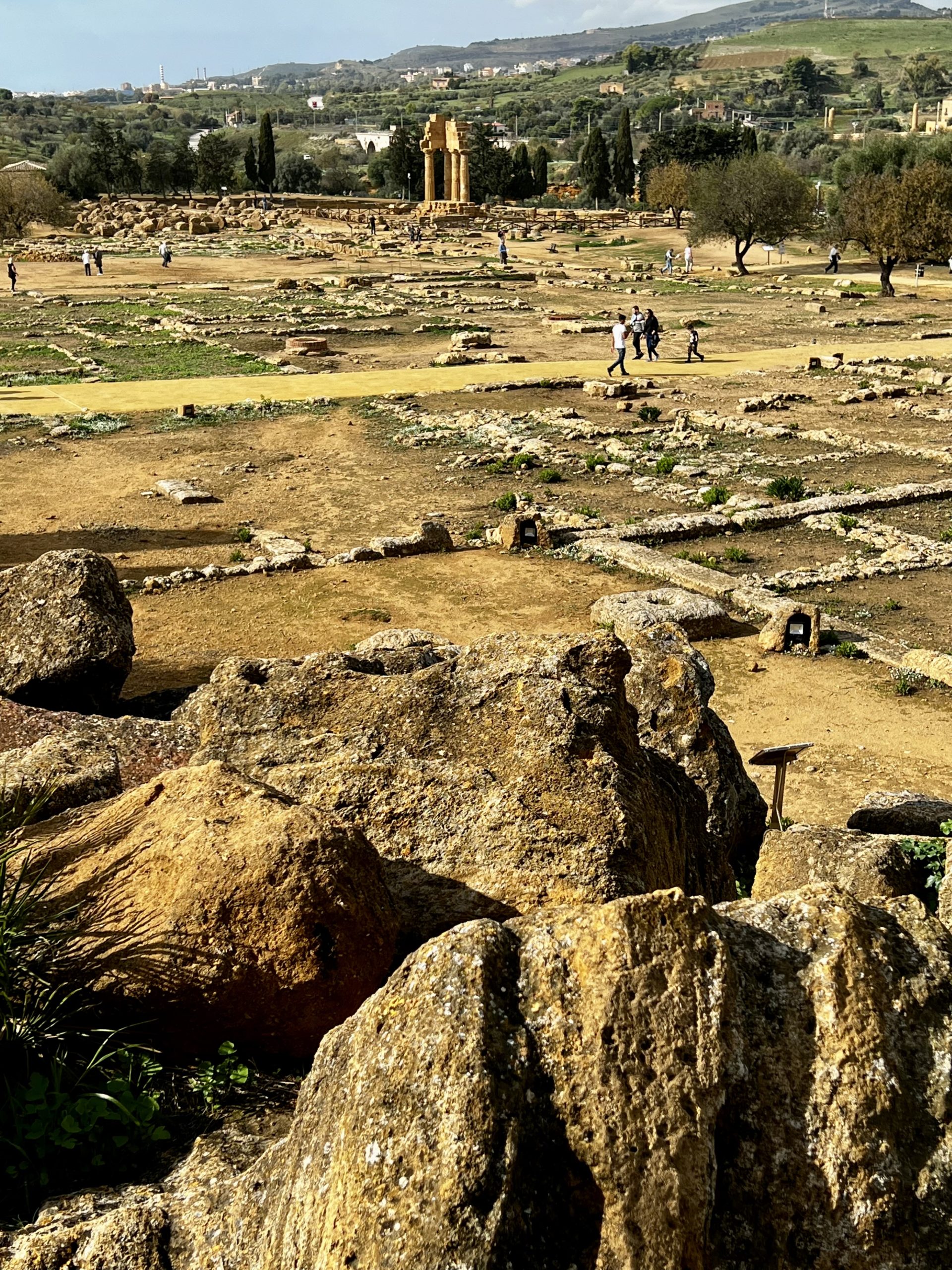
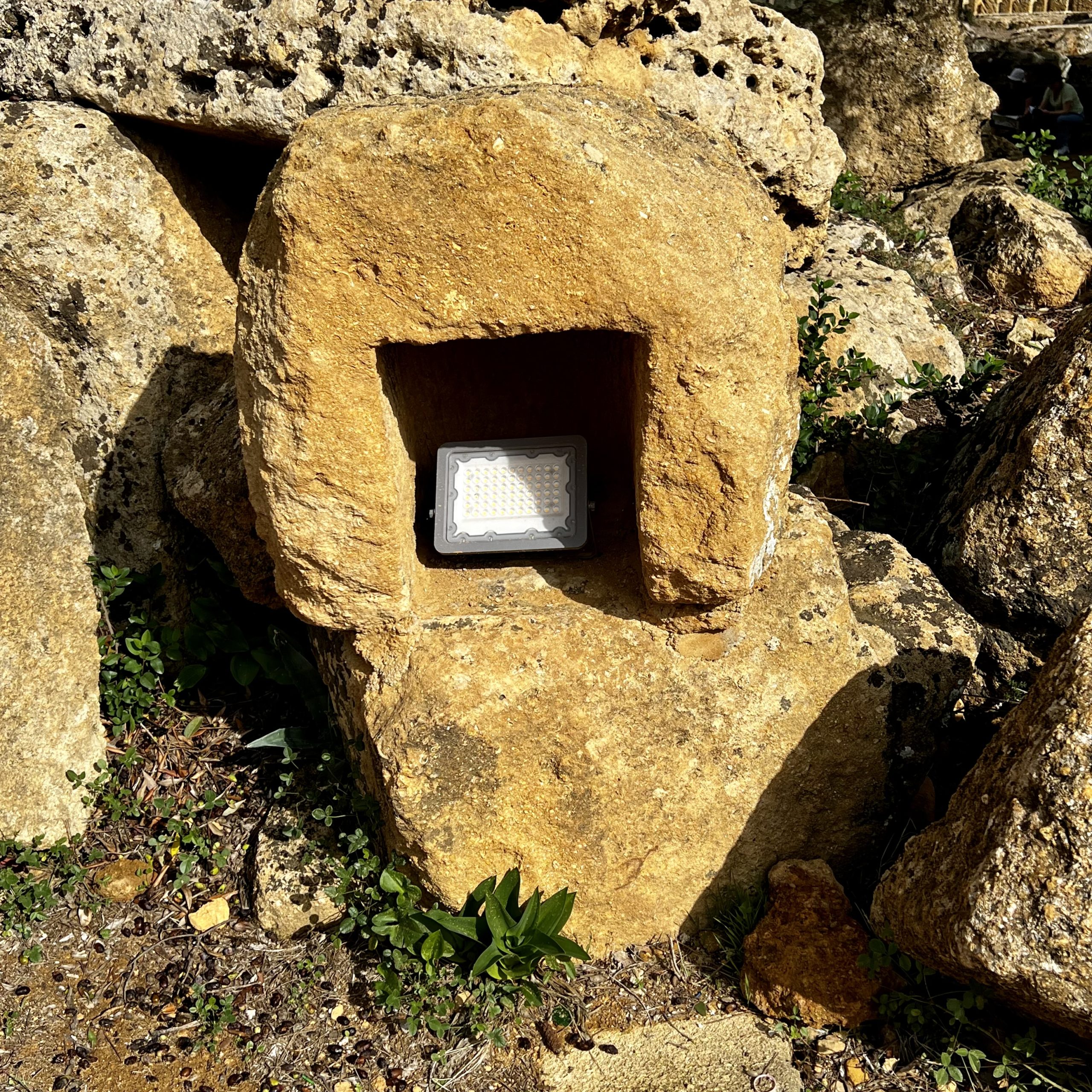
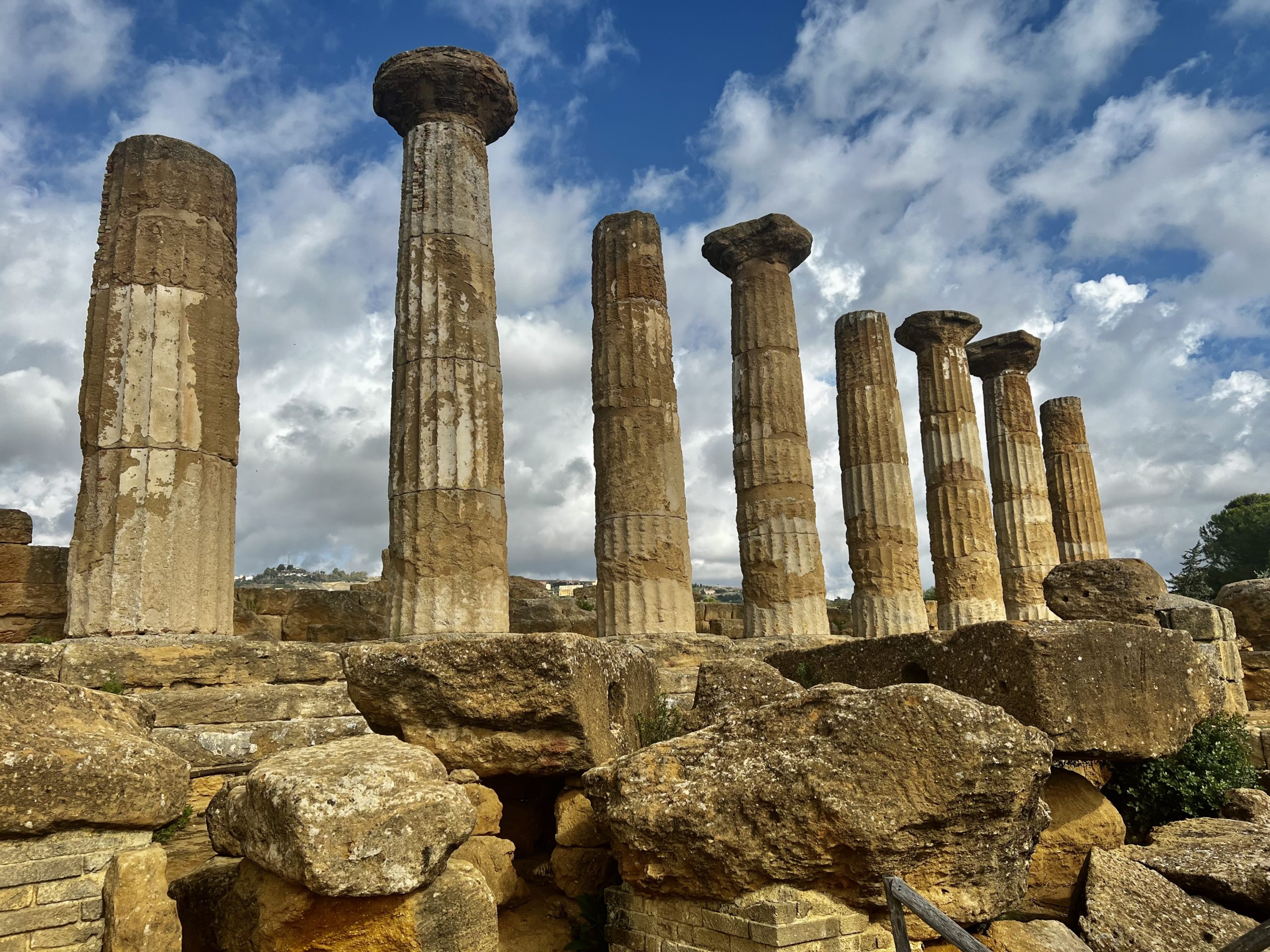
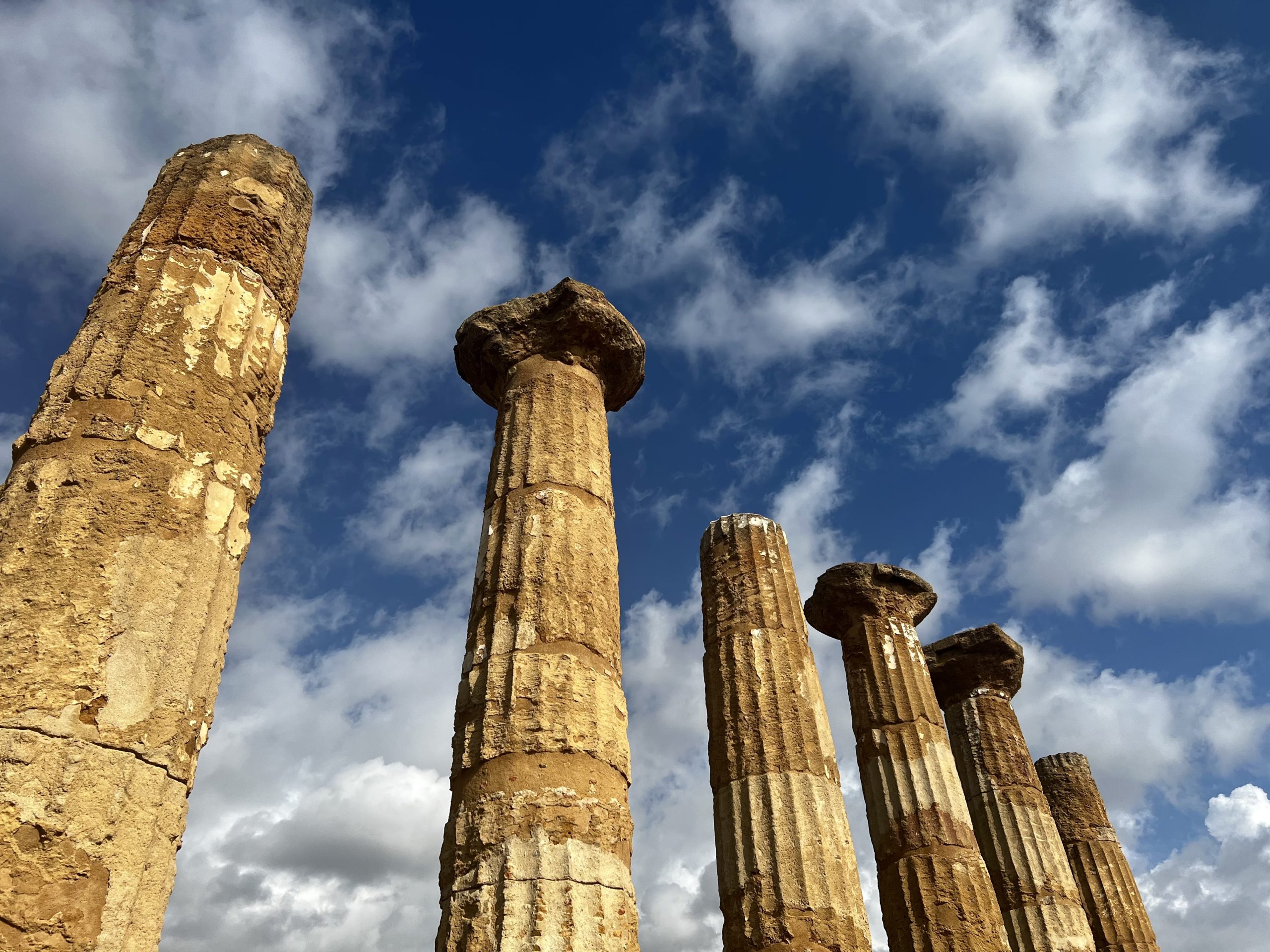
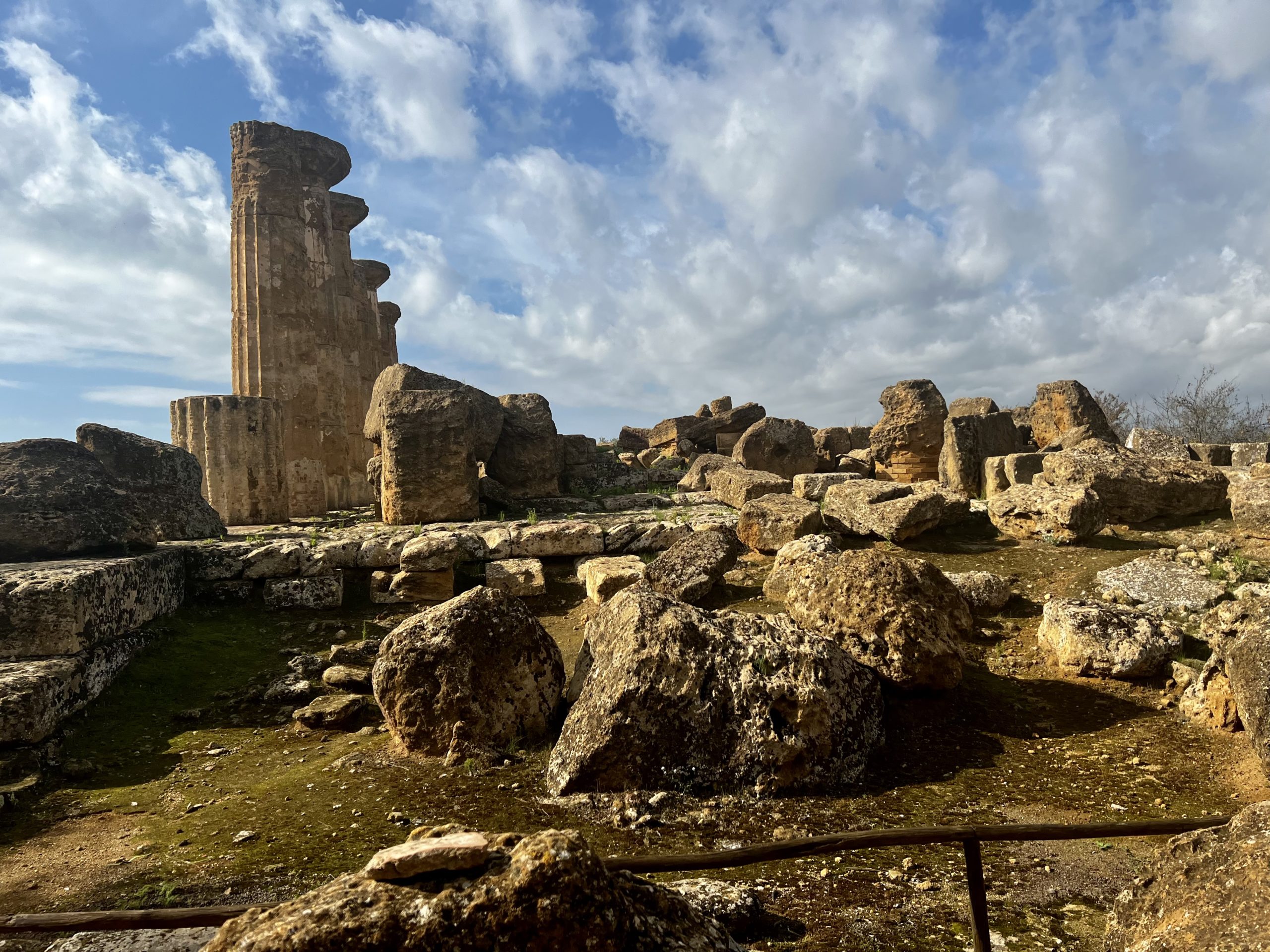
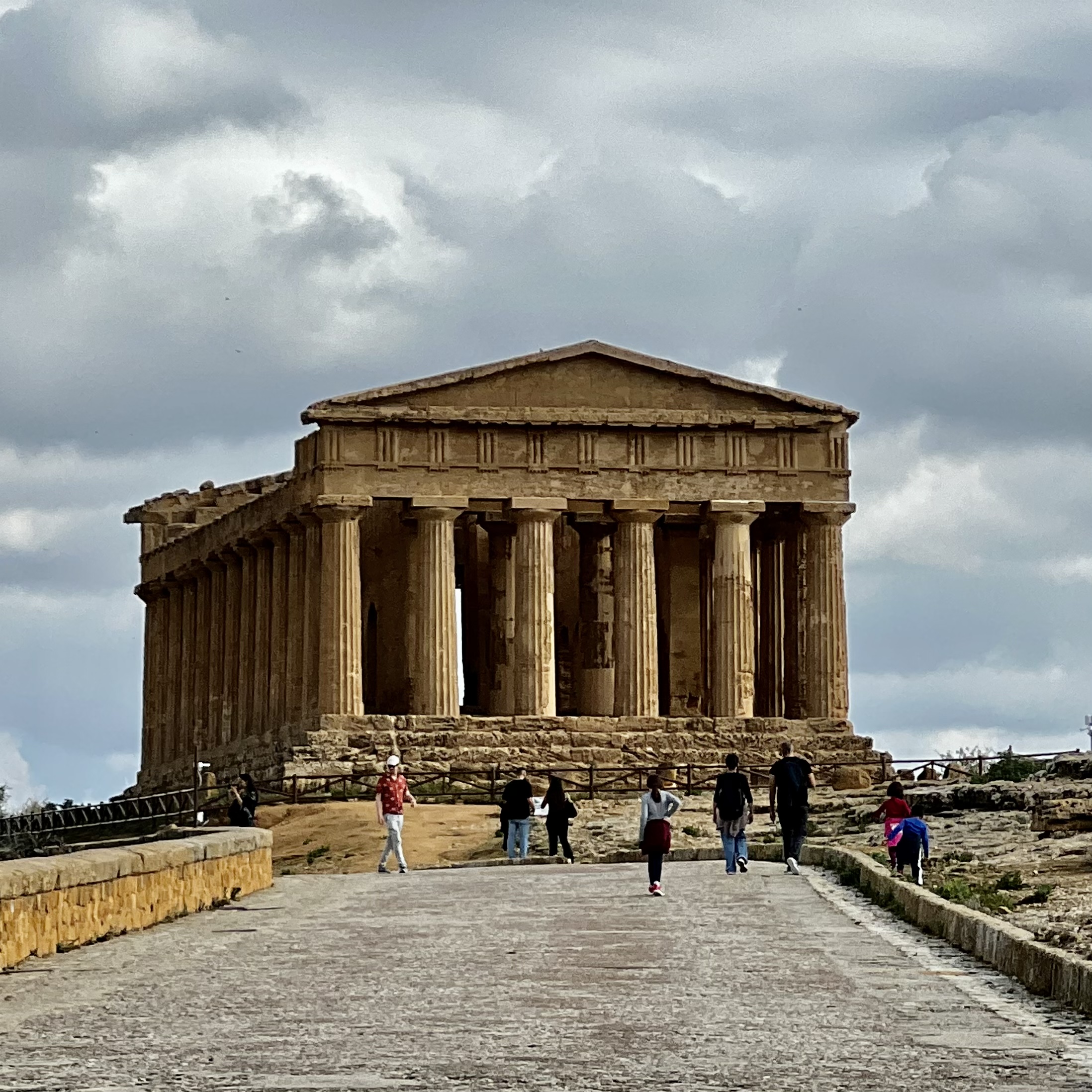
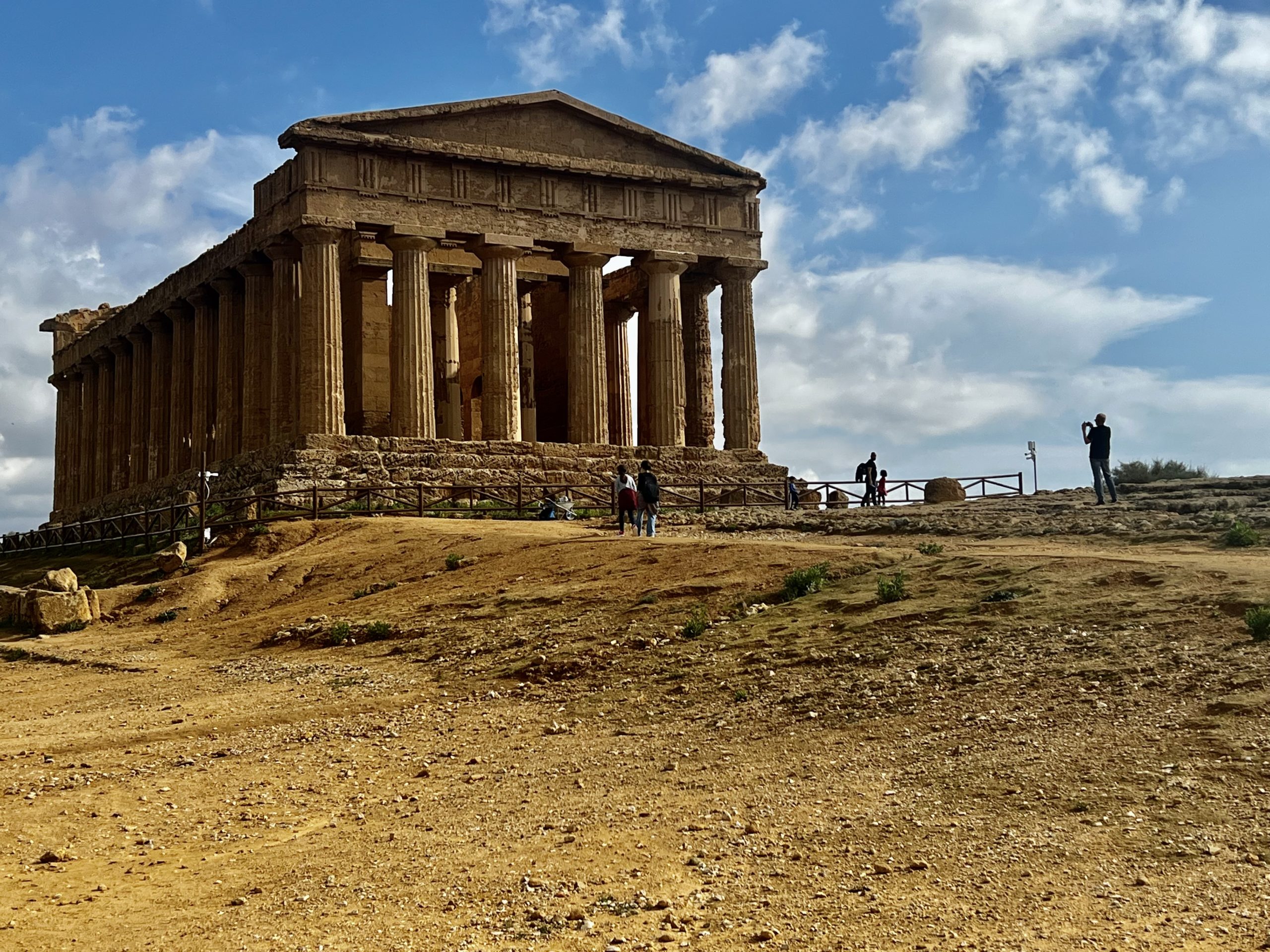
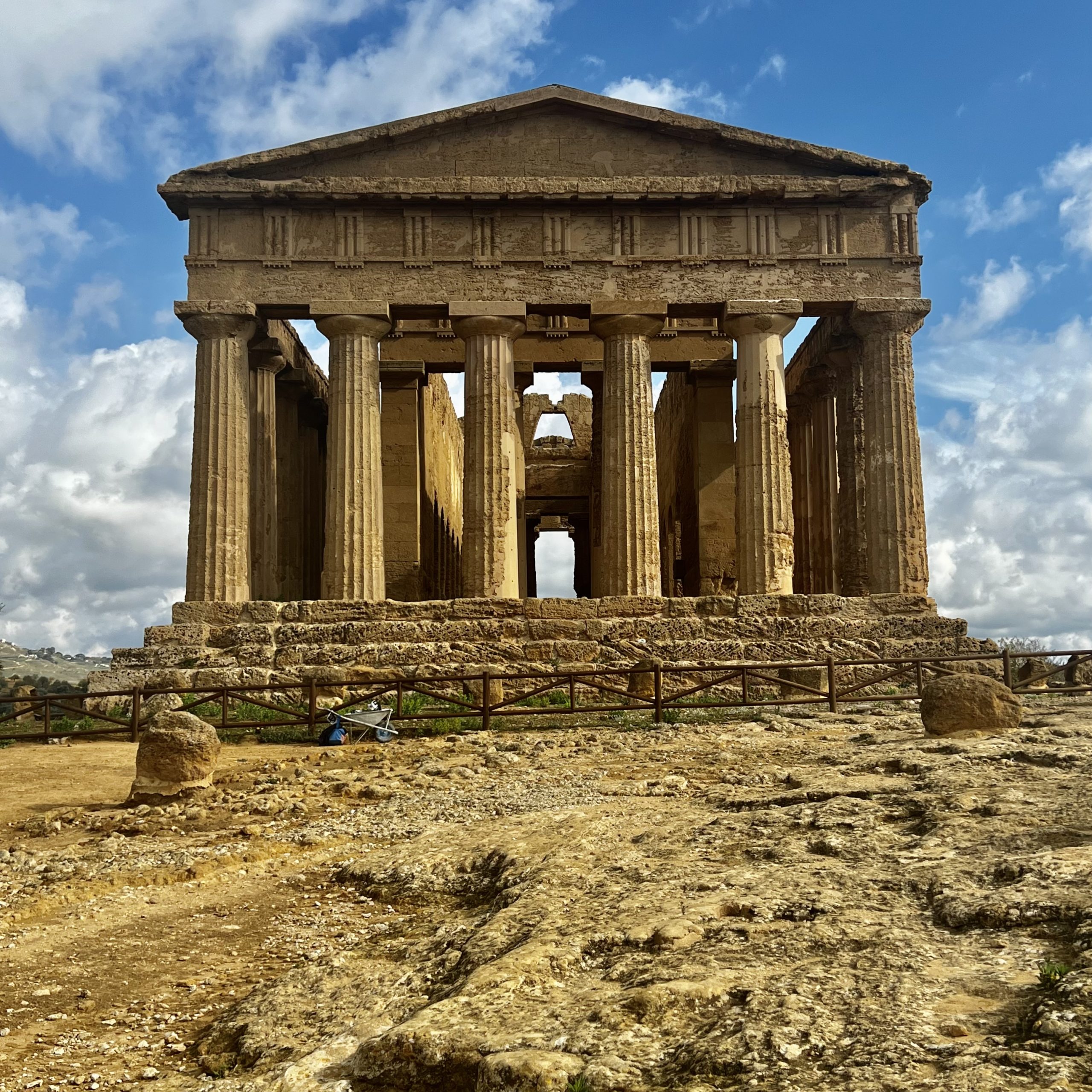
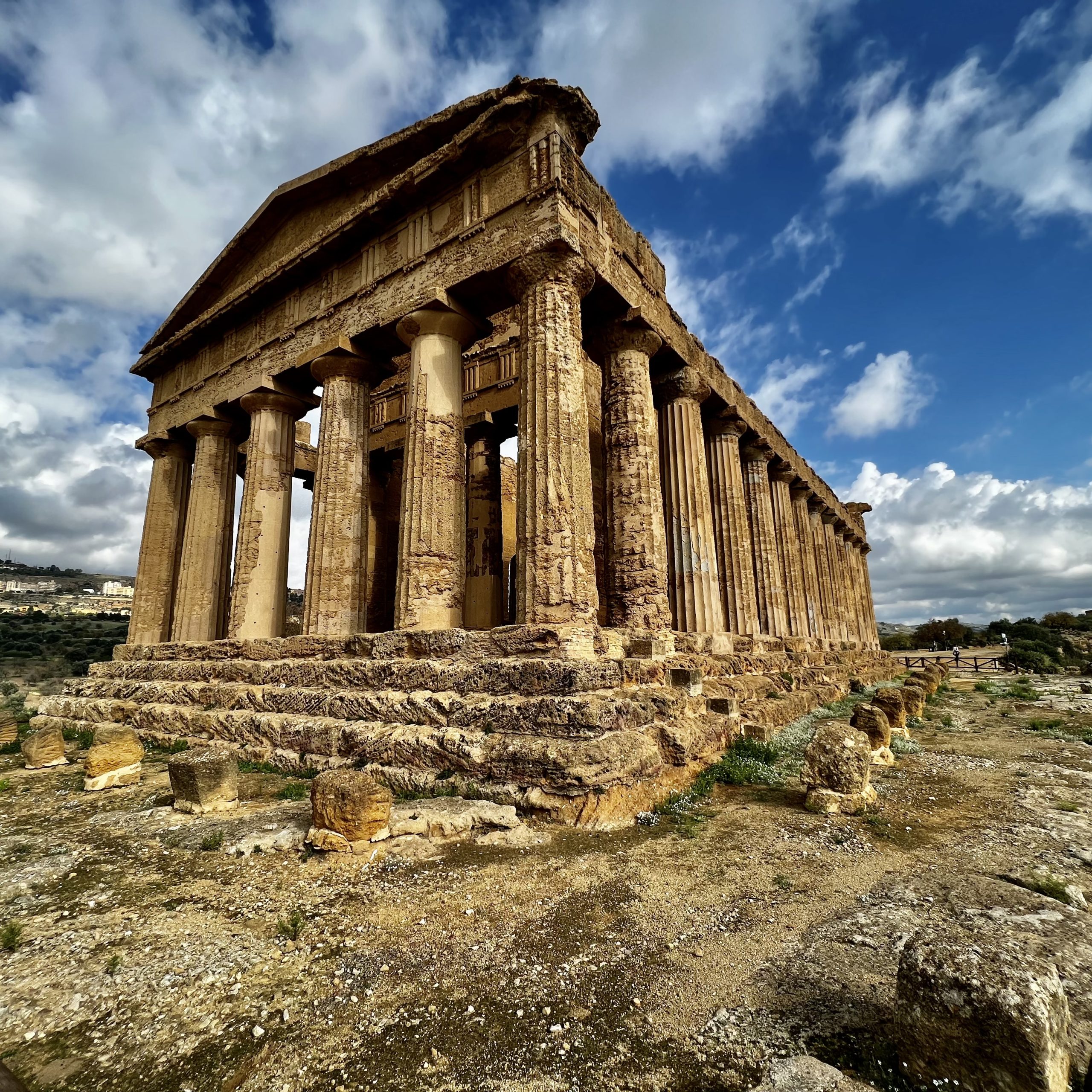
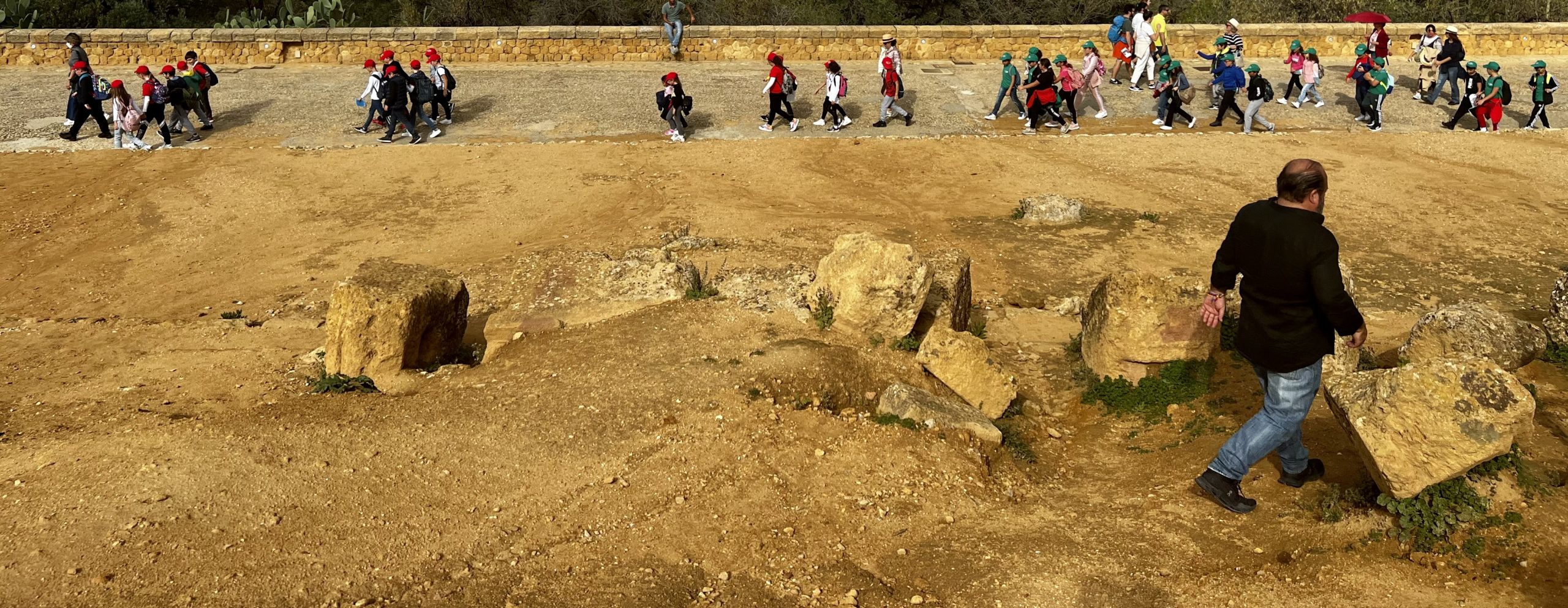

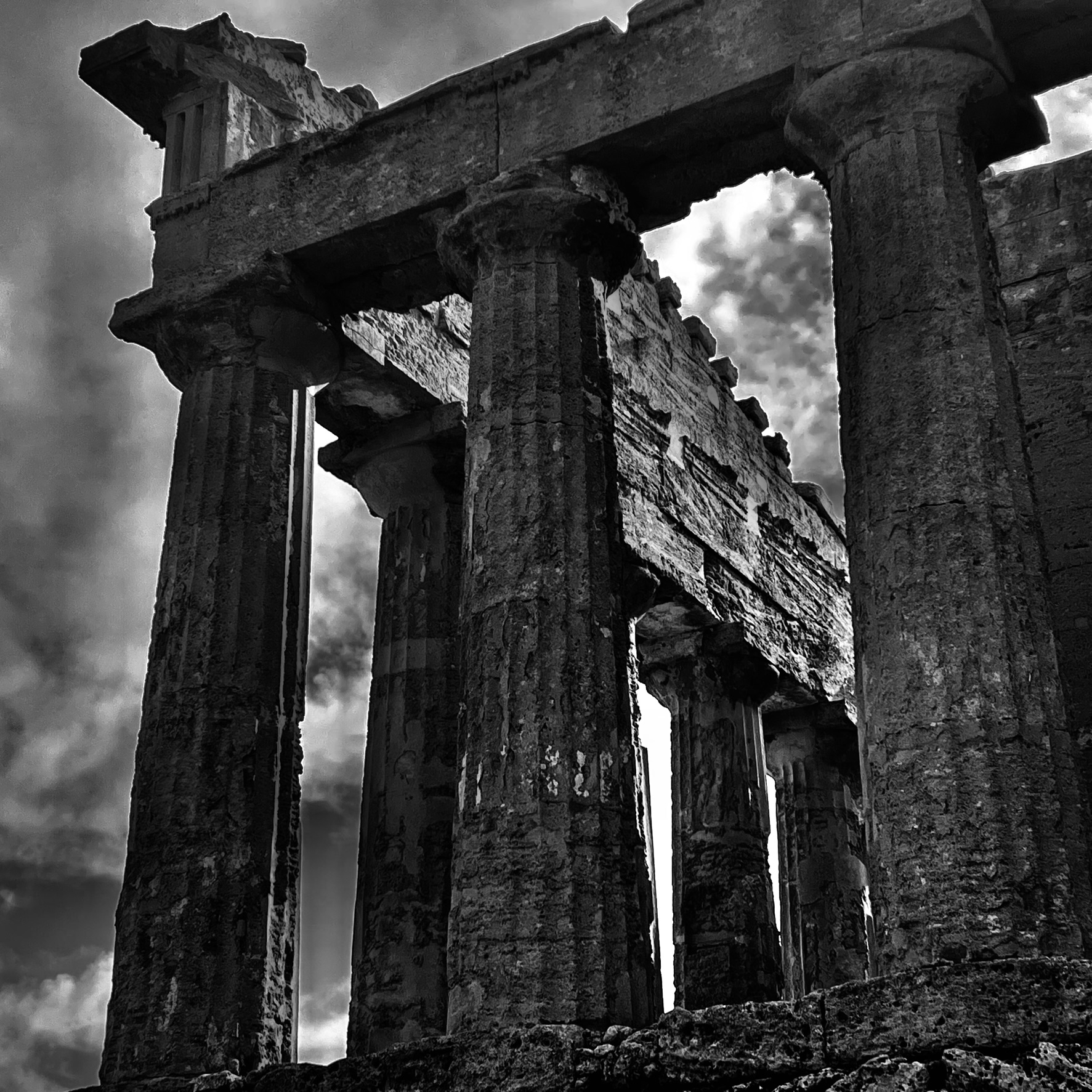
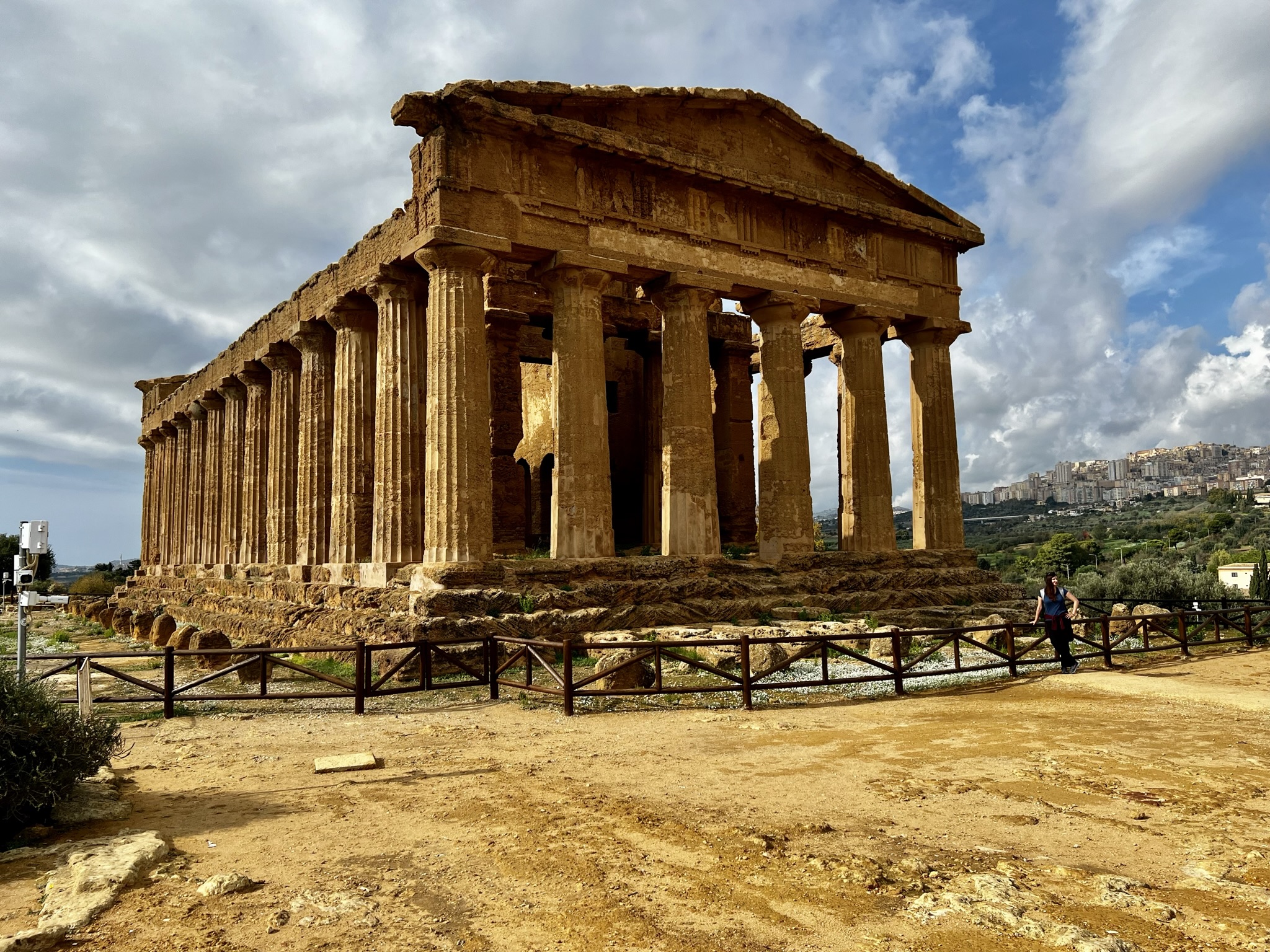
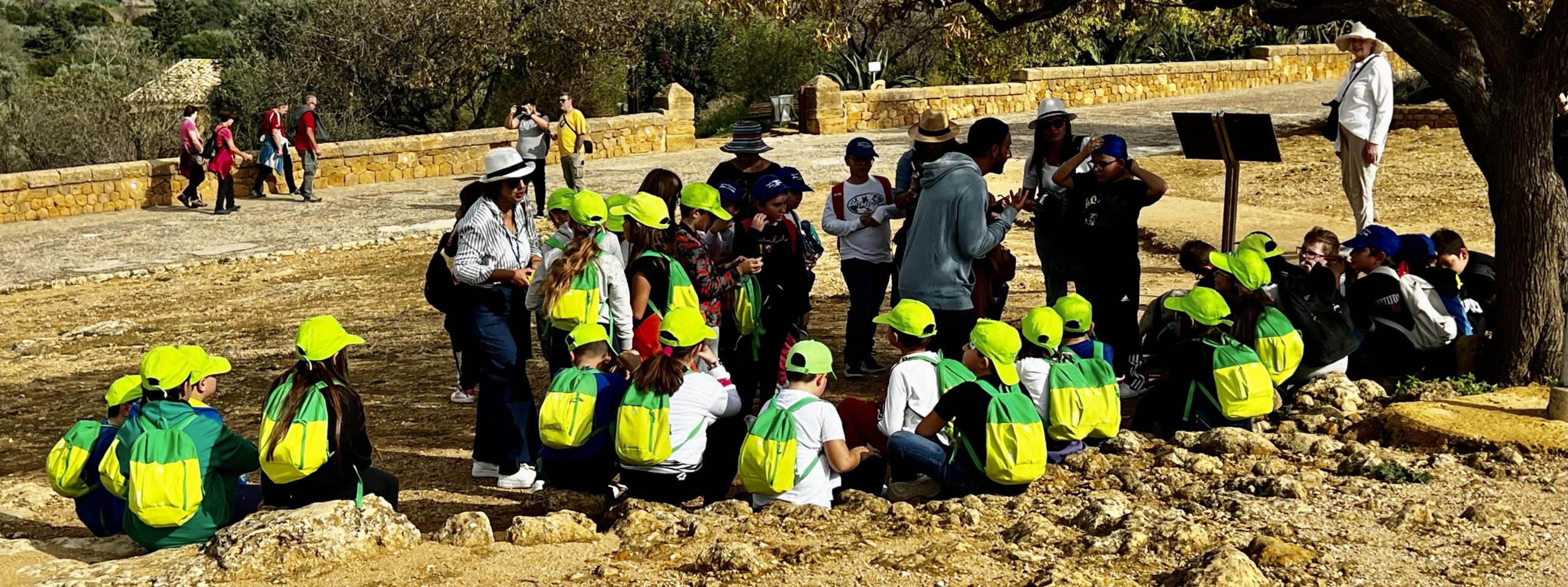
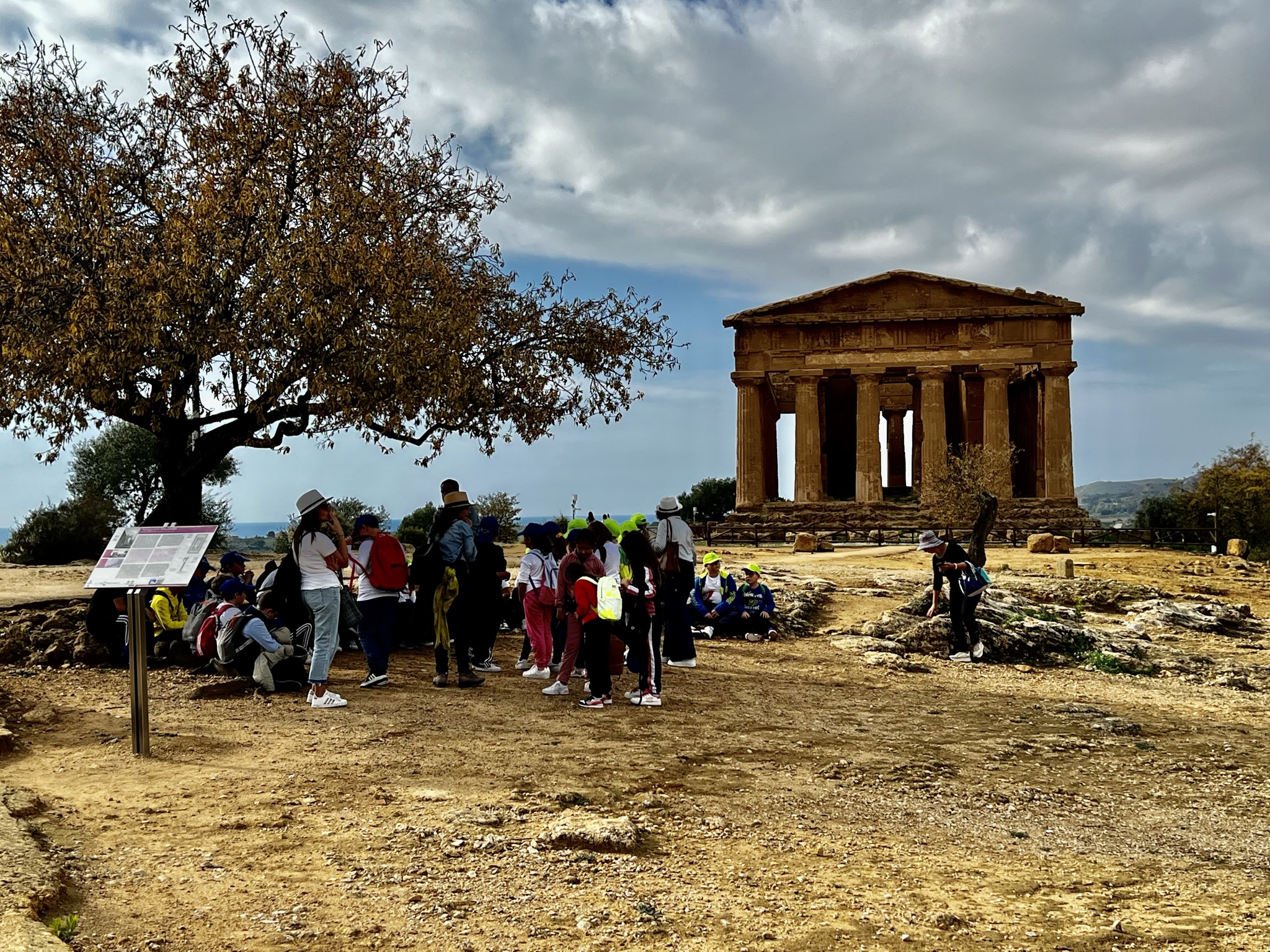
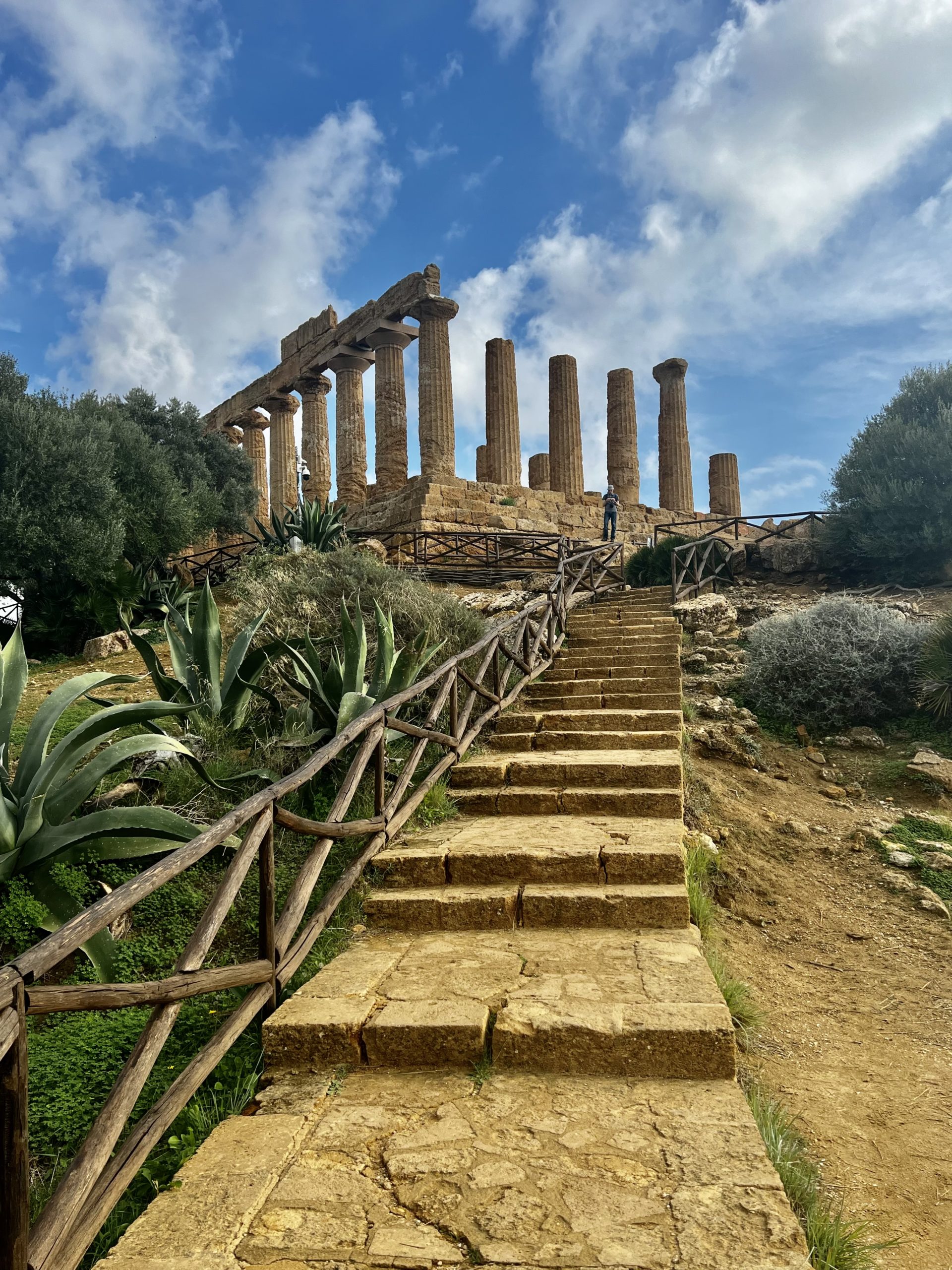
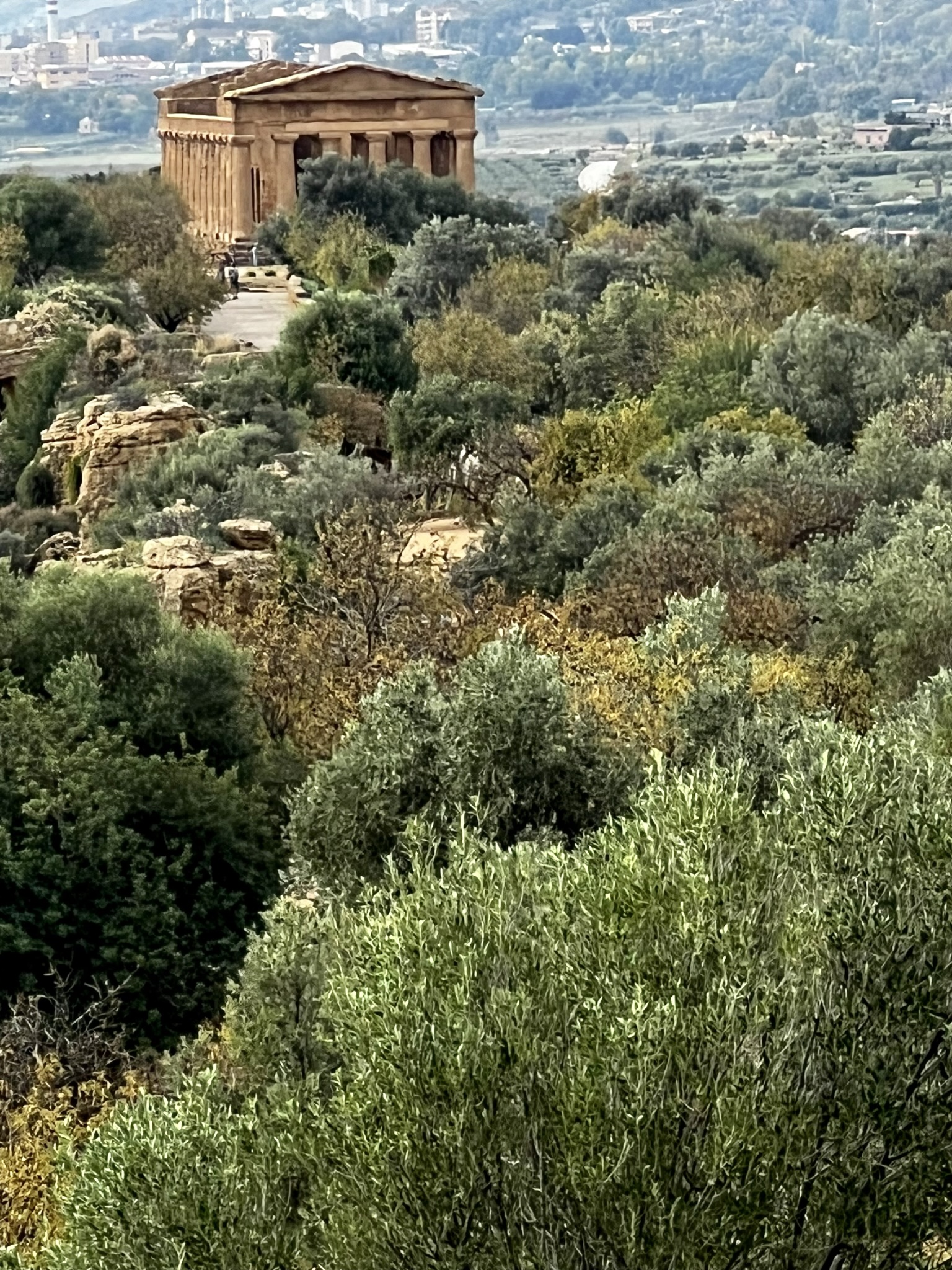
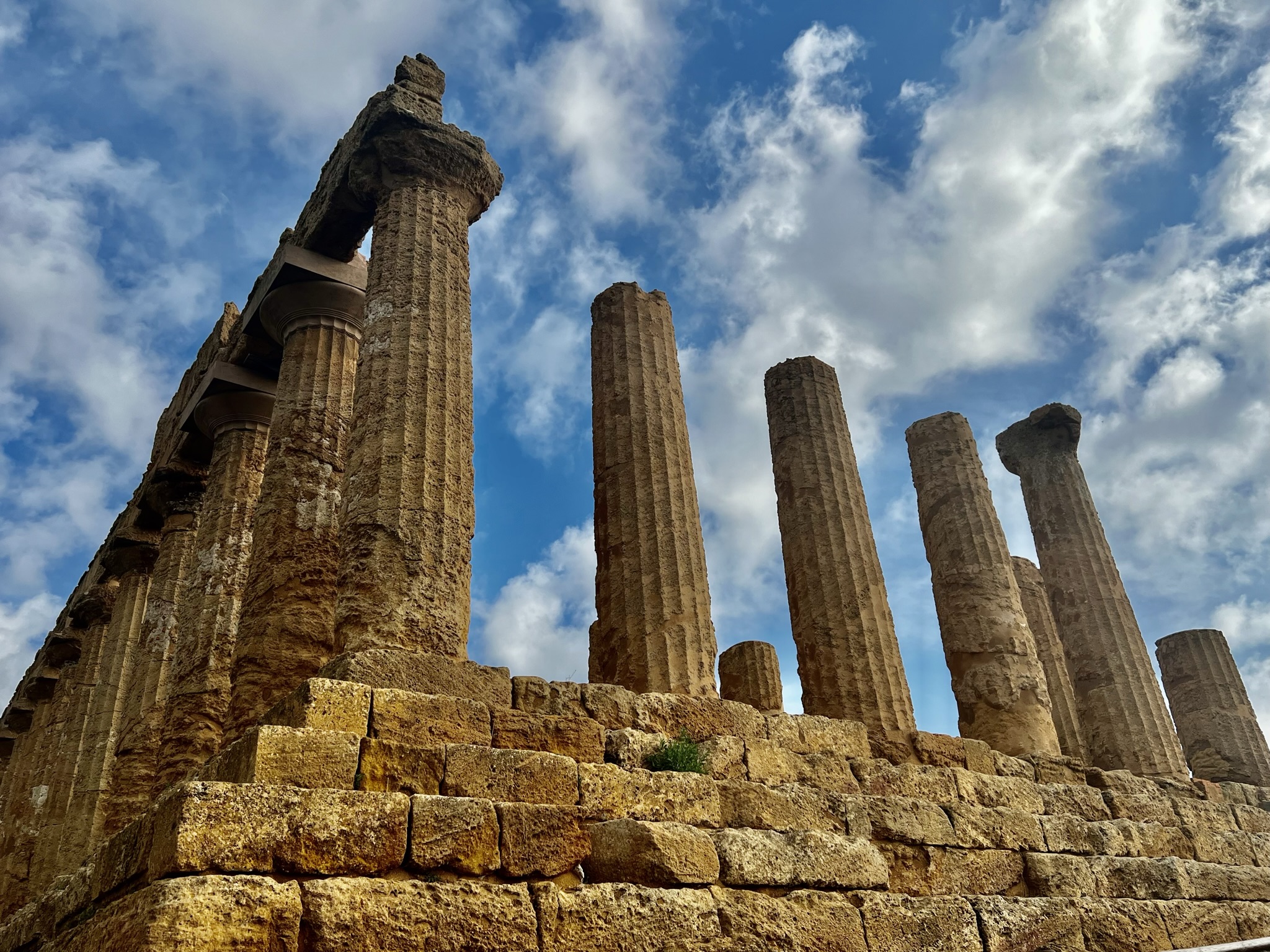
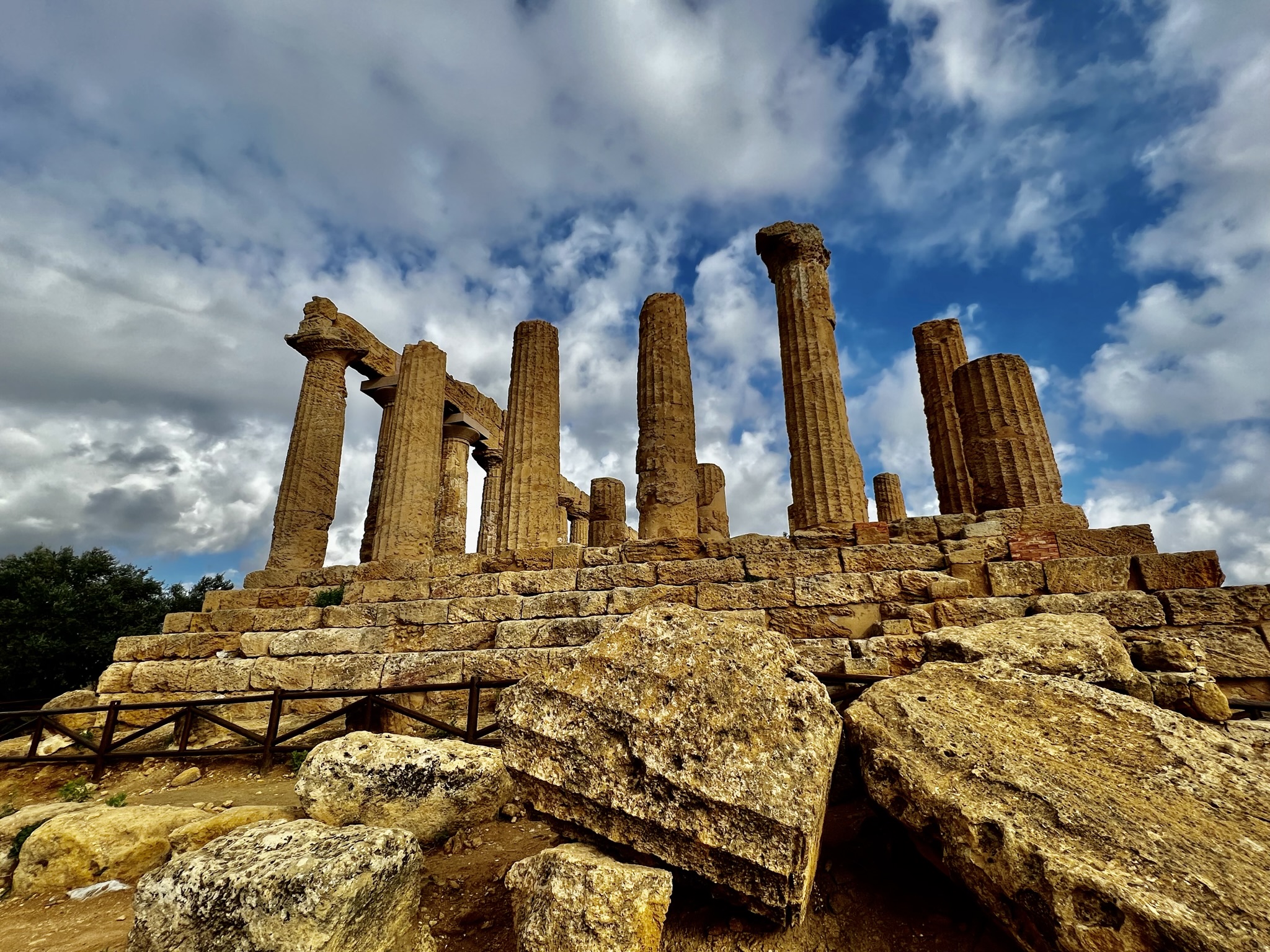
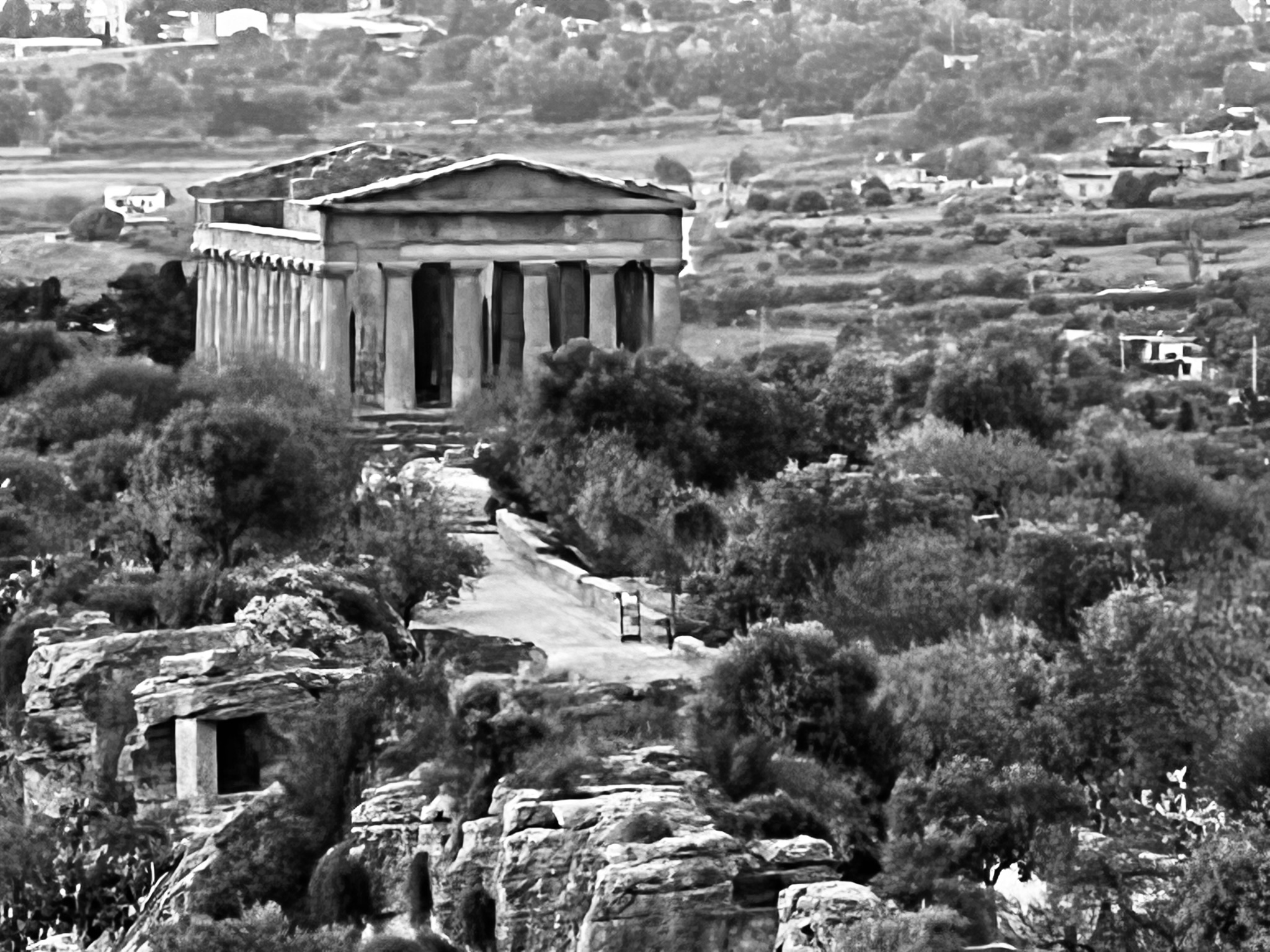
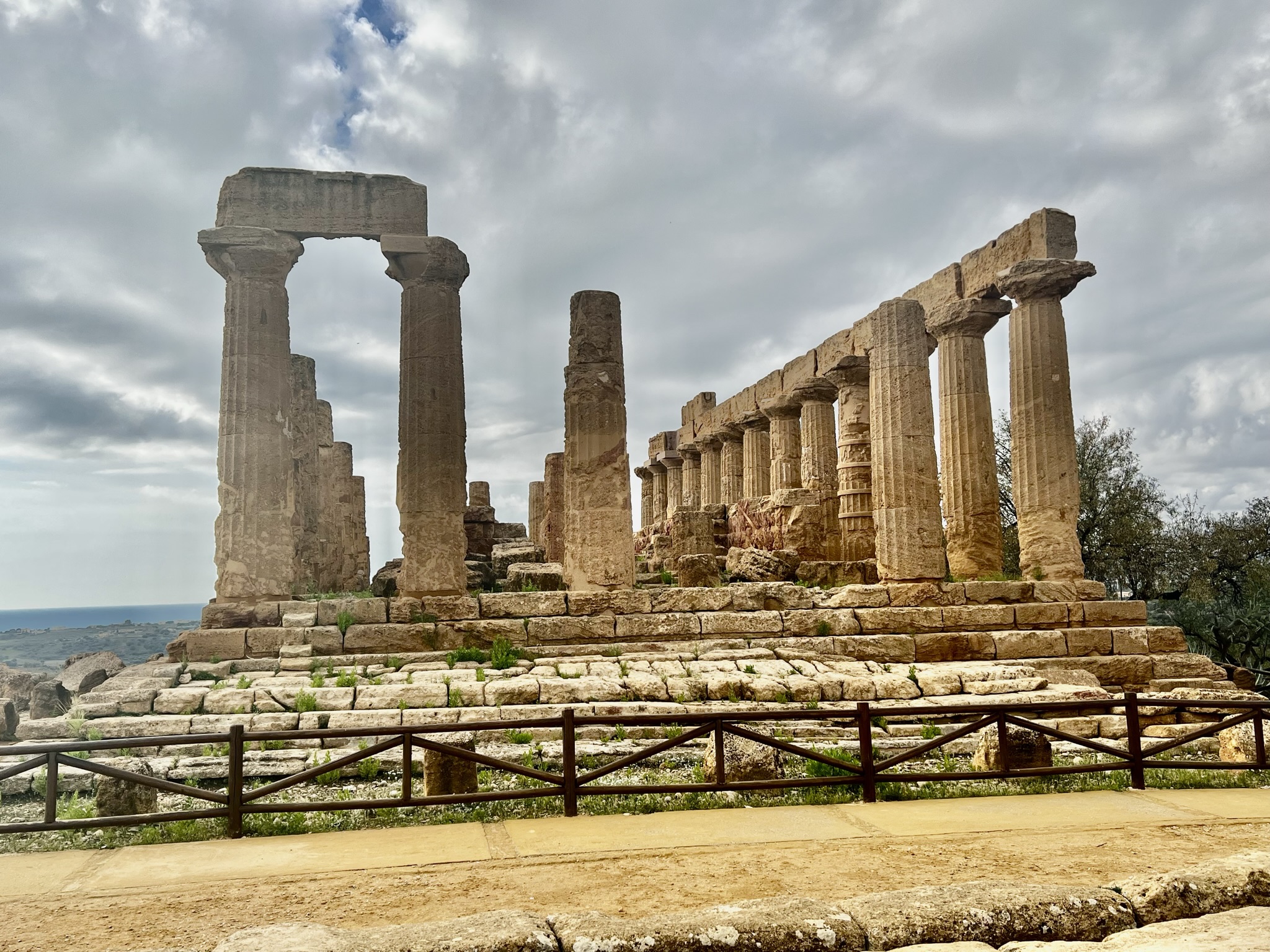
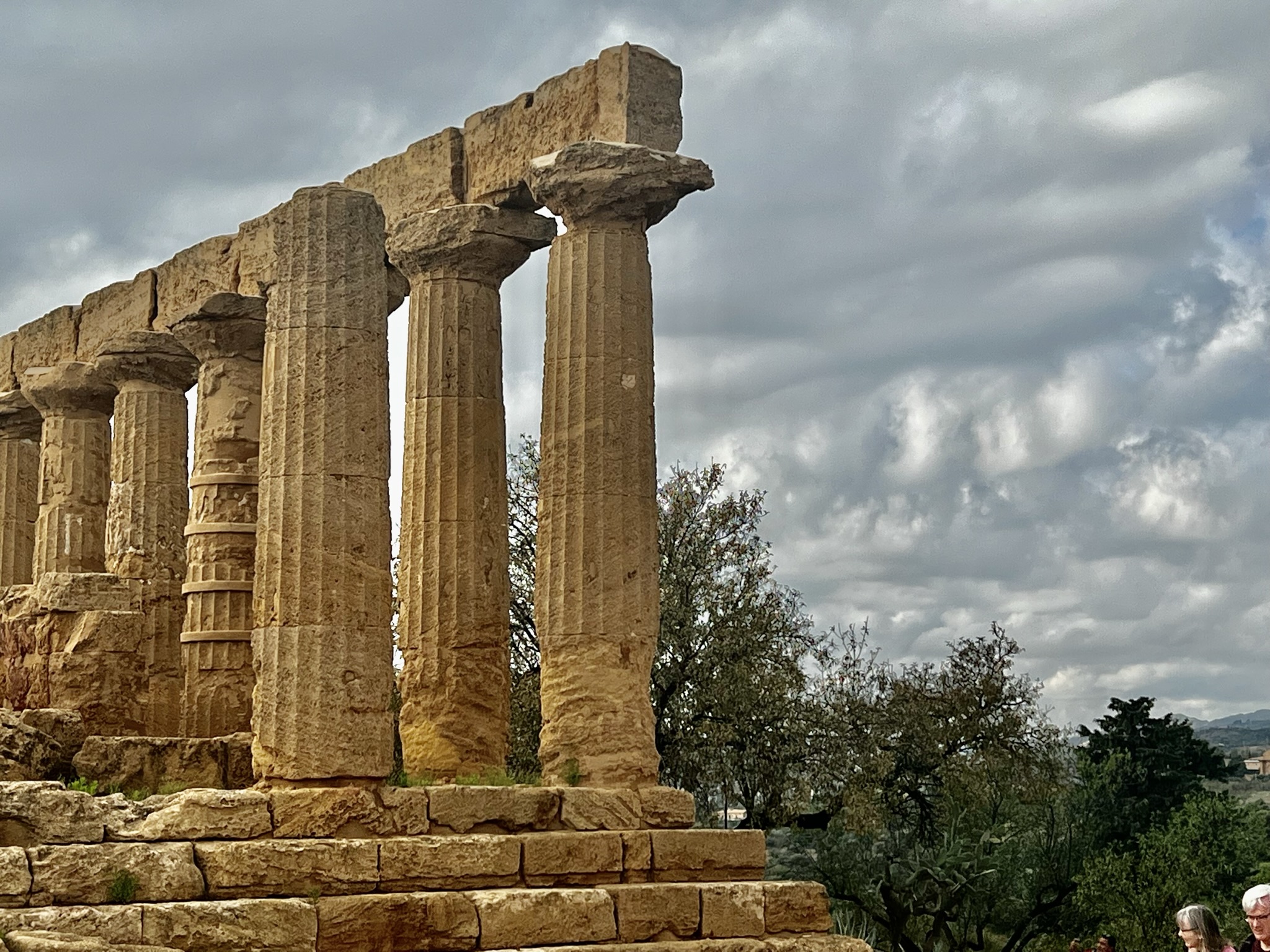

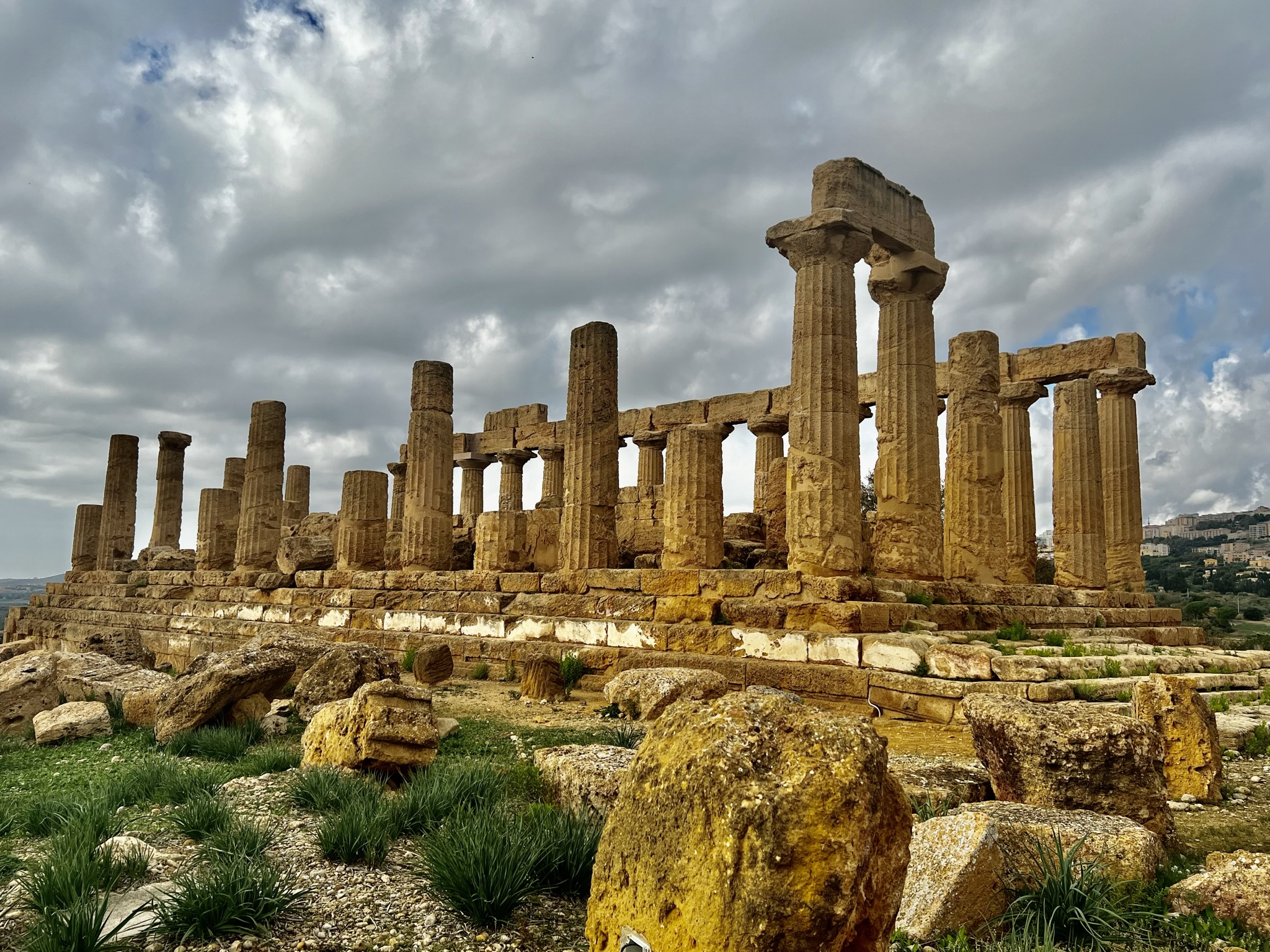


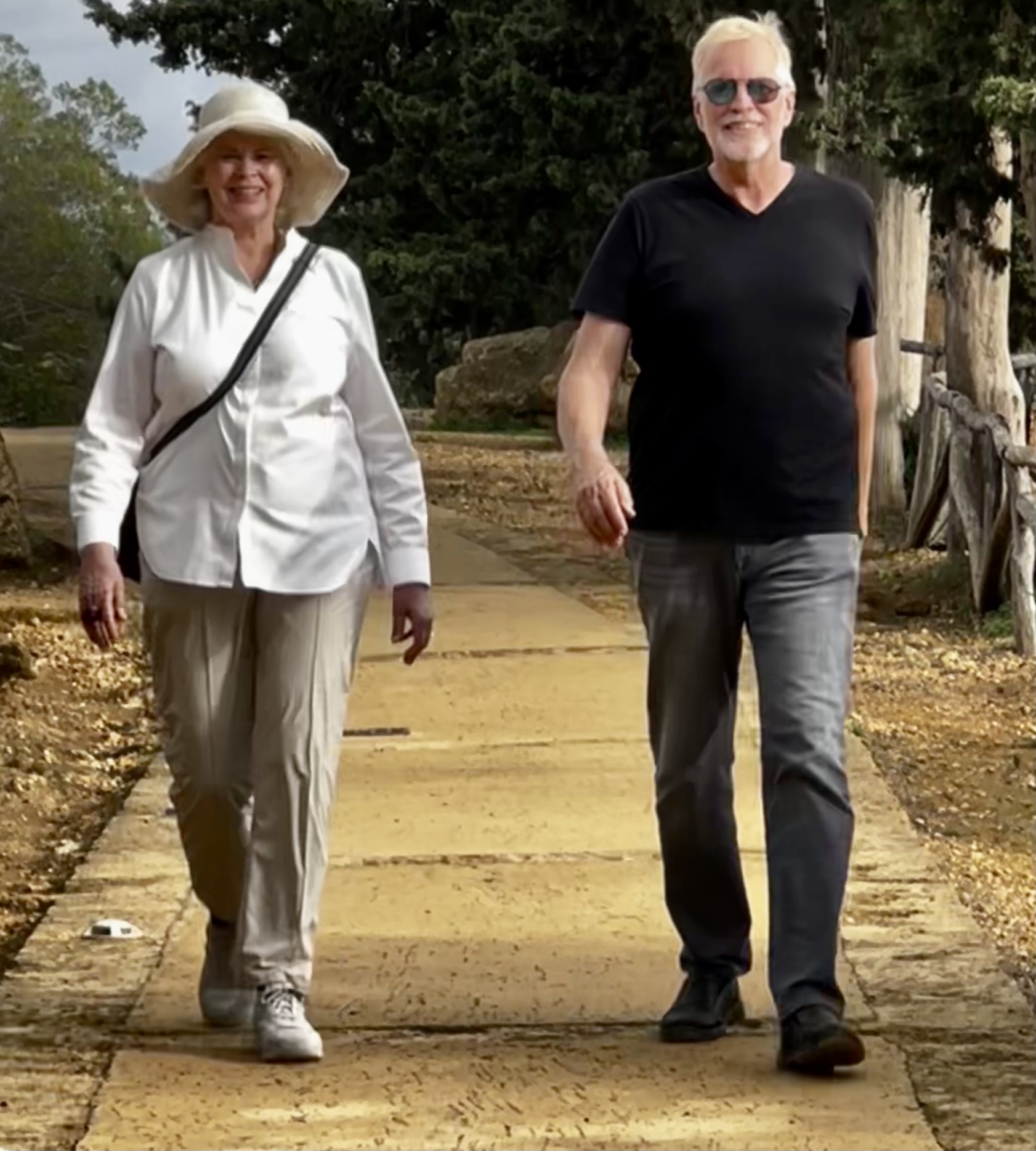

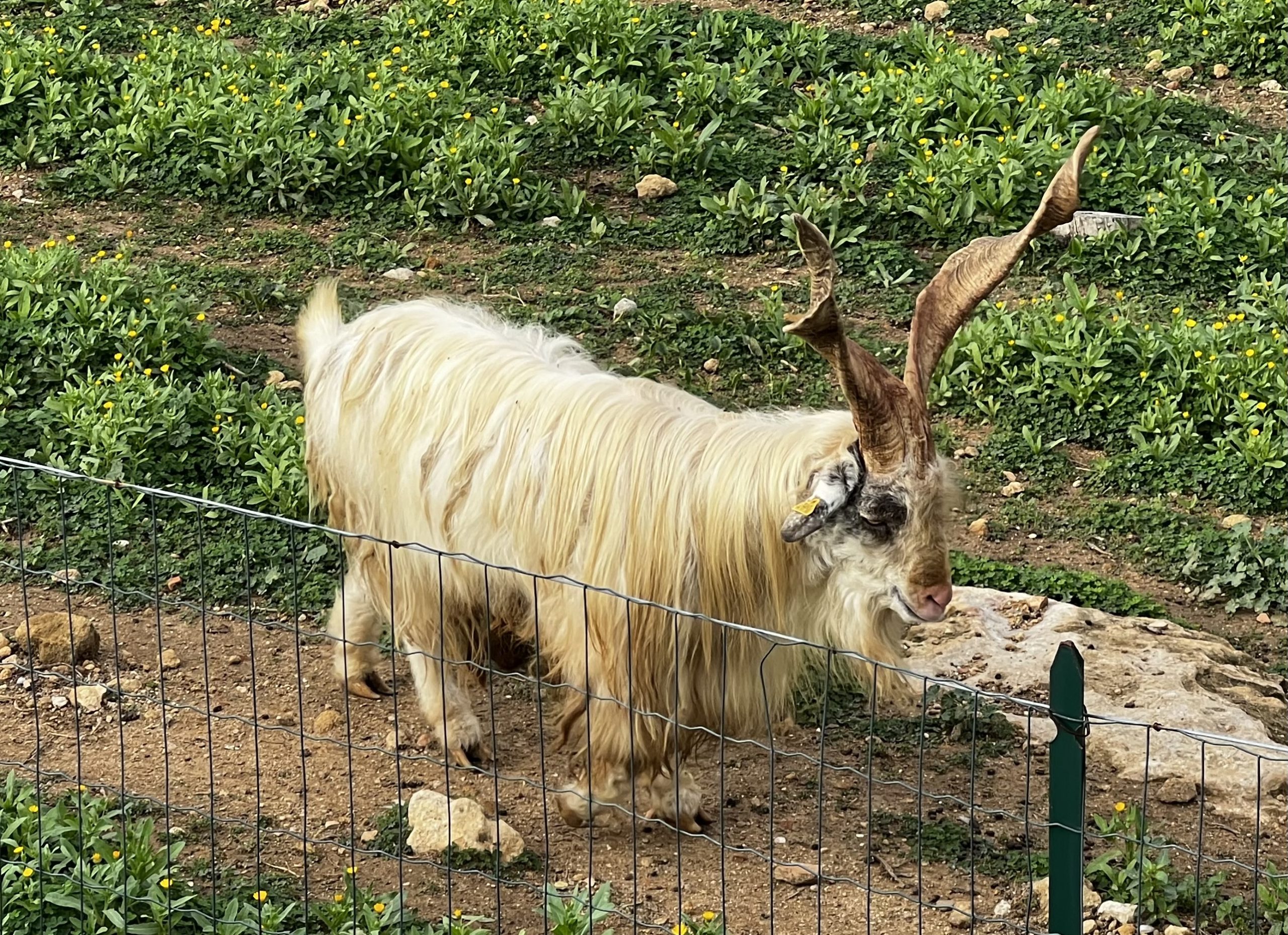
Strolling
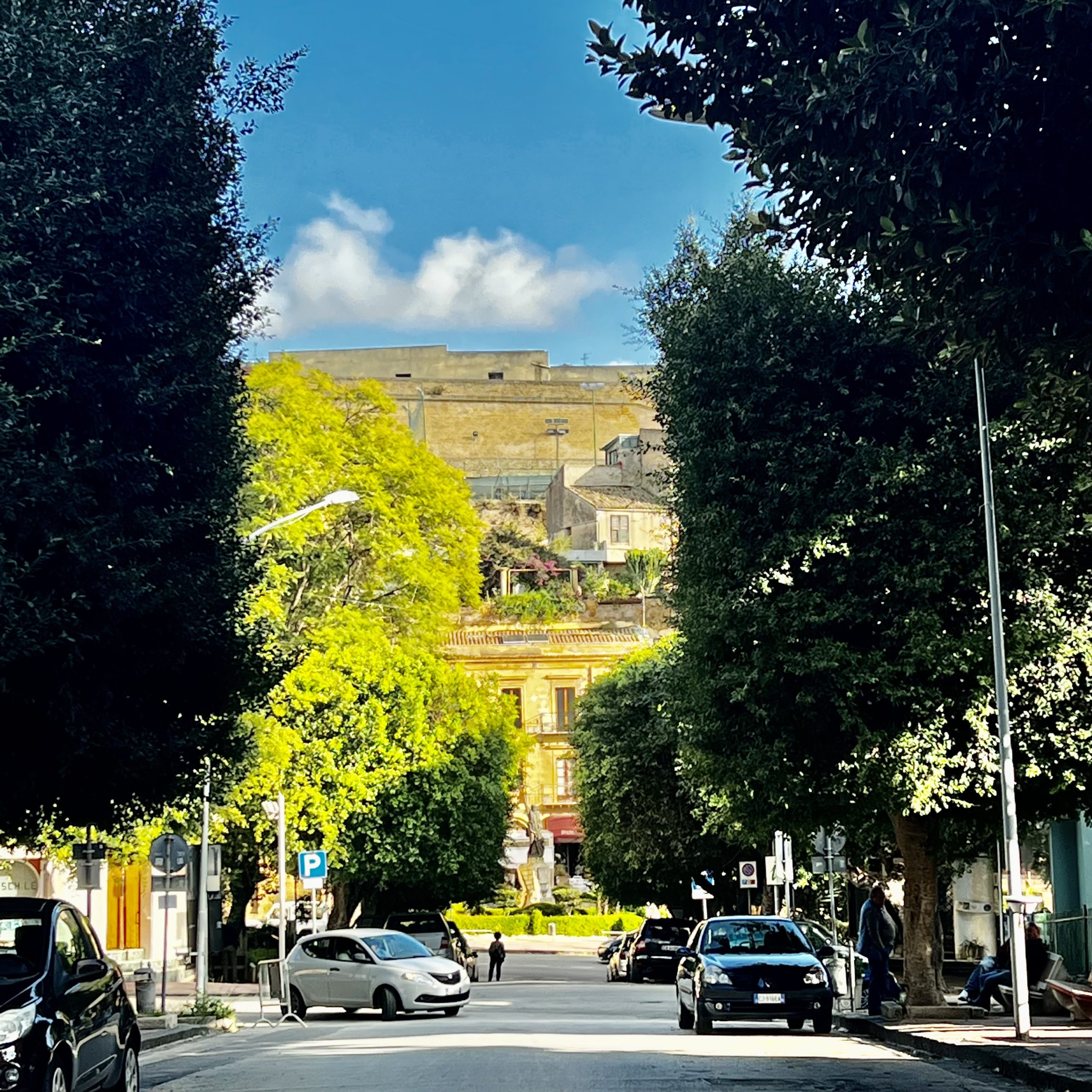
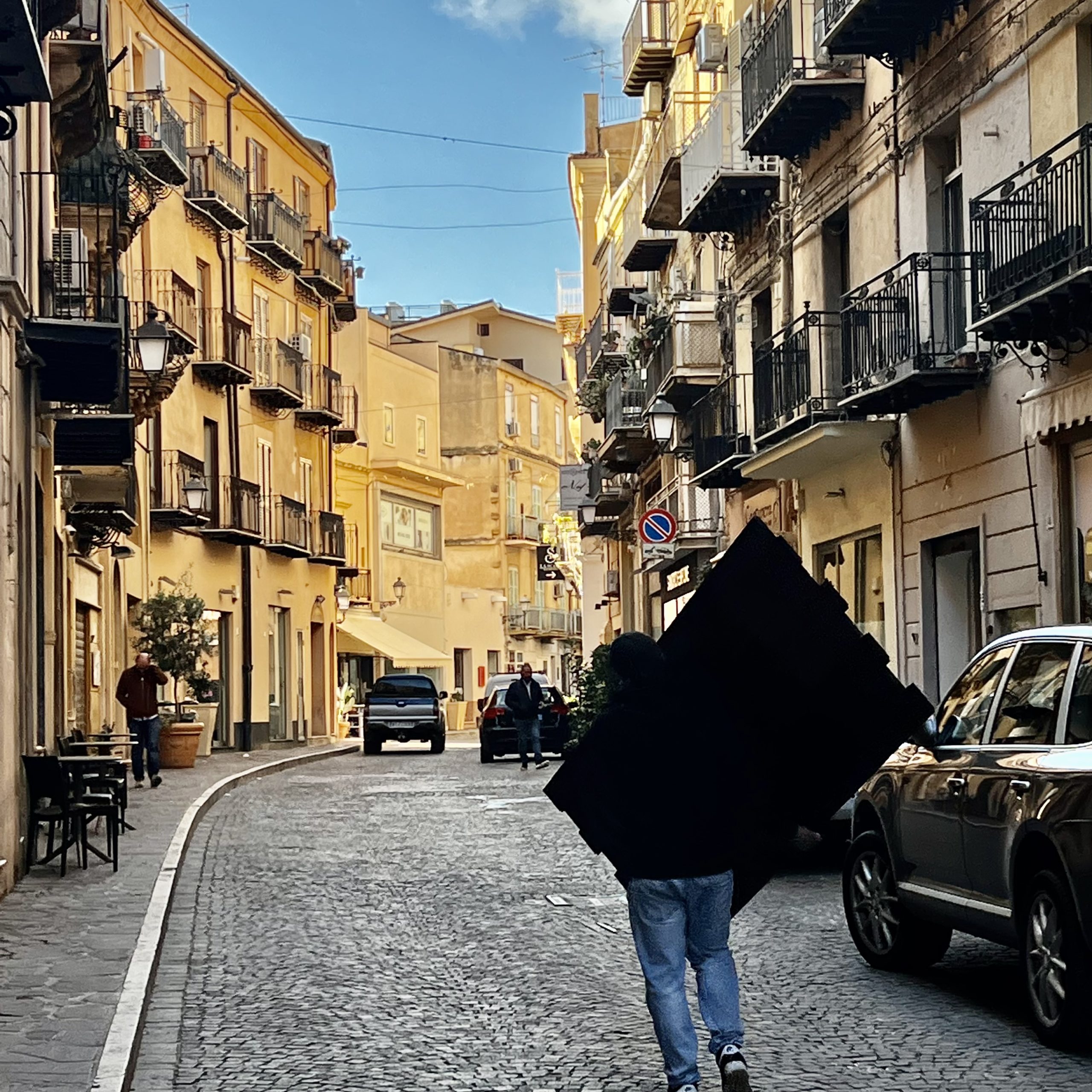
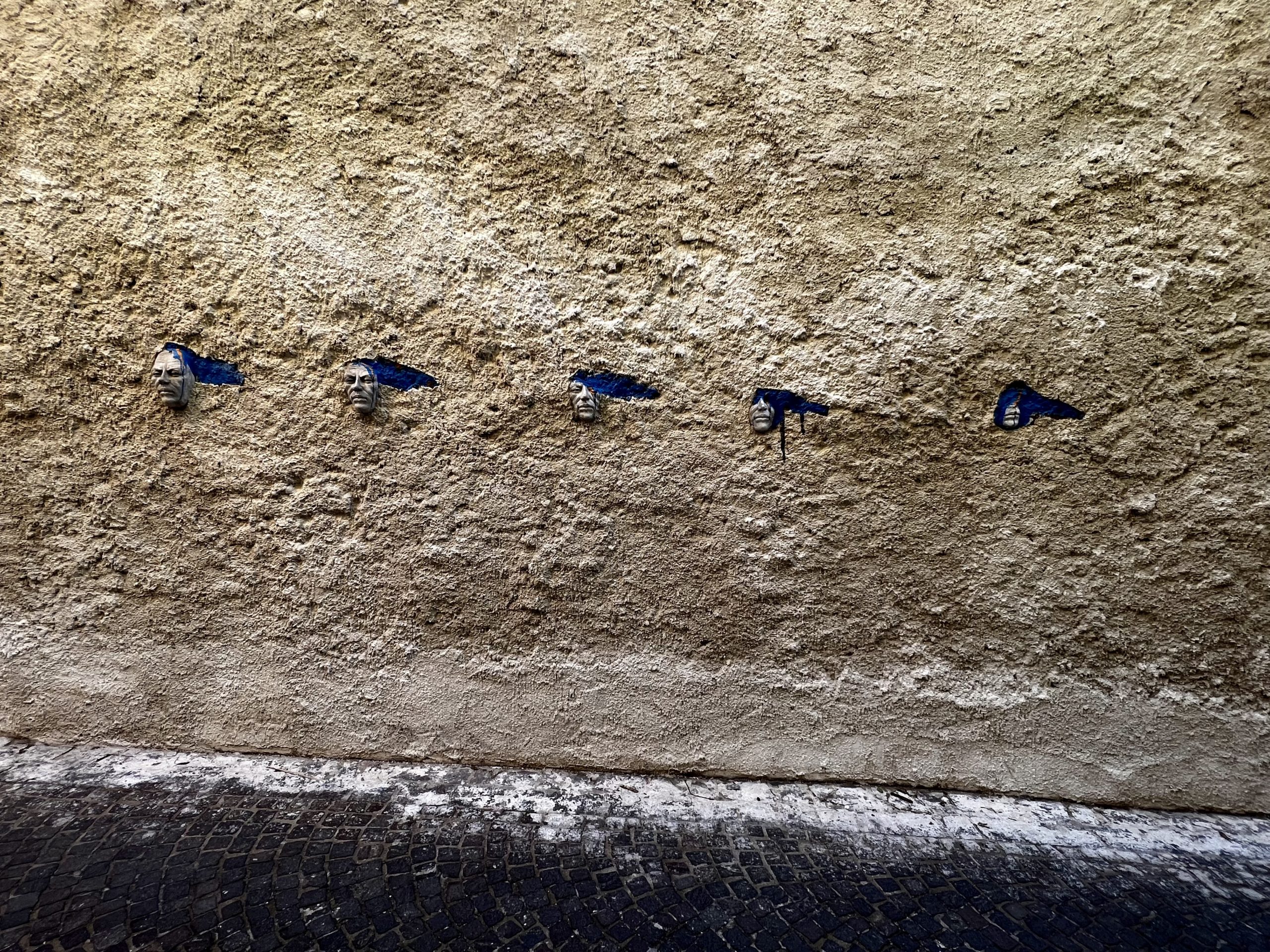
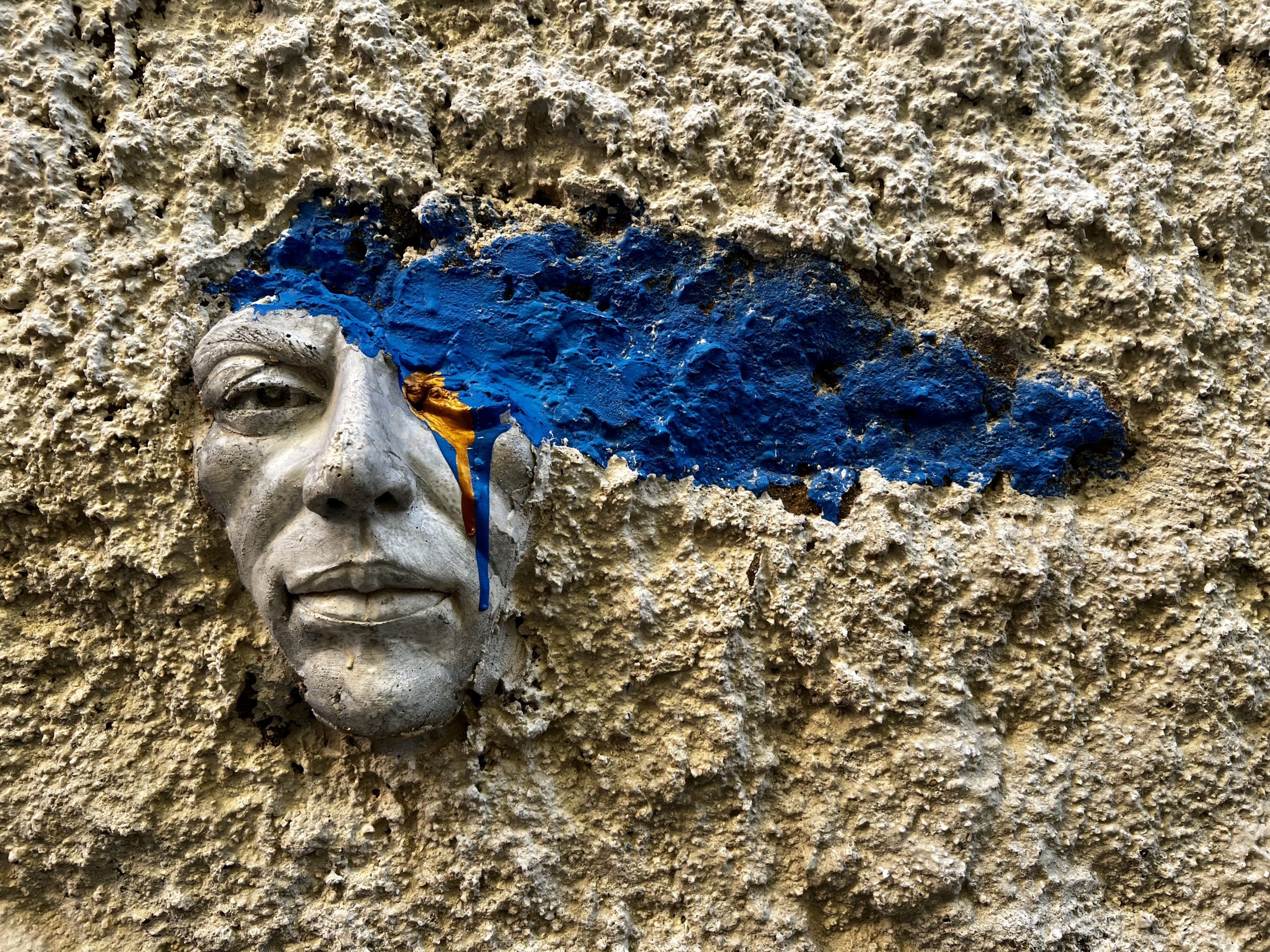
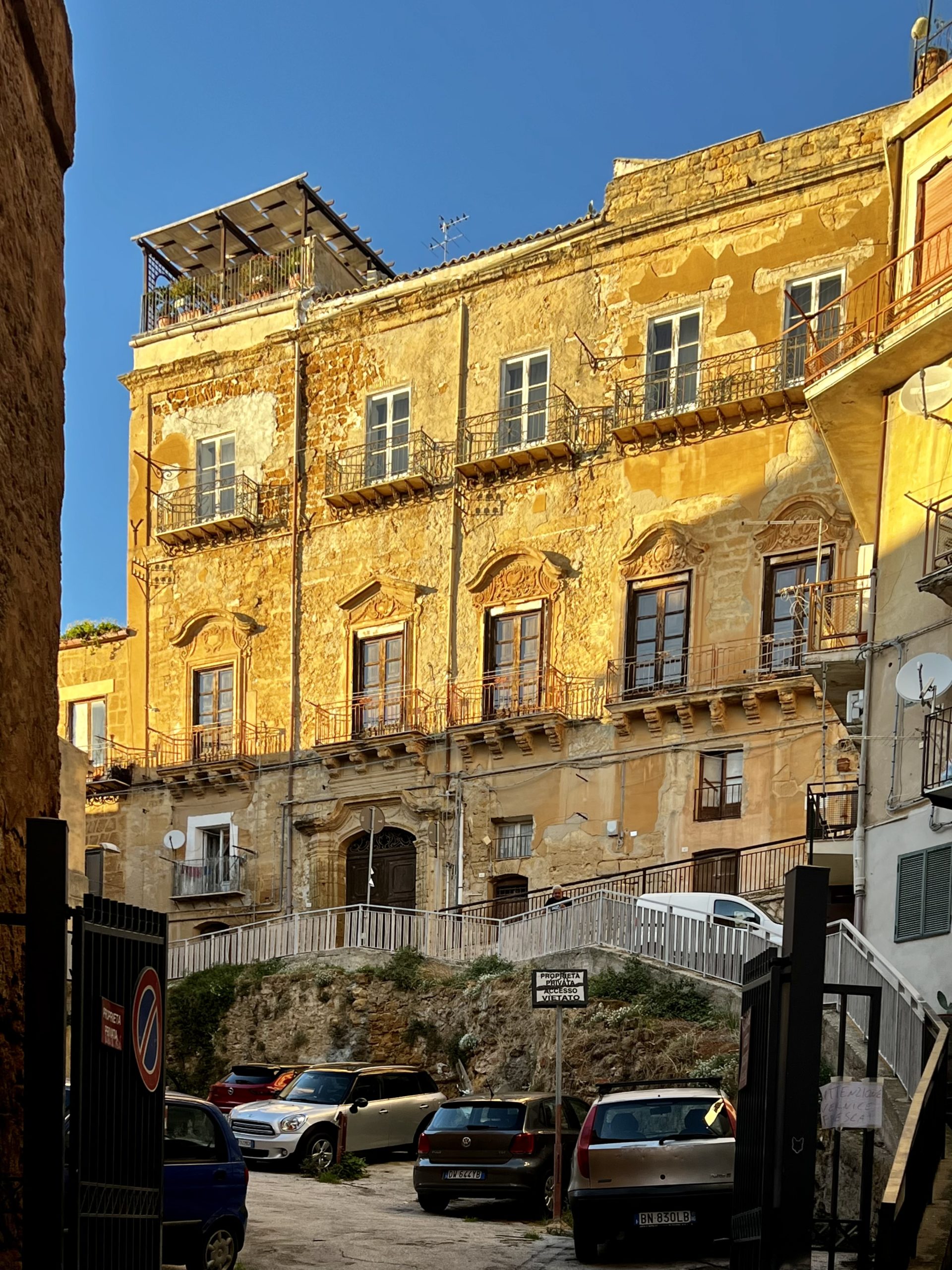
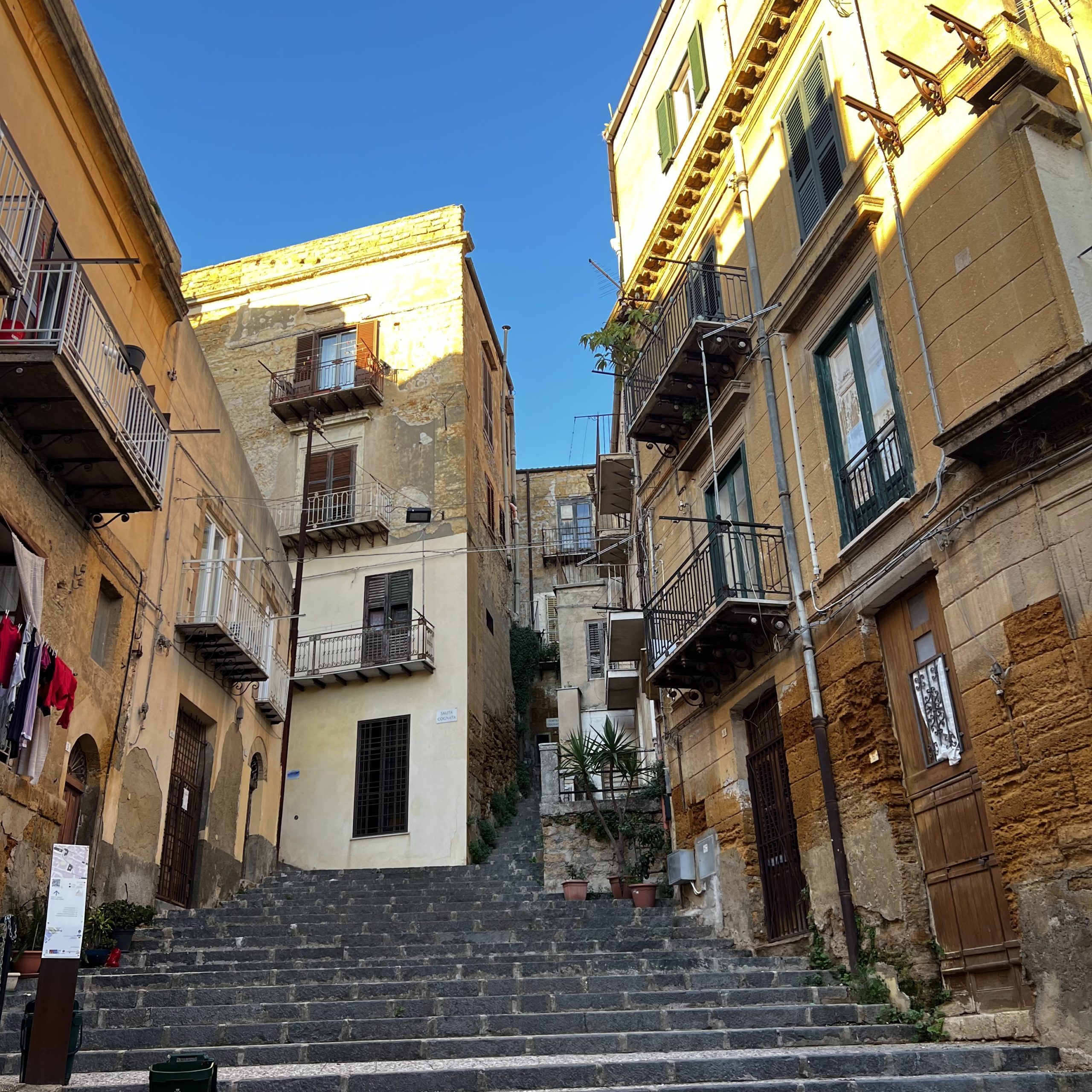
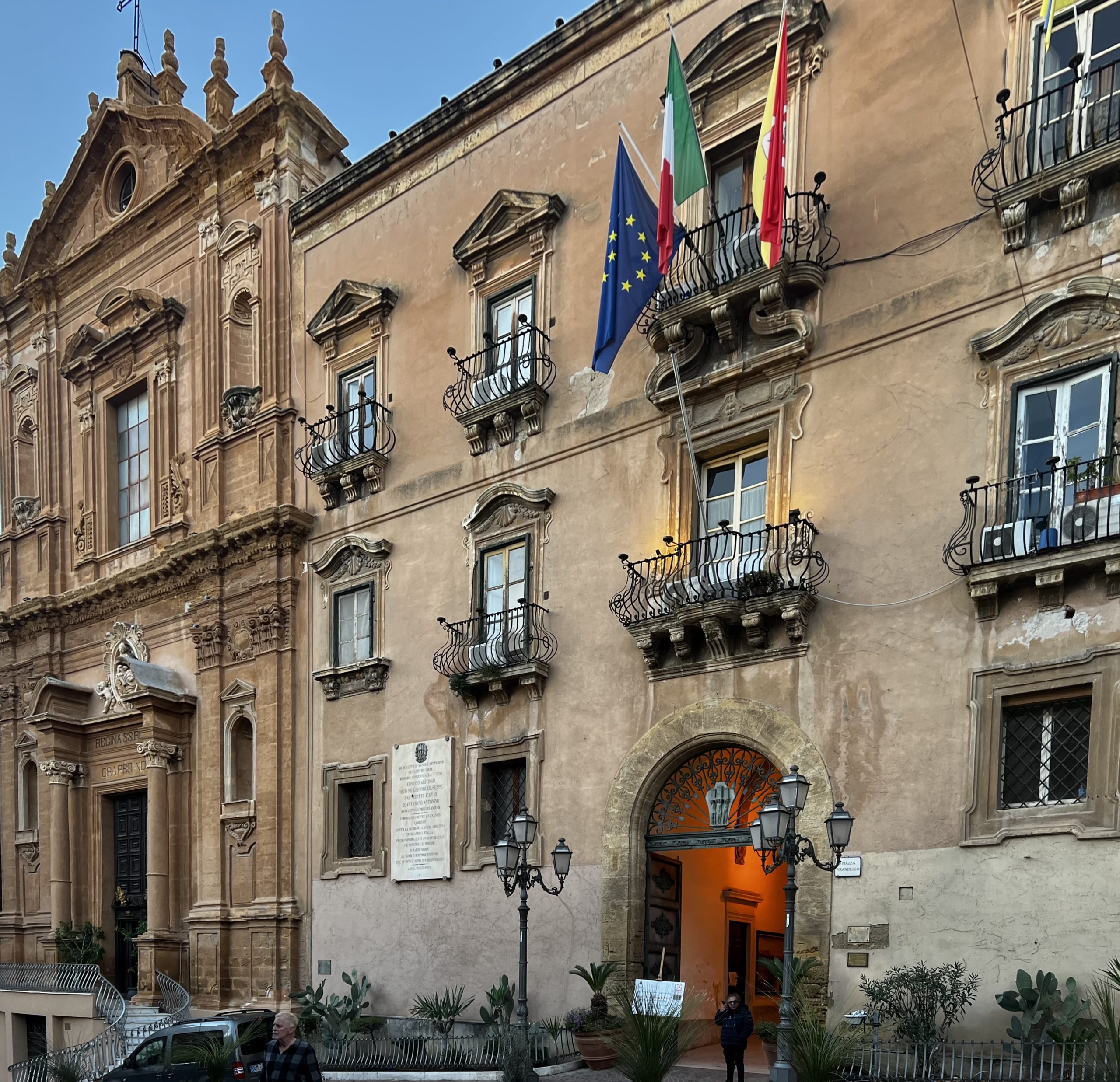


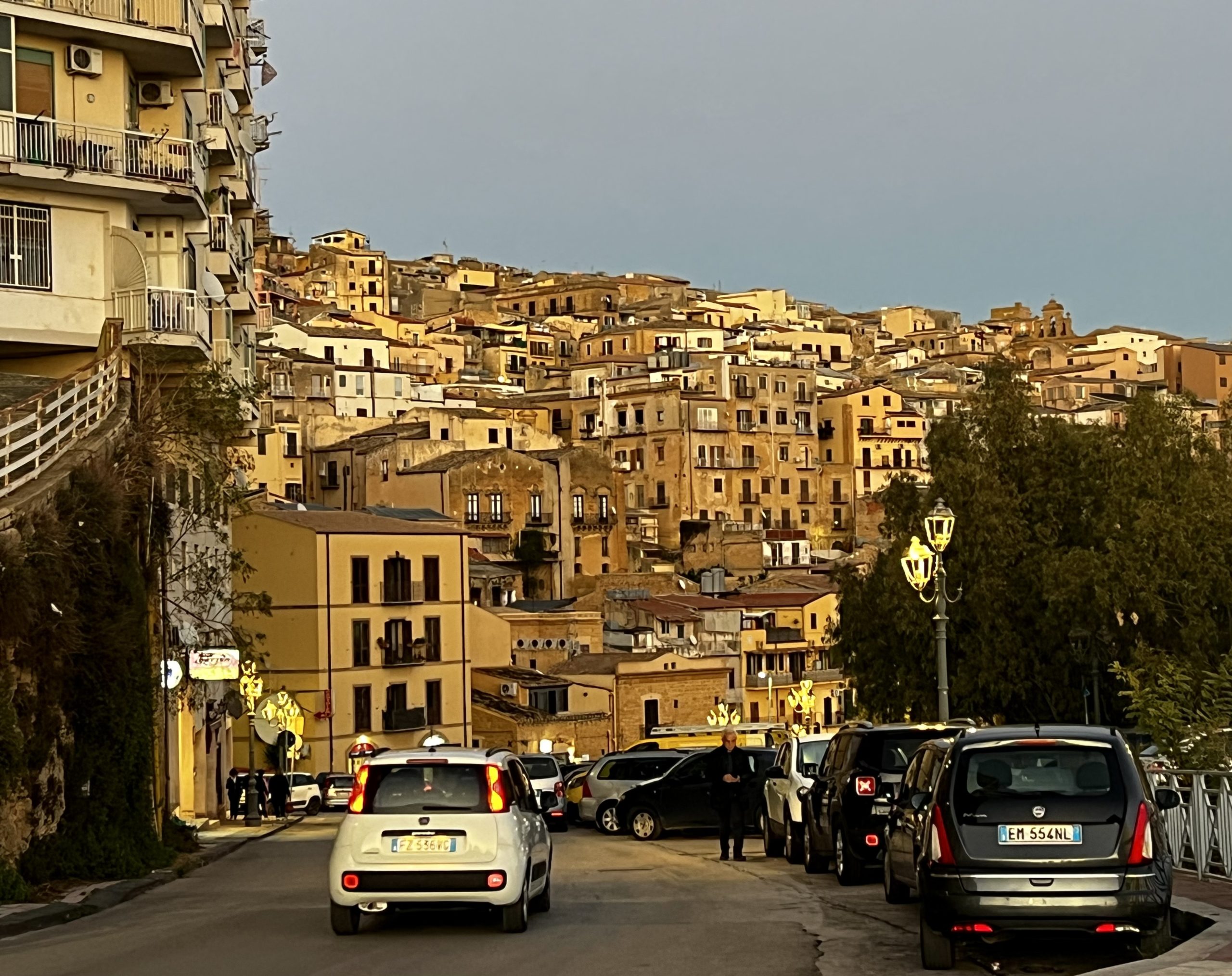
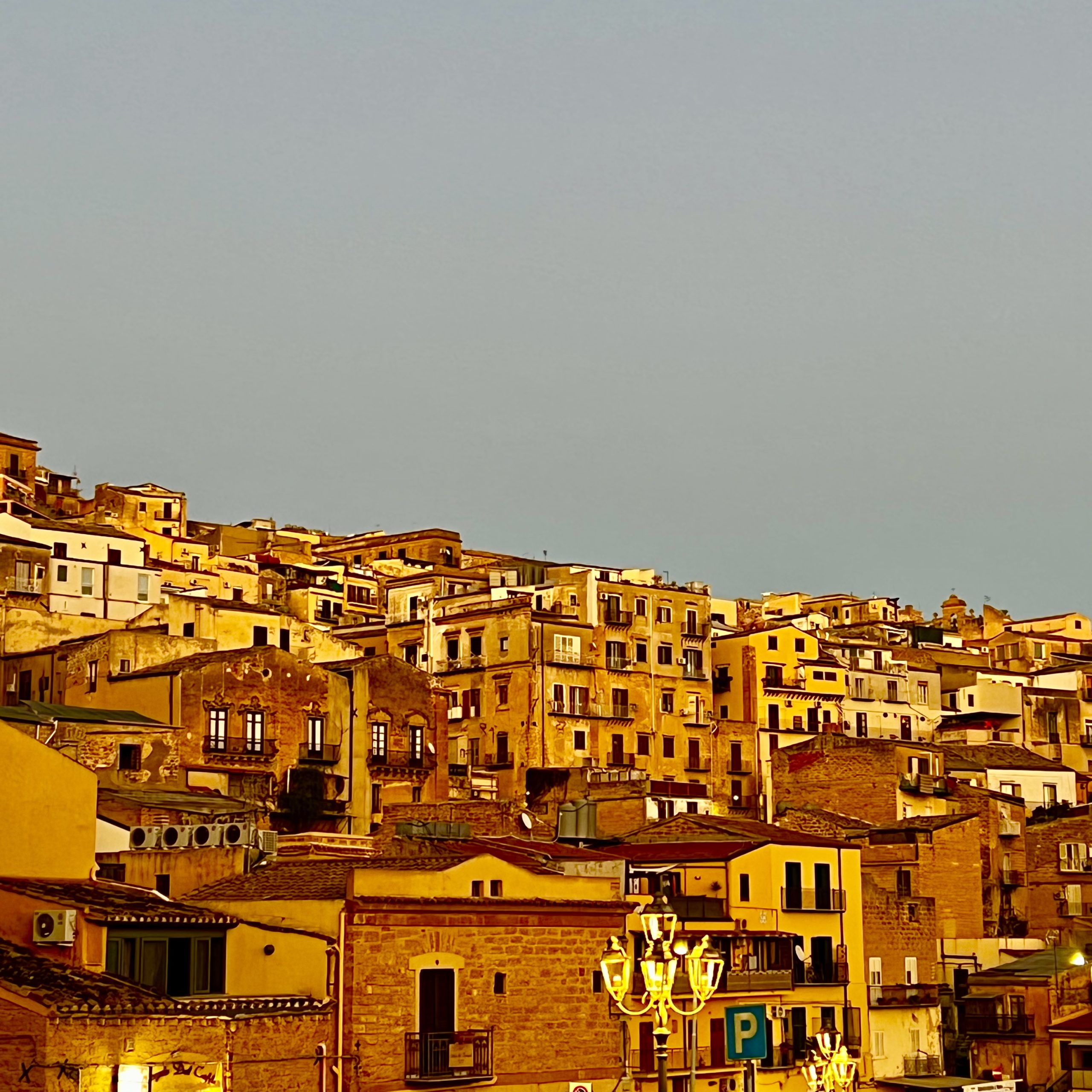
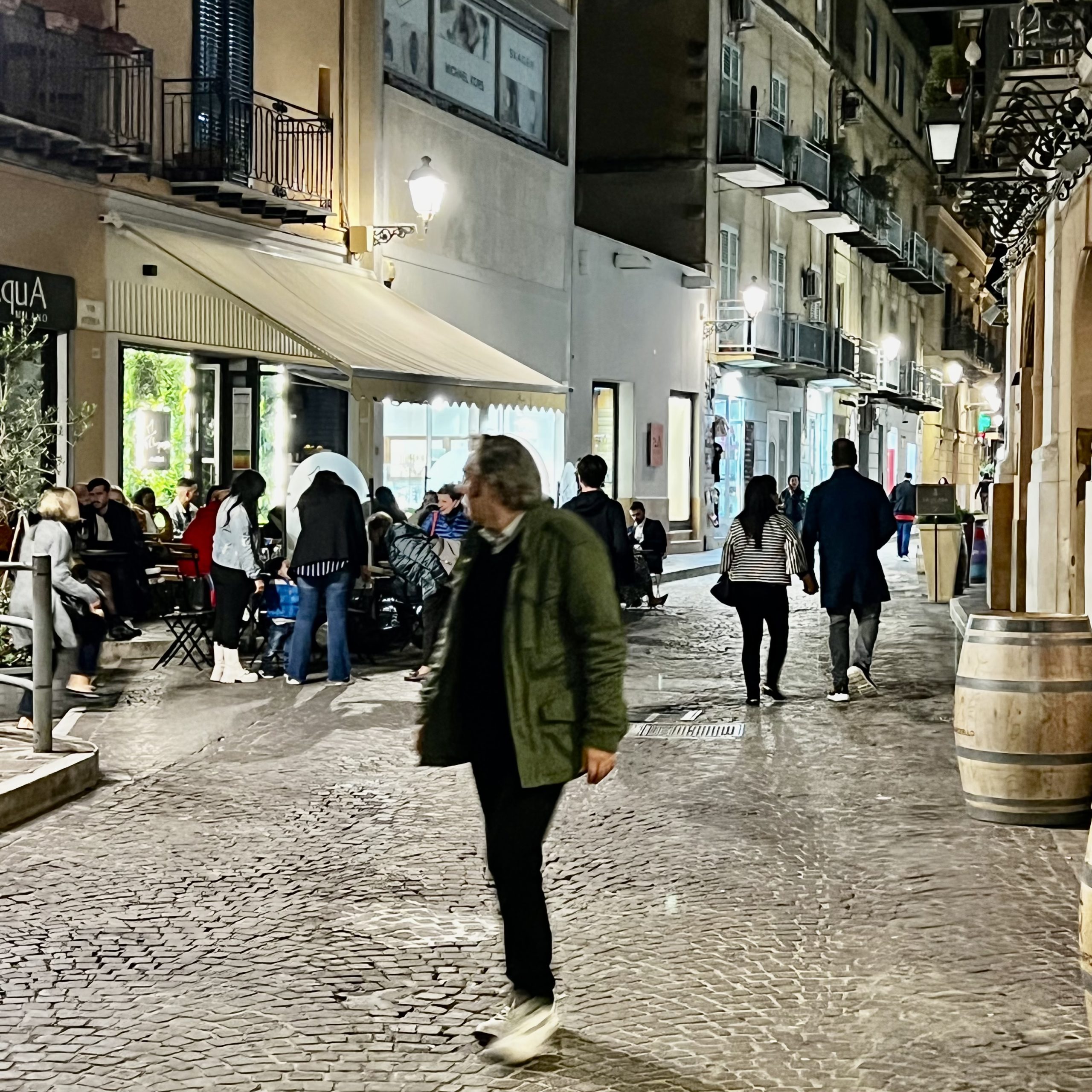
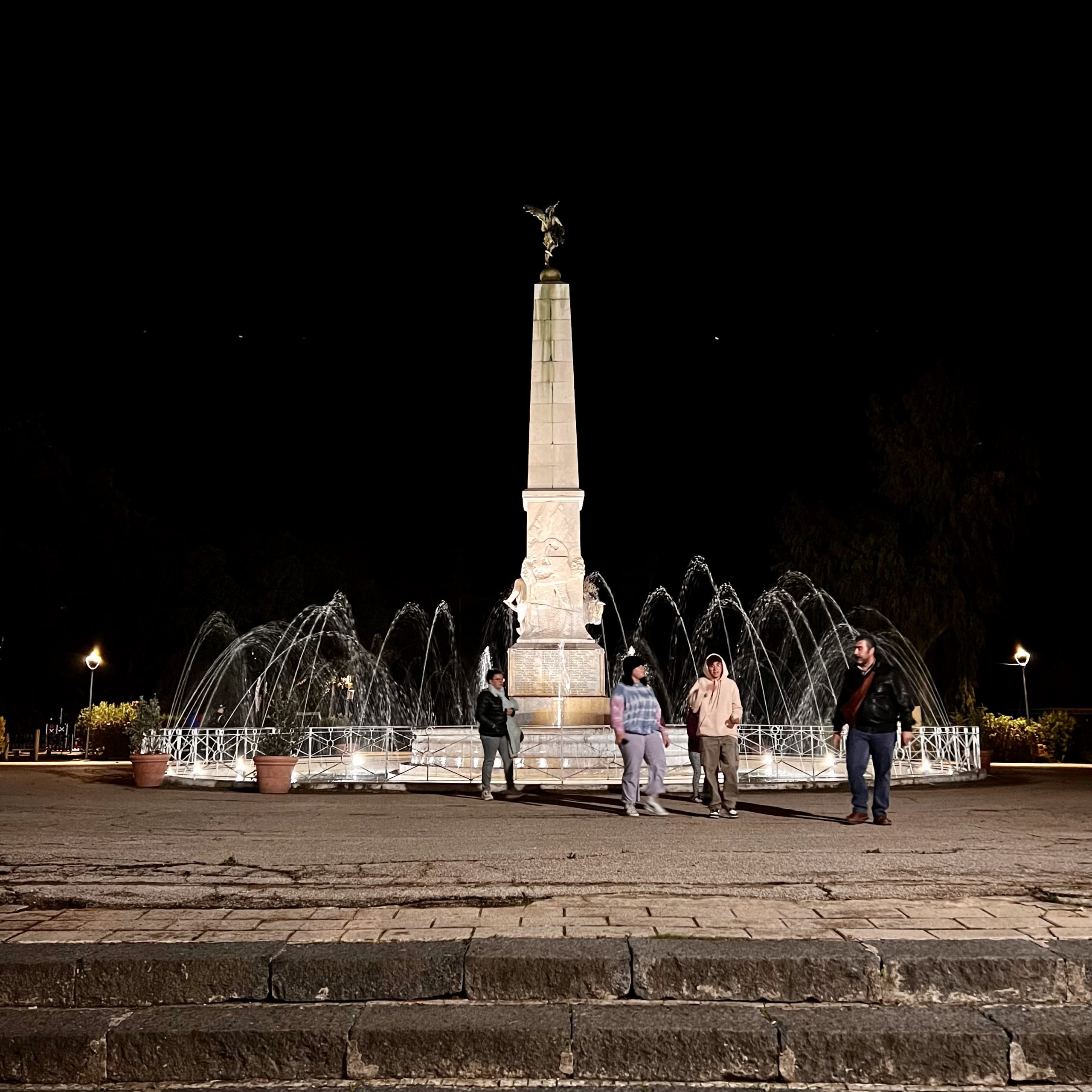

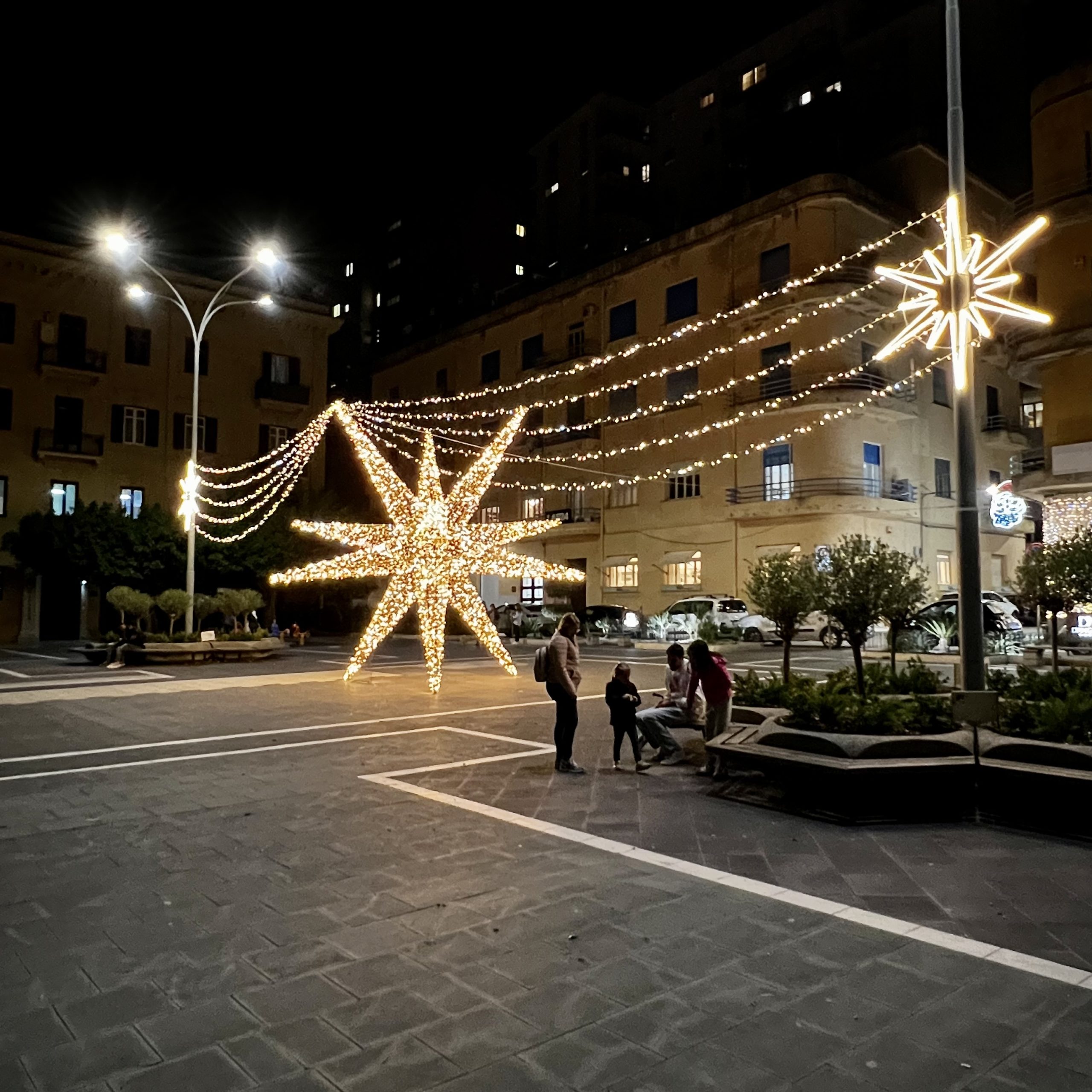
Complesso Monumentale S. Spirito
You might ask why Richard and Bonnie were so keen on going to this religious site—a church and convent tucked away on a back street of Agrigento. Turns out that not only is the church spectacular, but so are the marzipan cookies that the nuns make. It took a couple of conversations in Italian with a nun doing embroidery and a few rings of the doorbell to get access, but well worth it. The complex is run by an order of French nuns founded in the 11th century – Cistercensi. The interior of the church is decorated entirely in white plaster sculpture highly polished to look like marble.
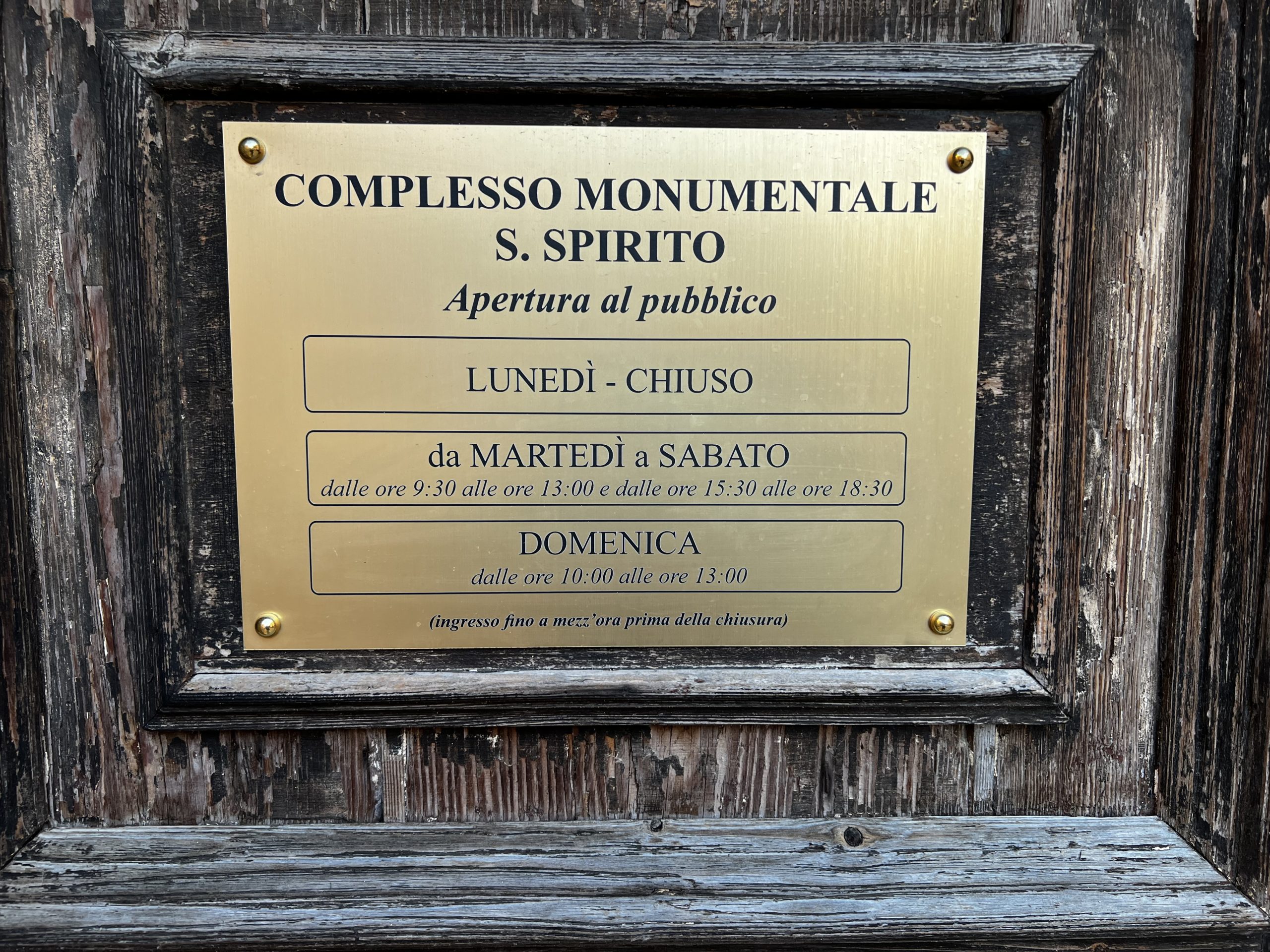
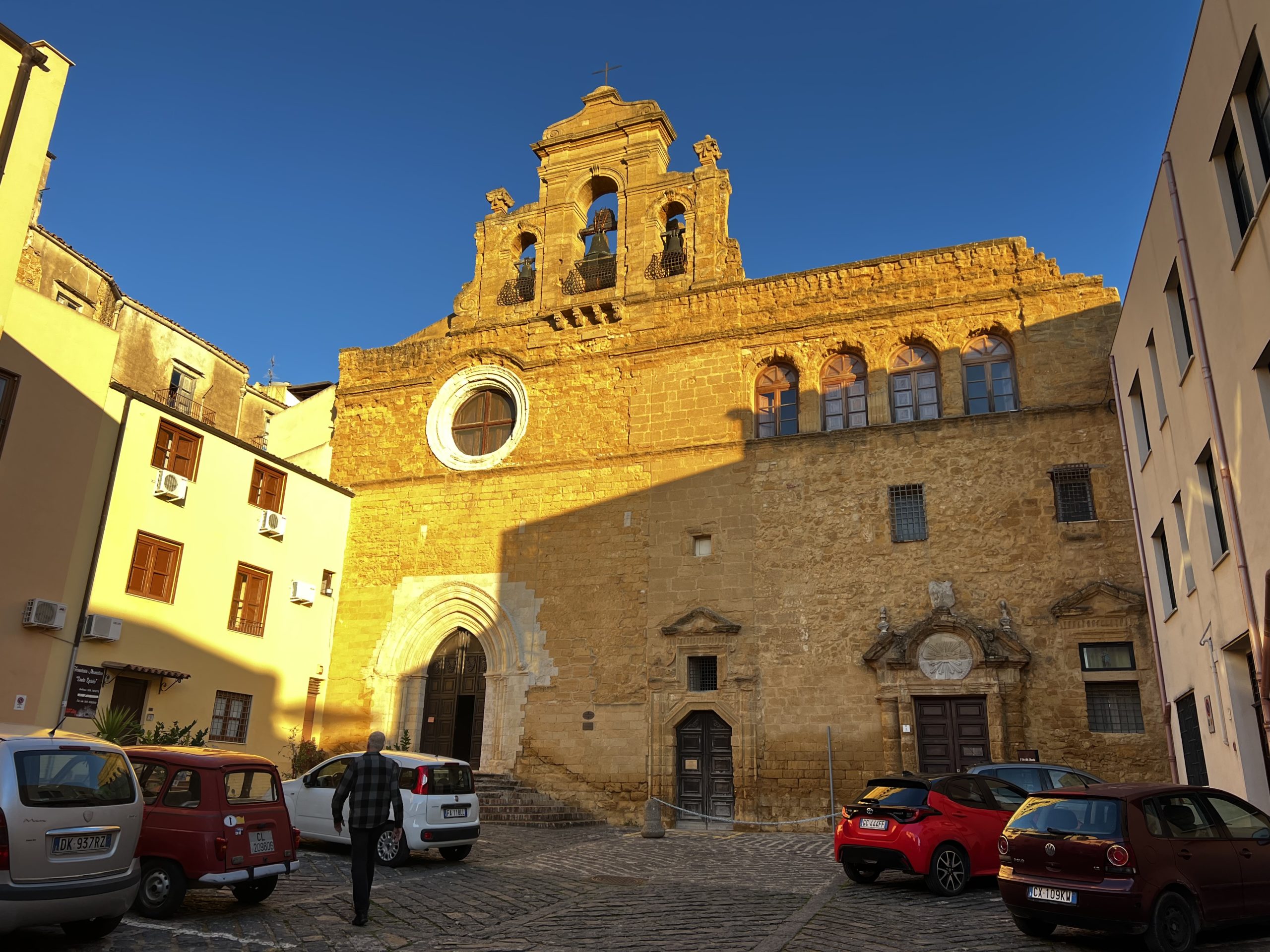
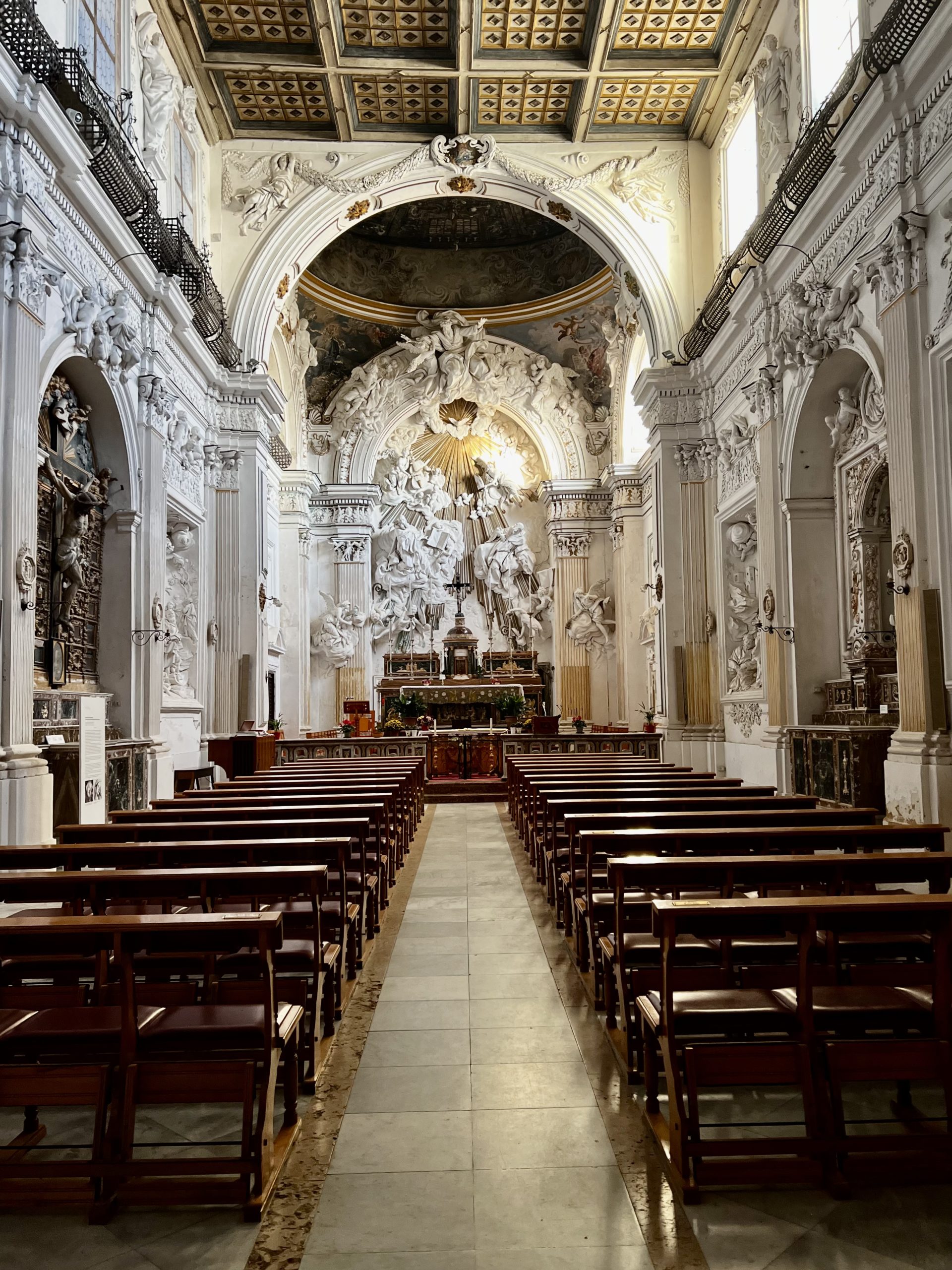
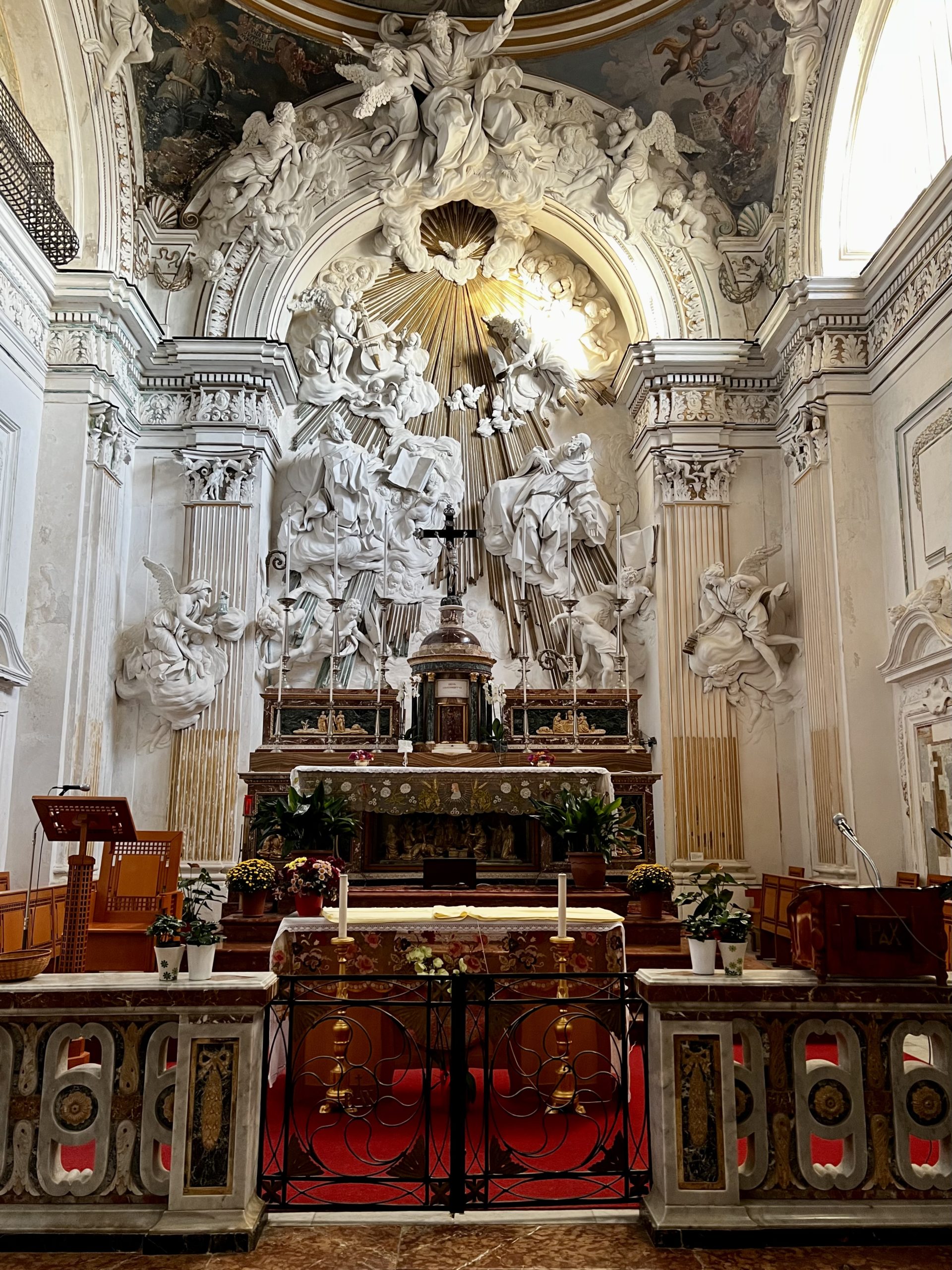


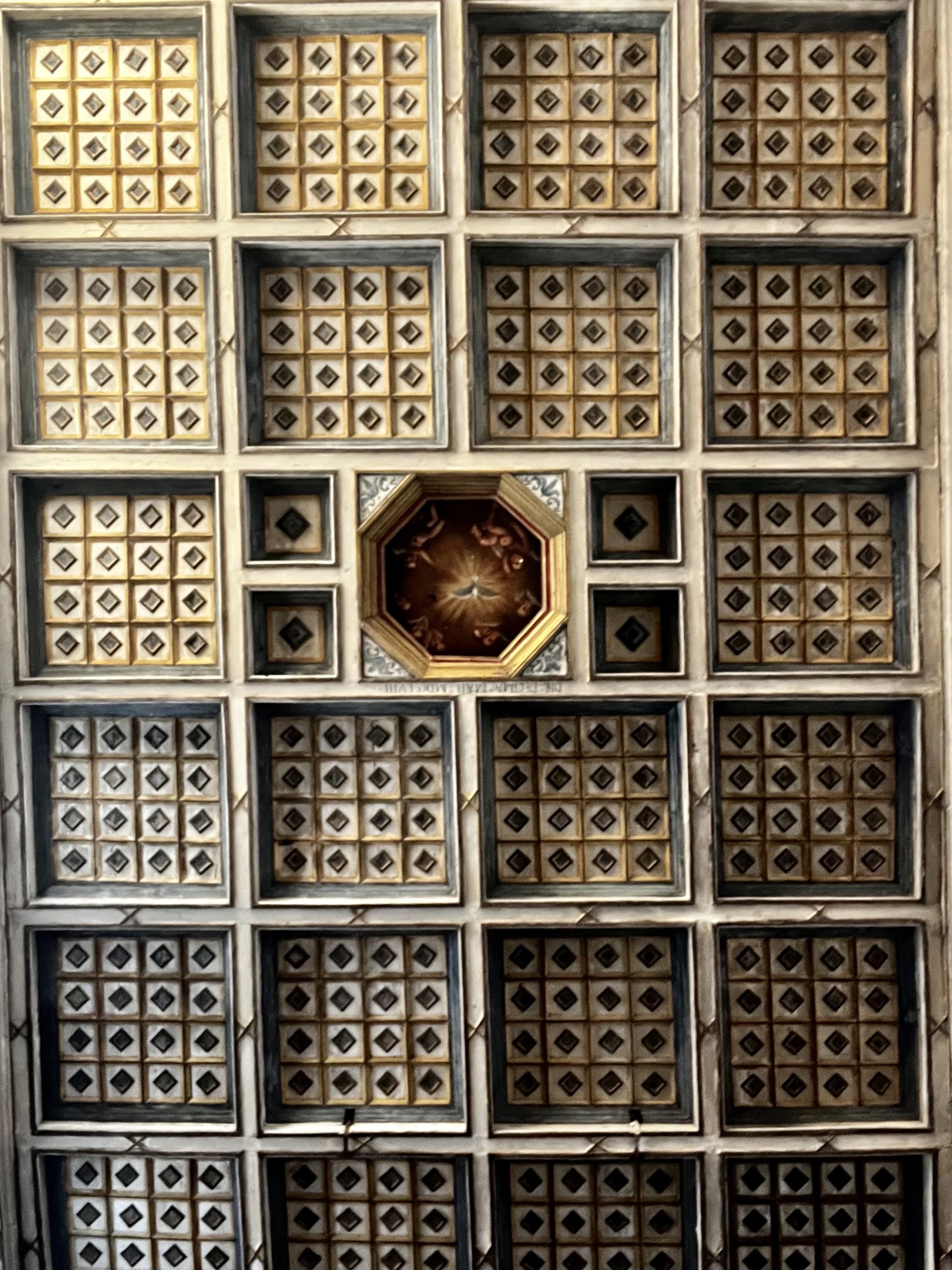
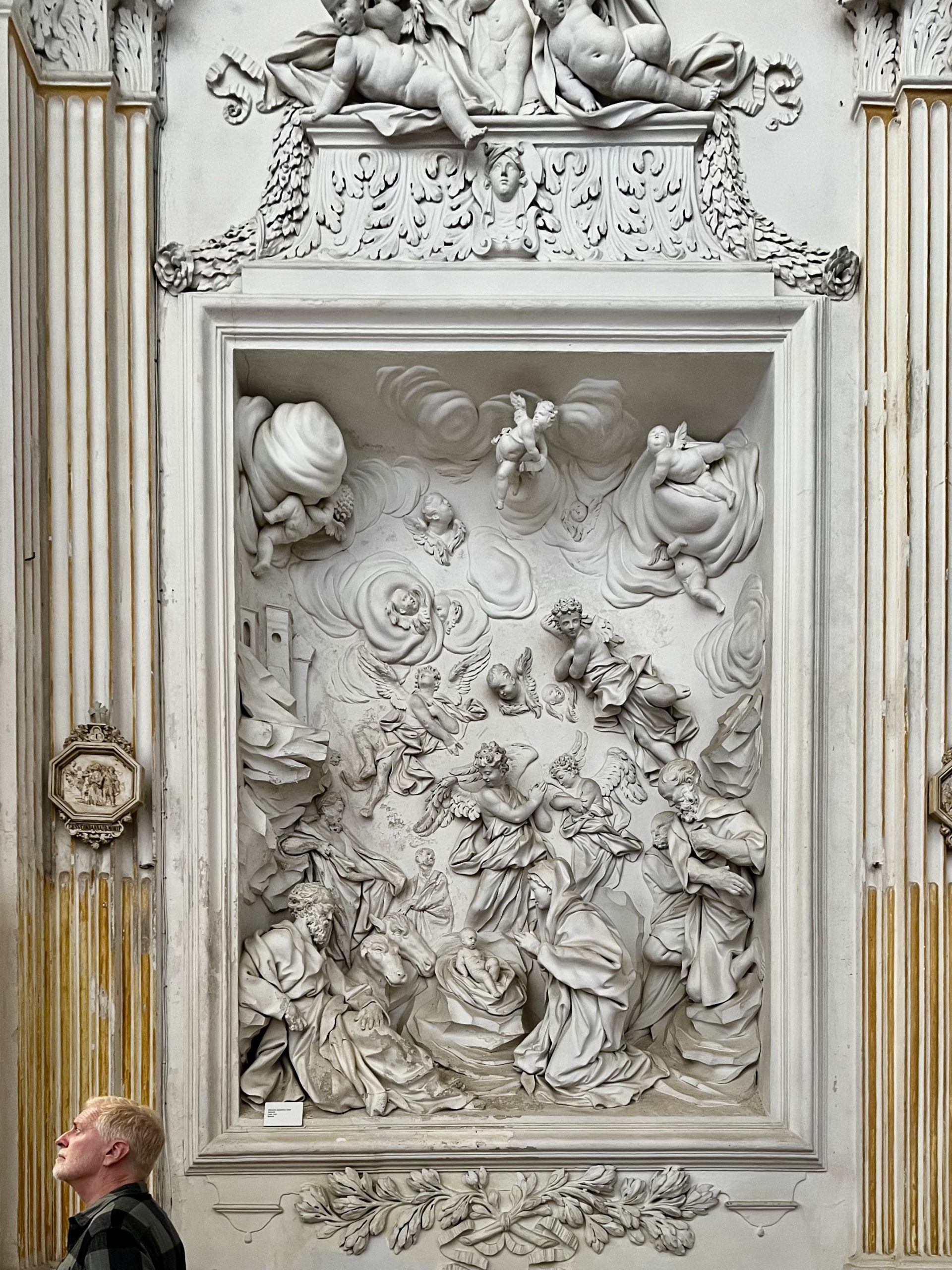

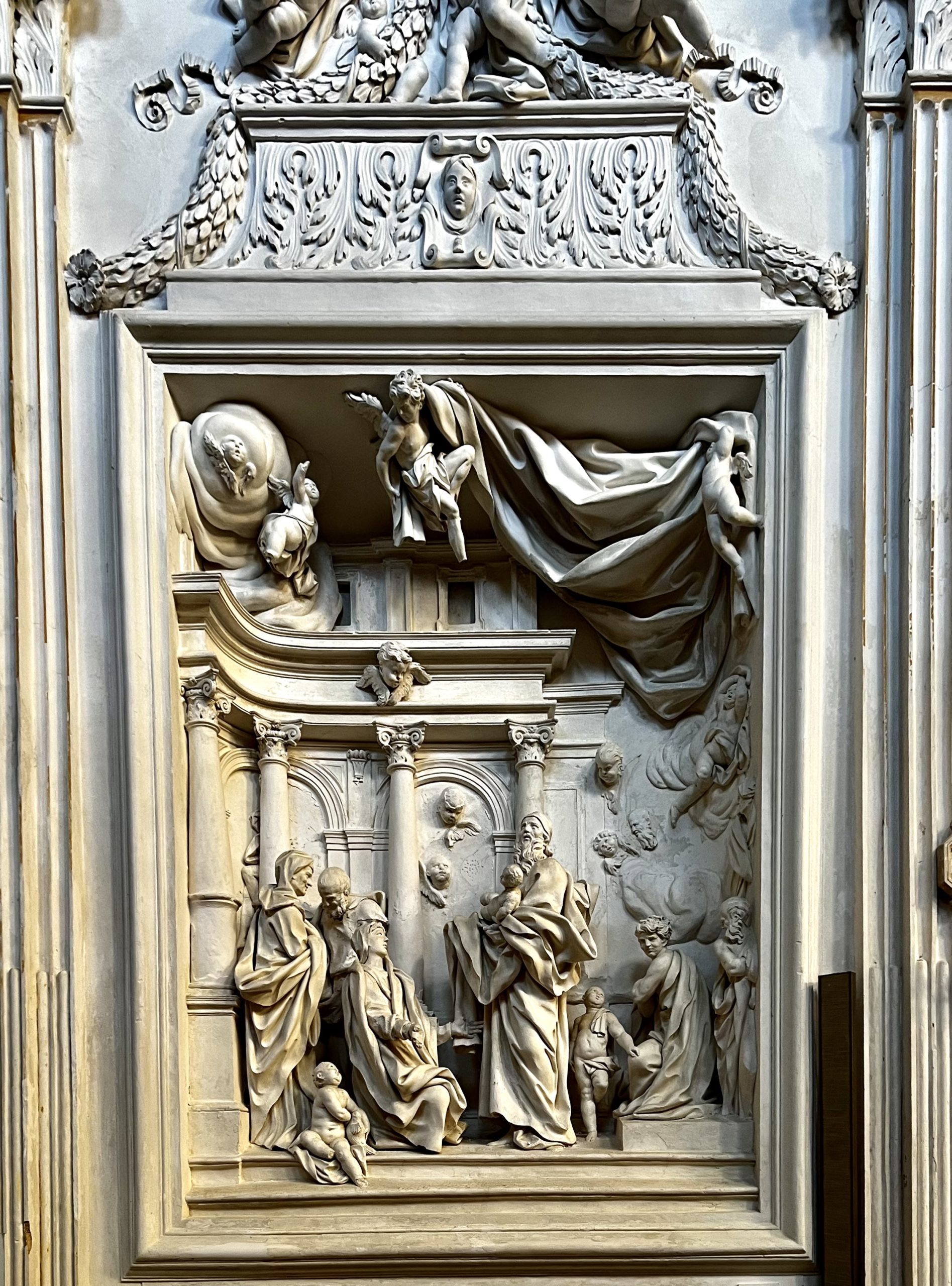


I Cibi e le Bibete
